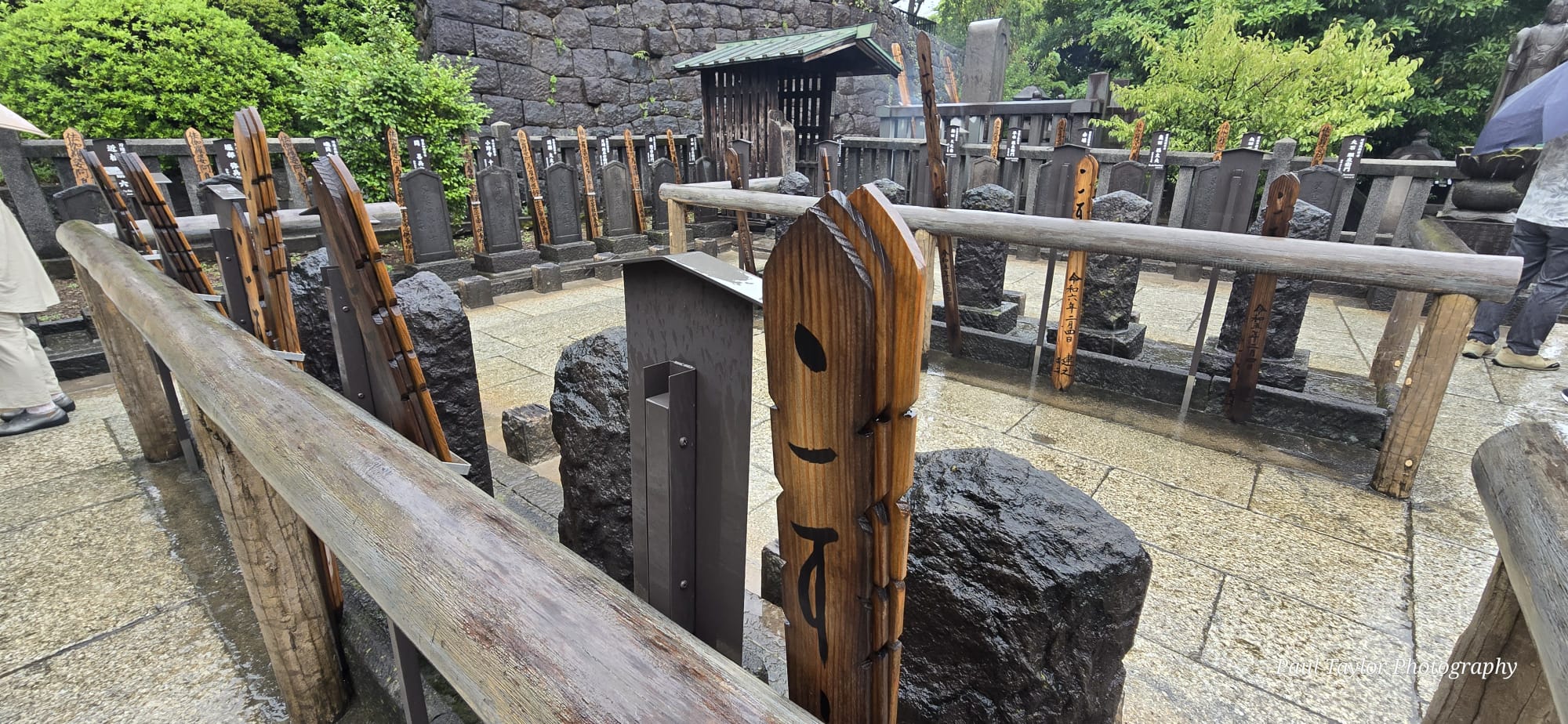26th July to 11th August 2025
Introducing the world of confusing toilets. Do they flush automatically or by hand, is it a button and if so which one or a handle on the cistern?
I felt like an old hand when I was able to help a stranger in the public toilets who was even more confused than me.
However it’s not just the toilets that are sophisticated. They have ice cream vending machines here and frozen dinner vending machines, as well as chilled drinks machines.
There is also an obsession with displays of plastic food. They don’t do a lot for me, looking very plasticity and not at all edible. However the restaurants must feel they work. I didn’t actually buy either of the packets pictured but I had to include a photo.
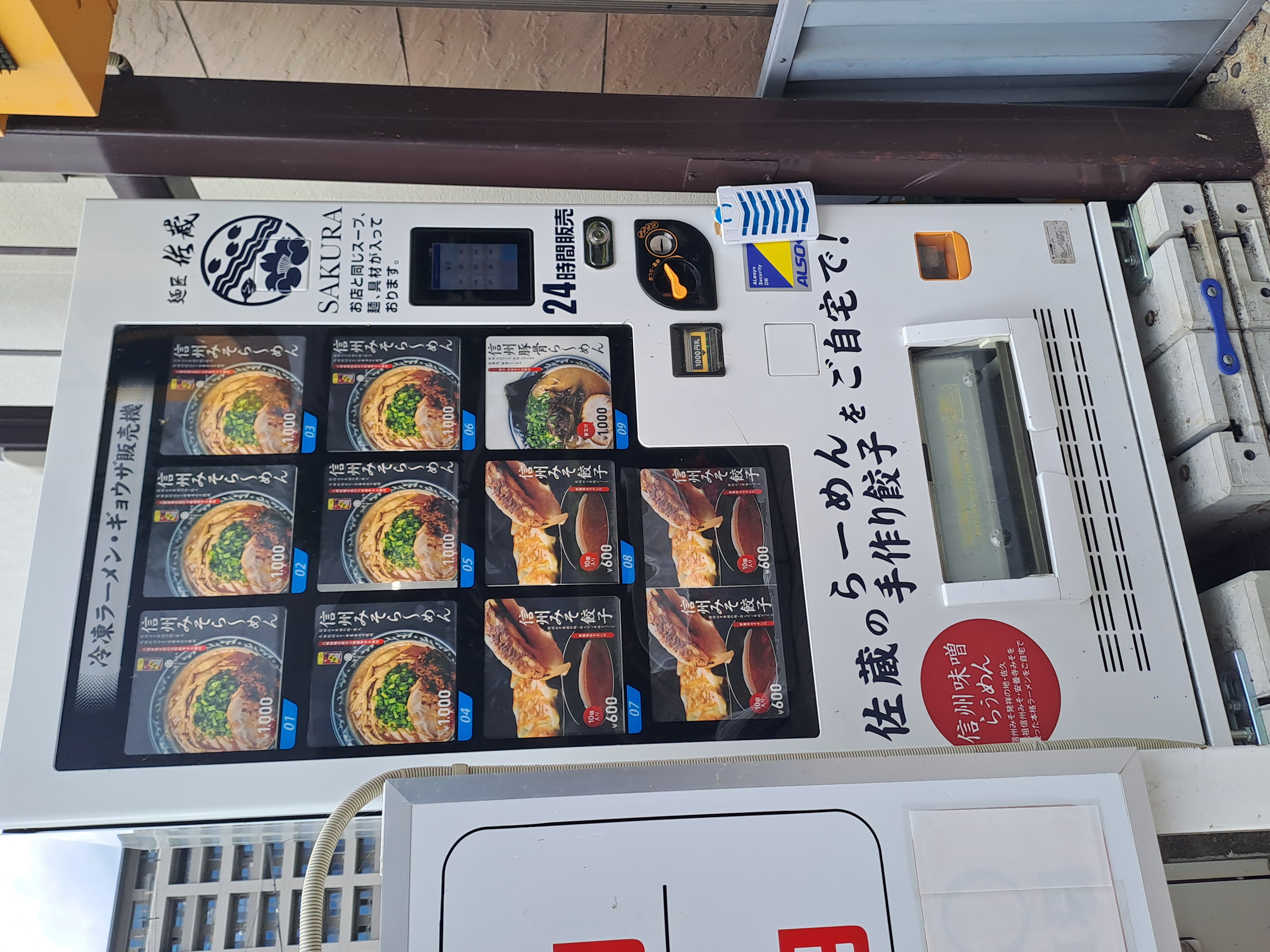
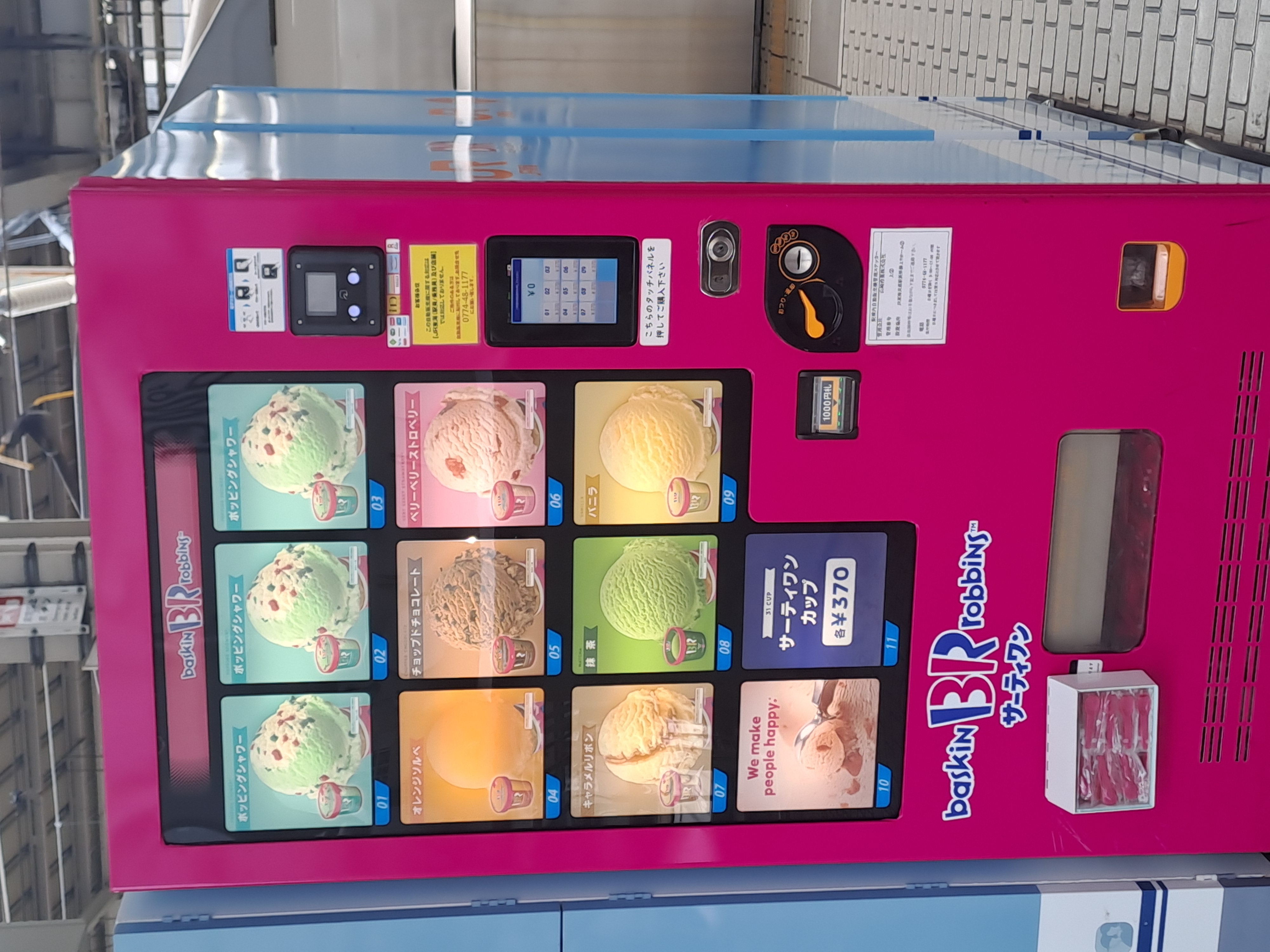



I also didn’t buy the sake and matcha flavoured kit kat as it was very expensive.
I got very excited in Hiroshima about seeing my first proper cheese in months. Not only that but brown seedy bread. We stayed in our room that evening and indulged ourselves. Ashley had white bread and ham though 🤣 When I posted this picture on our group chat I had immediatel requests for the location, we were so deprived and had been having cheese fantasys.
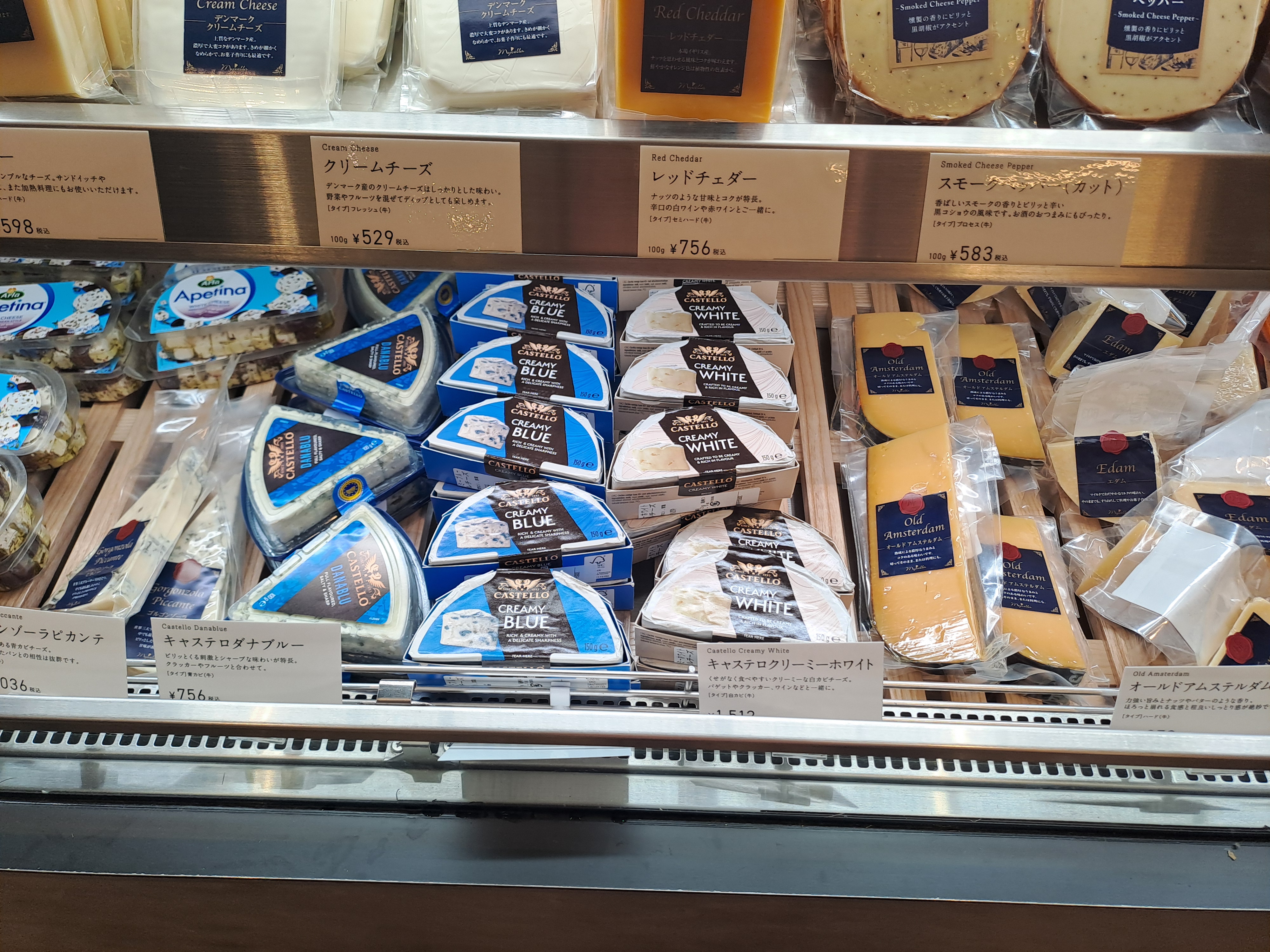
Below is the first bullet train went on in Japan. Also a local train one we were on, however we didn’t realise there was no driver!?


We are in the land of explicit toilet instructions and mainly western toilets.
We had many journeys through public transport systems and found extensive underground shopping areas in the subway system and several Pokemon centres.
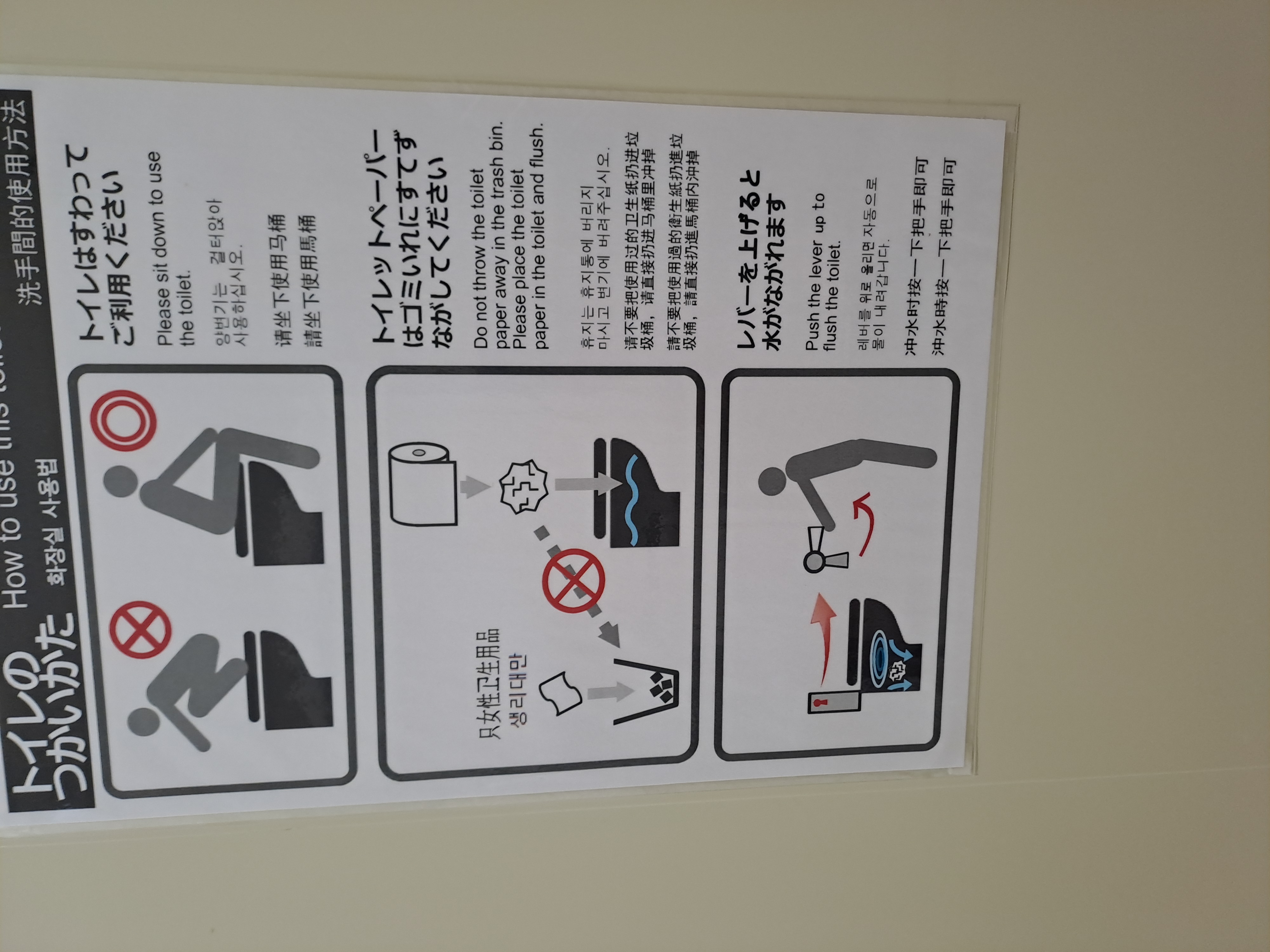


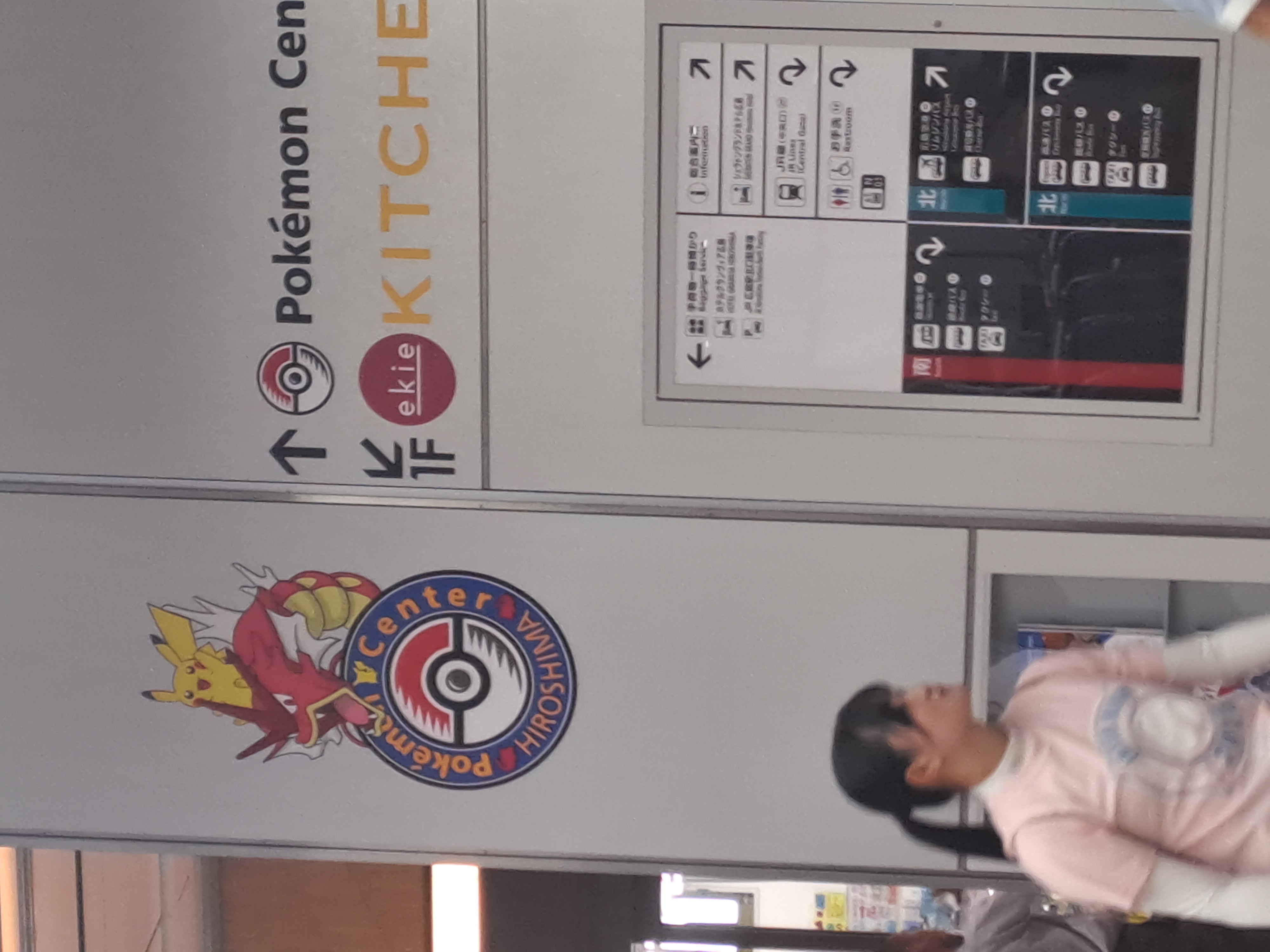
Our first hotel at Fukuoka, had a very happy hour – free drinks! We thought this was an excellent idea, and showed our appreciation with our custom.
We managed to find a bilingual church here and and a lovely morning service. Had a long chat to a lovely lady who came from Wiltshire but had lived in Japan for 30 years. To our surprise we discovered a church lunch in Japan was sandwiches. We hadn’t been quiet sure what to expect.
In the afternoon I went to visit some gardens and palace ruins.
The evening had us in an Irish bar for a group meal.
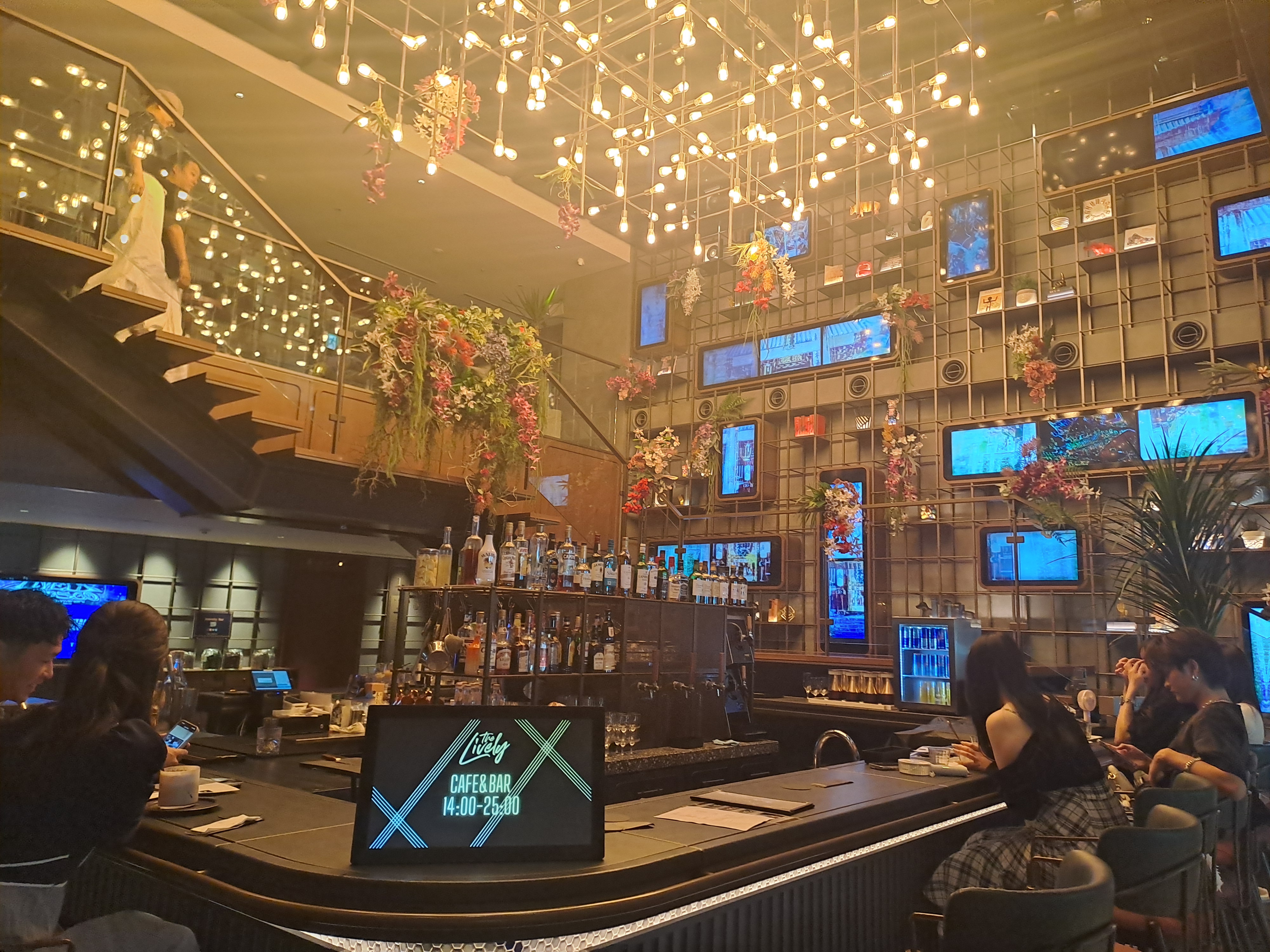
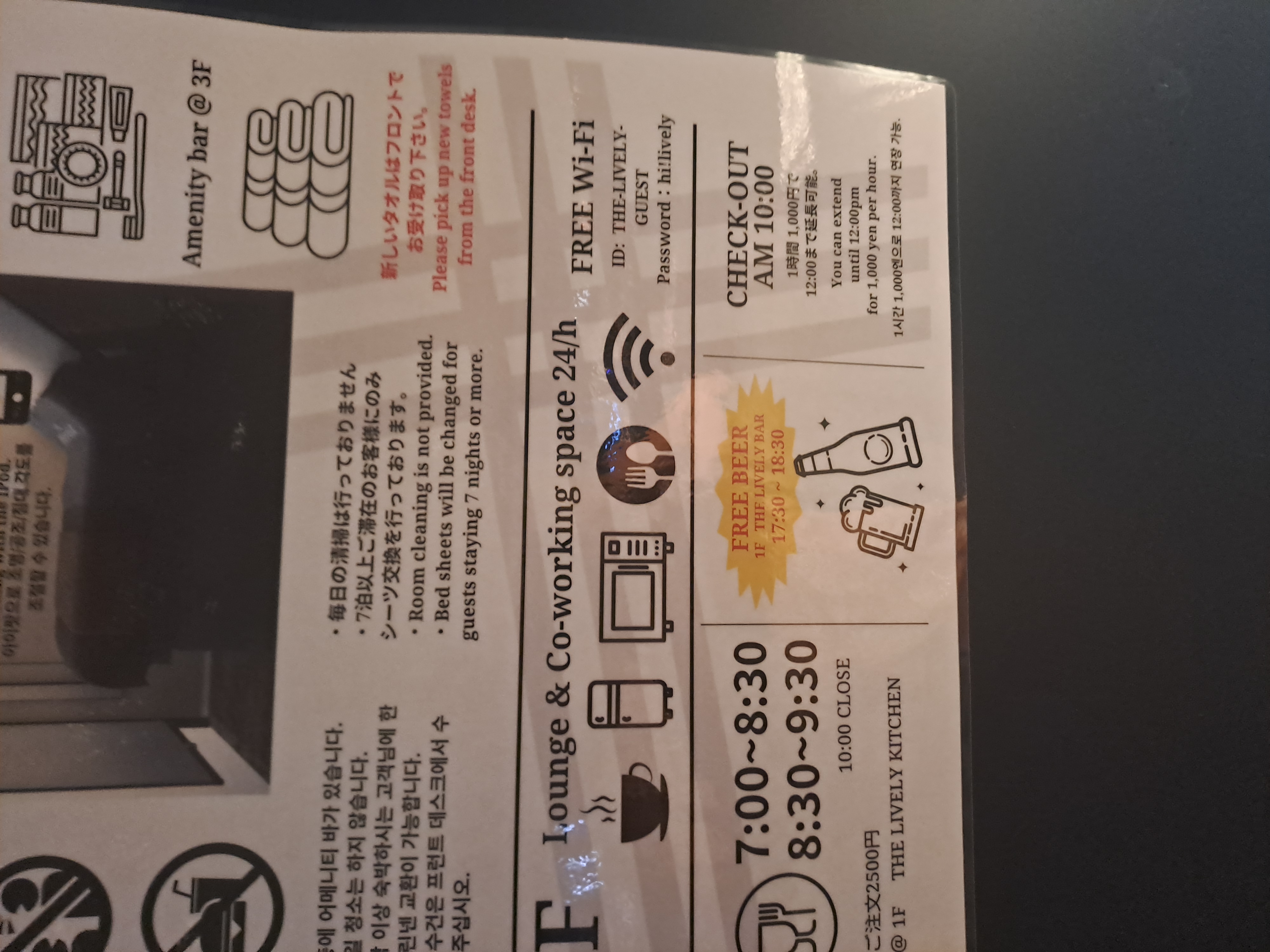



Our next stop was Hiroshima to see the peace park and exhibition. With a spare afternoon first, I took myself off to see Shukkeien Garden. This is a serene garden constructed in 1623. It belonged to the Lord of Hiroshima. Fast forward to 80 years ago and the garden being less than 2 kilometres from the epicentre of the atom bomb was destroyed. It was also used as an evacuation centre for wounded.Such a different picture from the peace and tranquility there today.


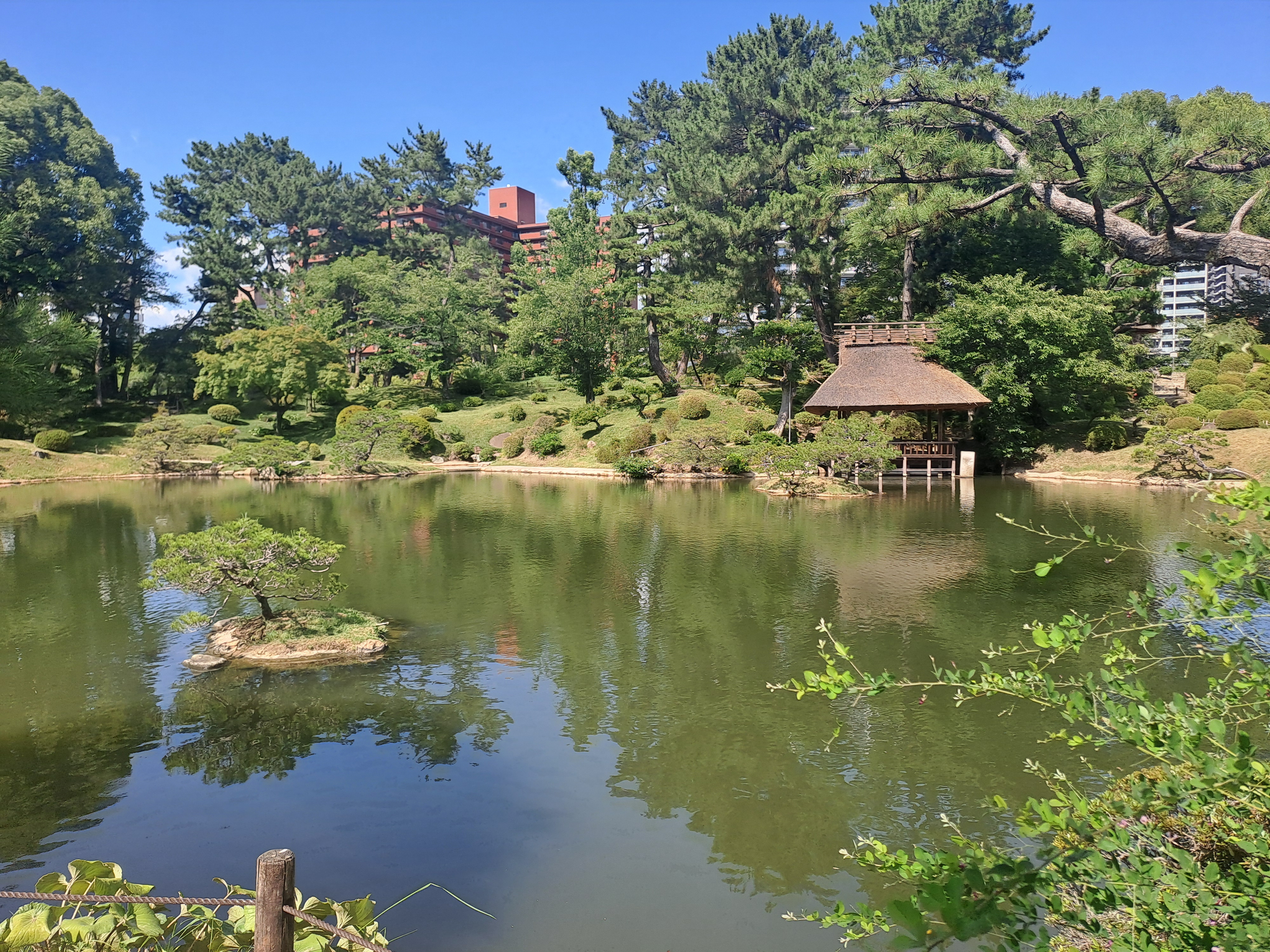




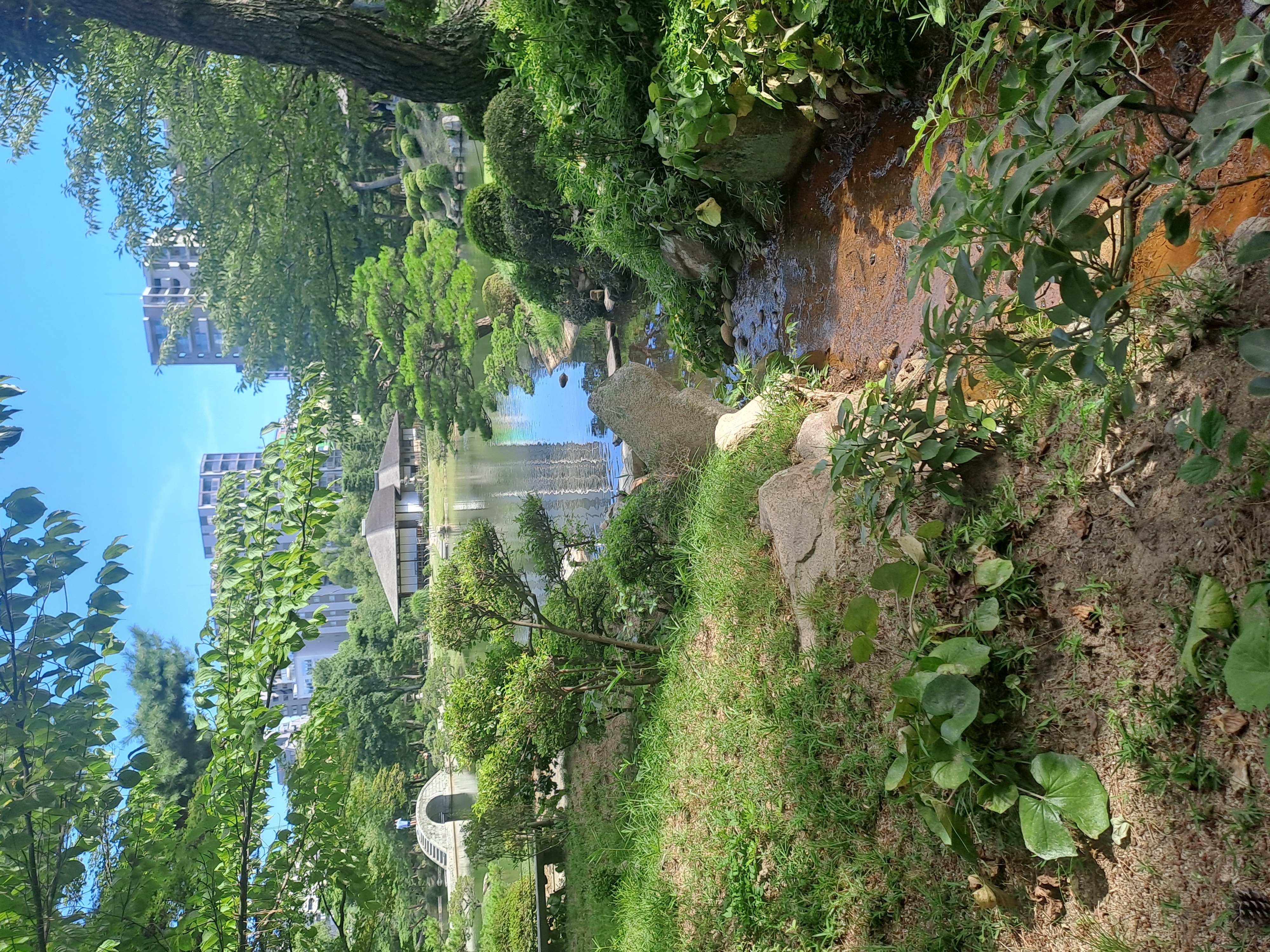

The next day we went to visit the peace park, there was an exhibition hall explaining the aftermath of the bomb. It gave us individual stories and showed pictures trying to explain the sheer size of the devastation and the lasting effects on people.
Also about the black rain that followed the bomb which picked up radioactive particles from the air and concentrated the effect. The long term effects for people were devastating.
It was incredibly moving. It then went on to explain all the moves since to try and limit nuclear weapons and reduce the world supply. The Japanese are determined that this should never happen again.
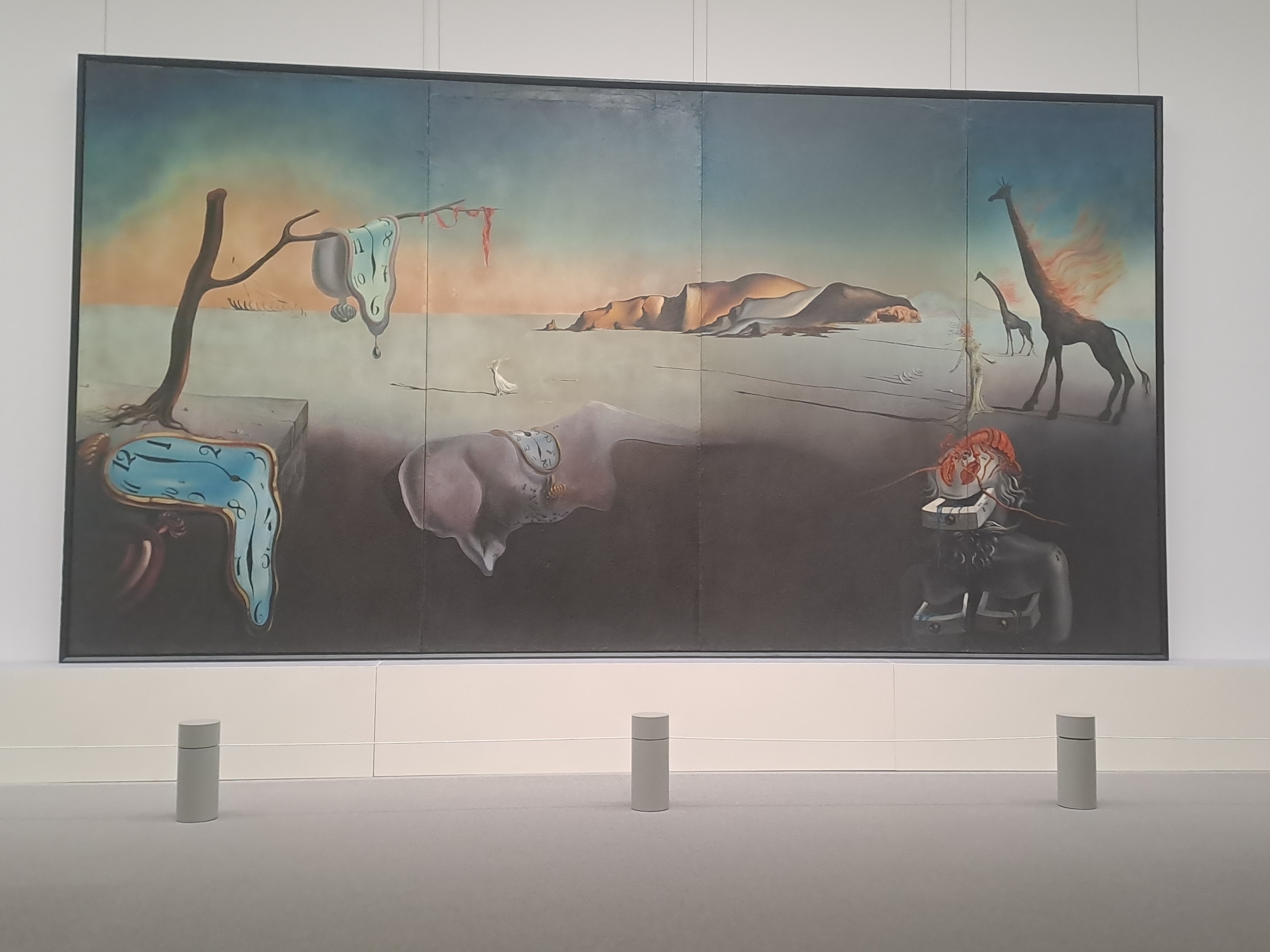
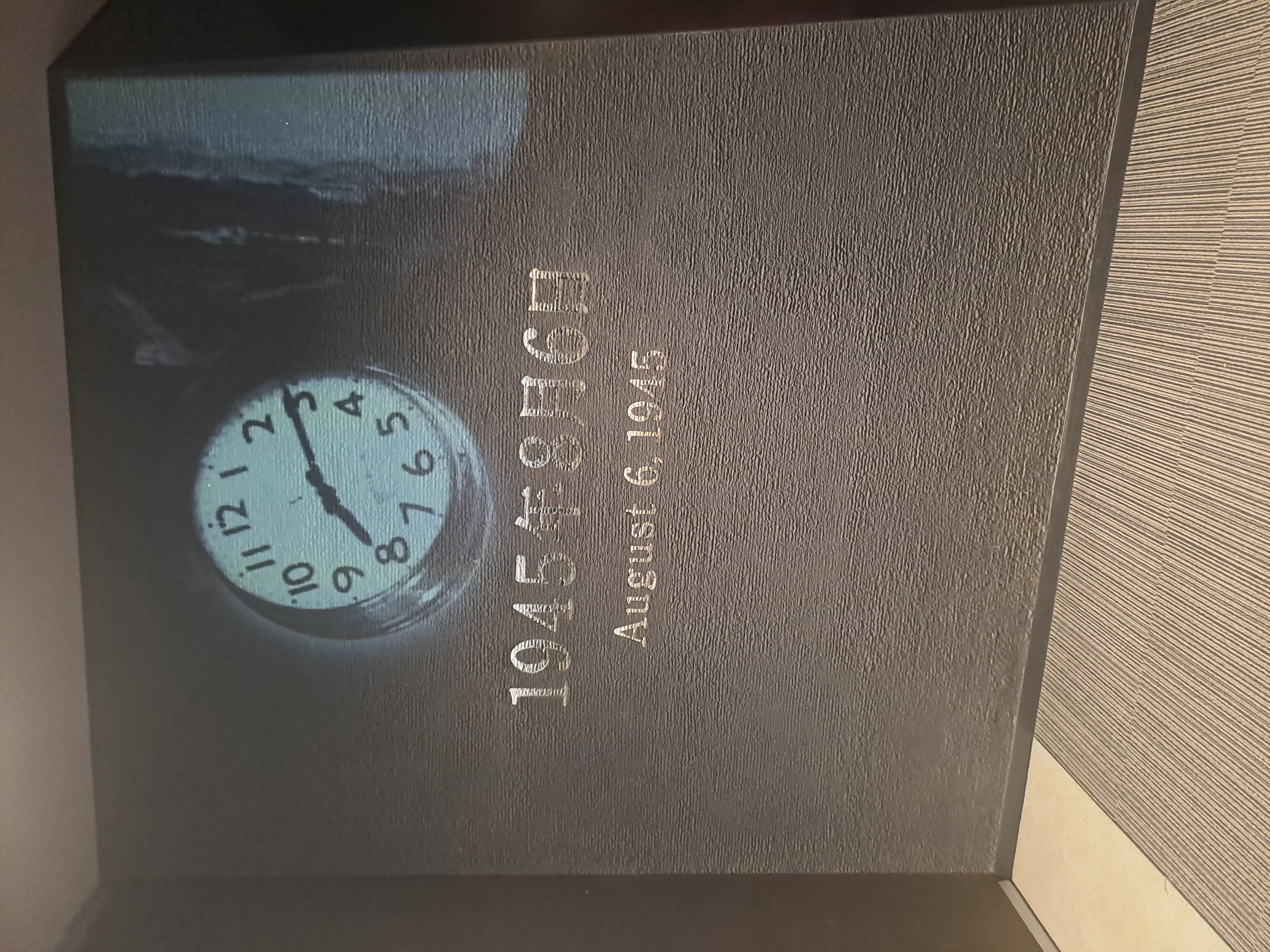
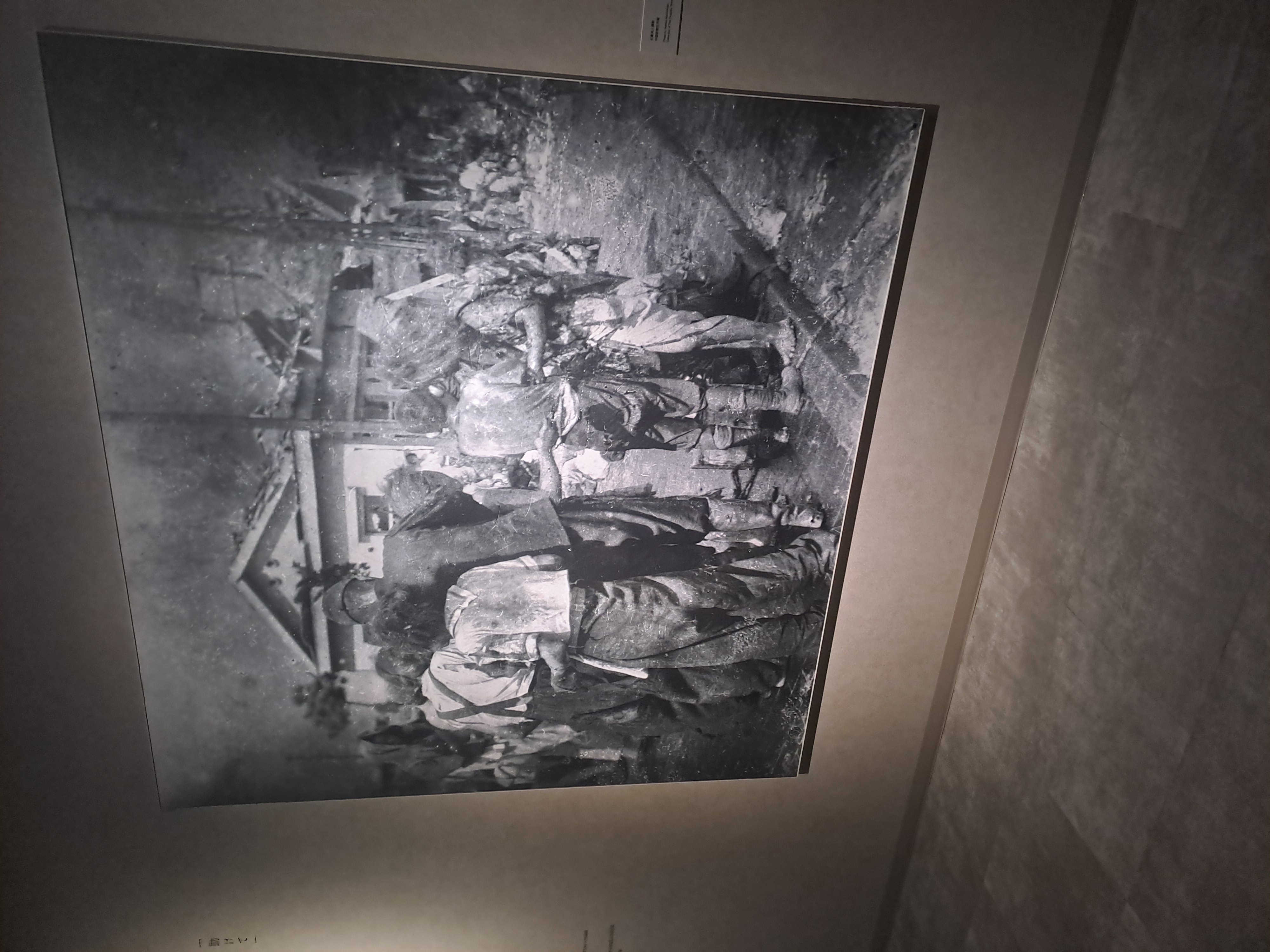
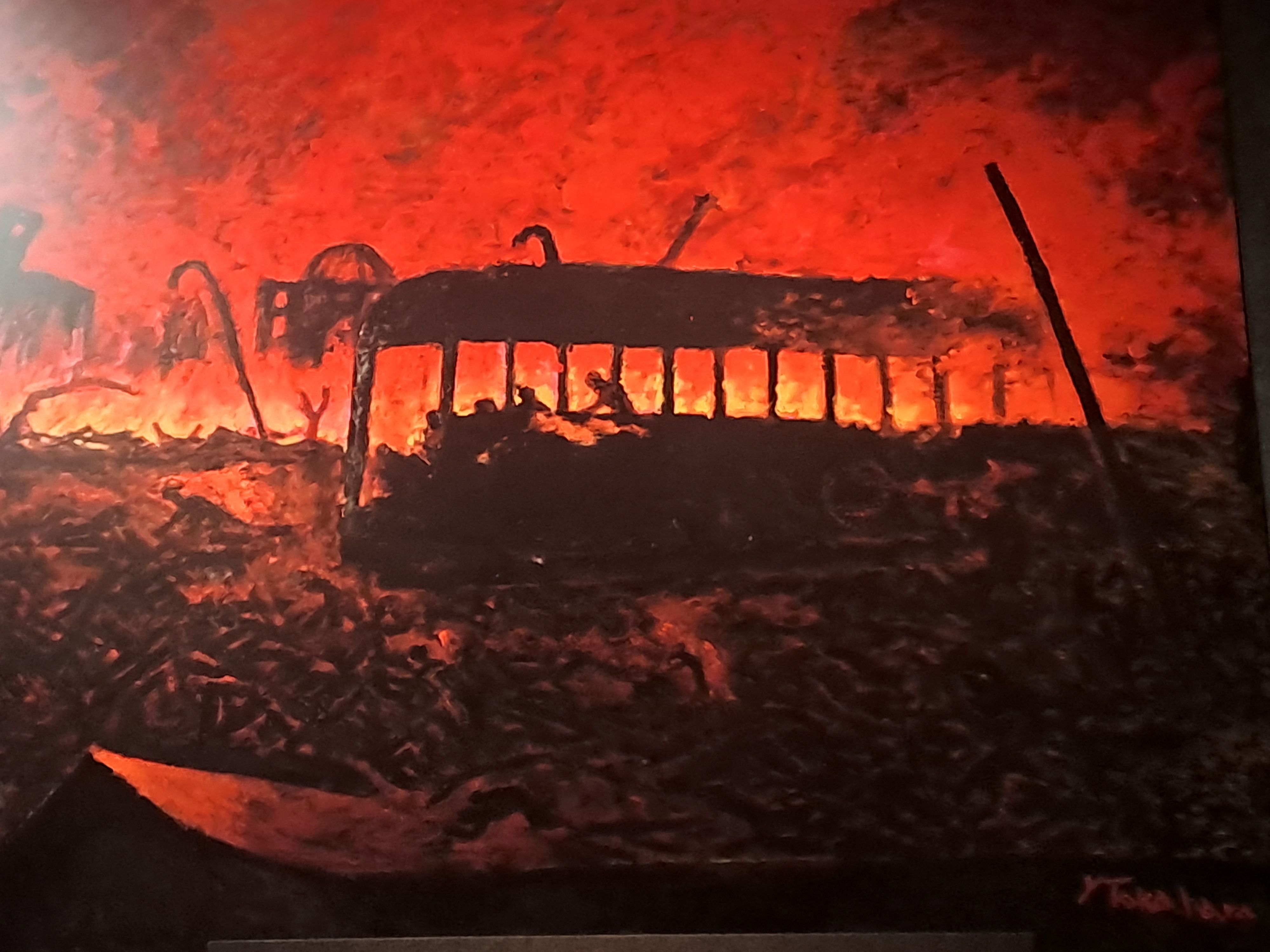
We then went on to explore the peace park. It was obvious that there was a lot of work going on, and we belatedly realised that the 6th August was the 80th anniversary of the bomb with a big remembrance ceremony due.
An origami crane has become one of the symbols of Hiroshima. It is said that folding one thousand paper cranes grants you one wish, a girl Sadako Sasaki set her self this goal using any piece of paper she could find. She had been blown out of a window by the bomb but appeared uninjured. However, she was caught in the black rain while escaping the area and several years later became ill from the after effects of the radiation. She heard about the cranes whilst in hospital. Her family said that she met her goal before she died from her illness.
The dome below was the one building surviving in a flattened landscape. It has been preserved today as a reminder.
The statue is the children’s peace monument.
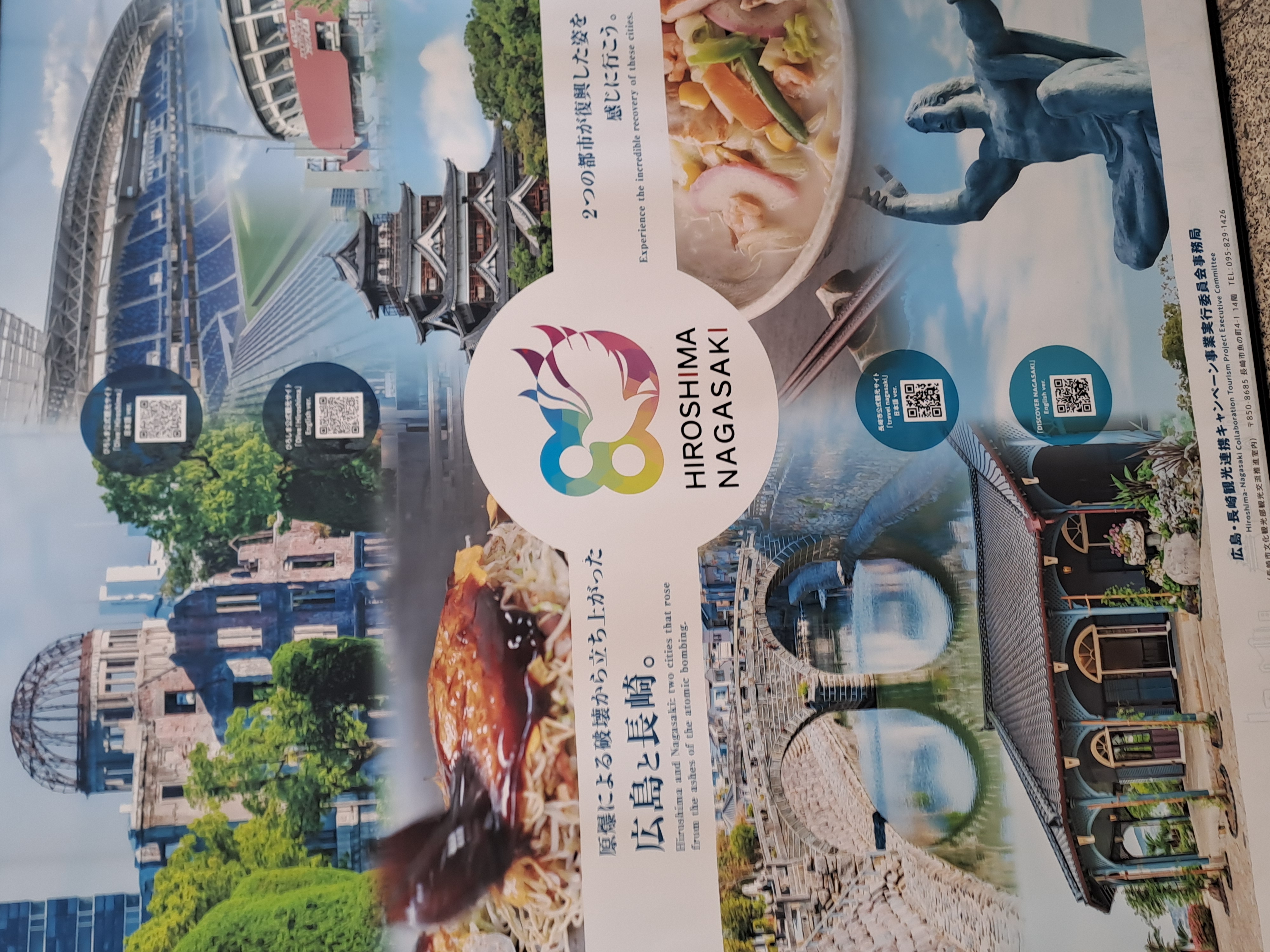
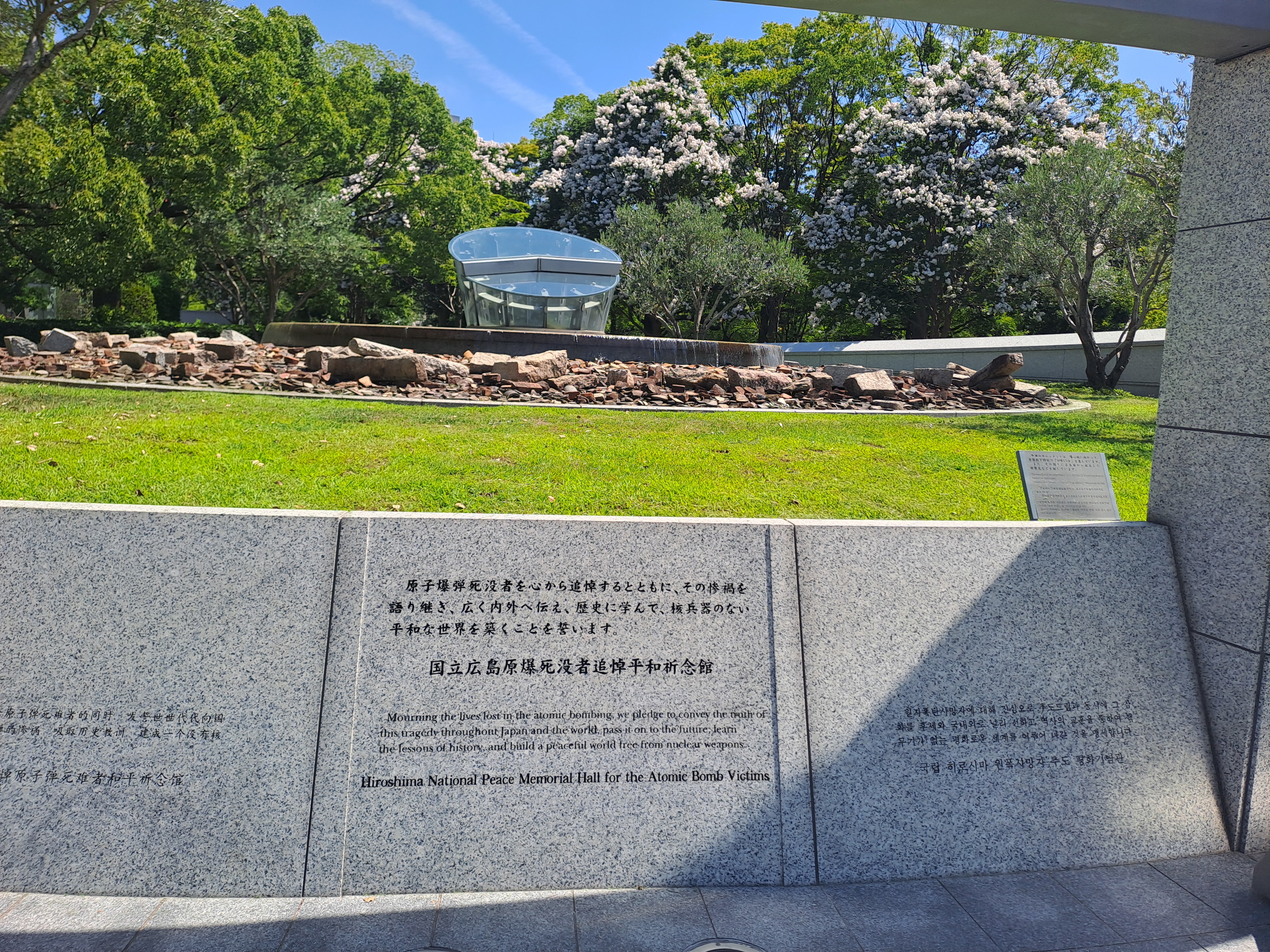
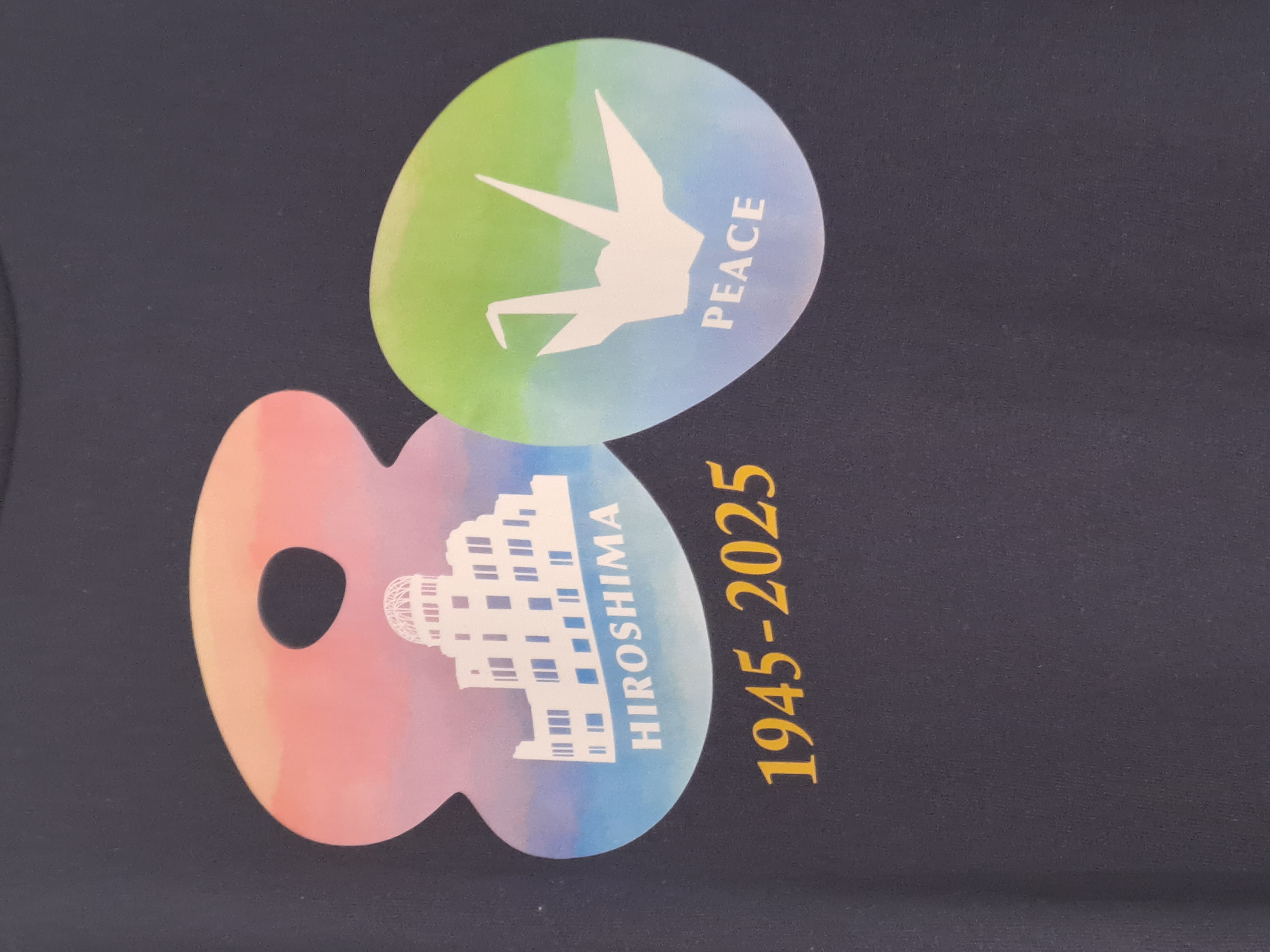
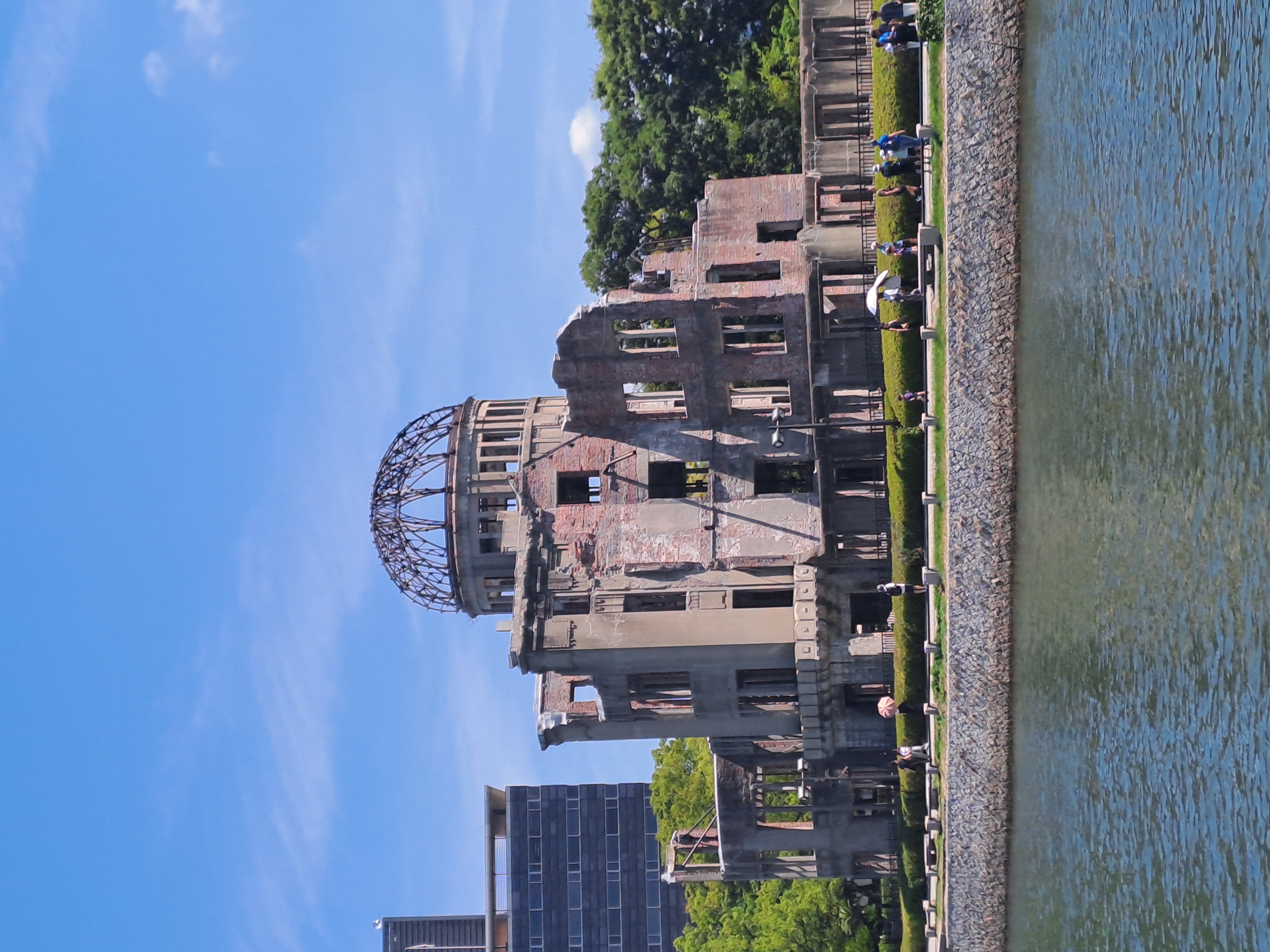
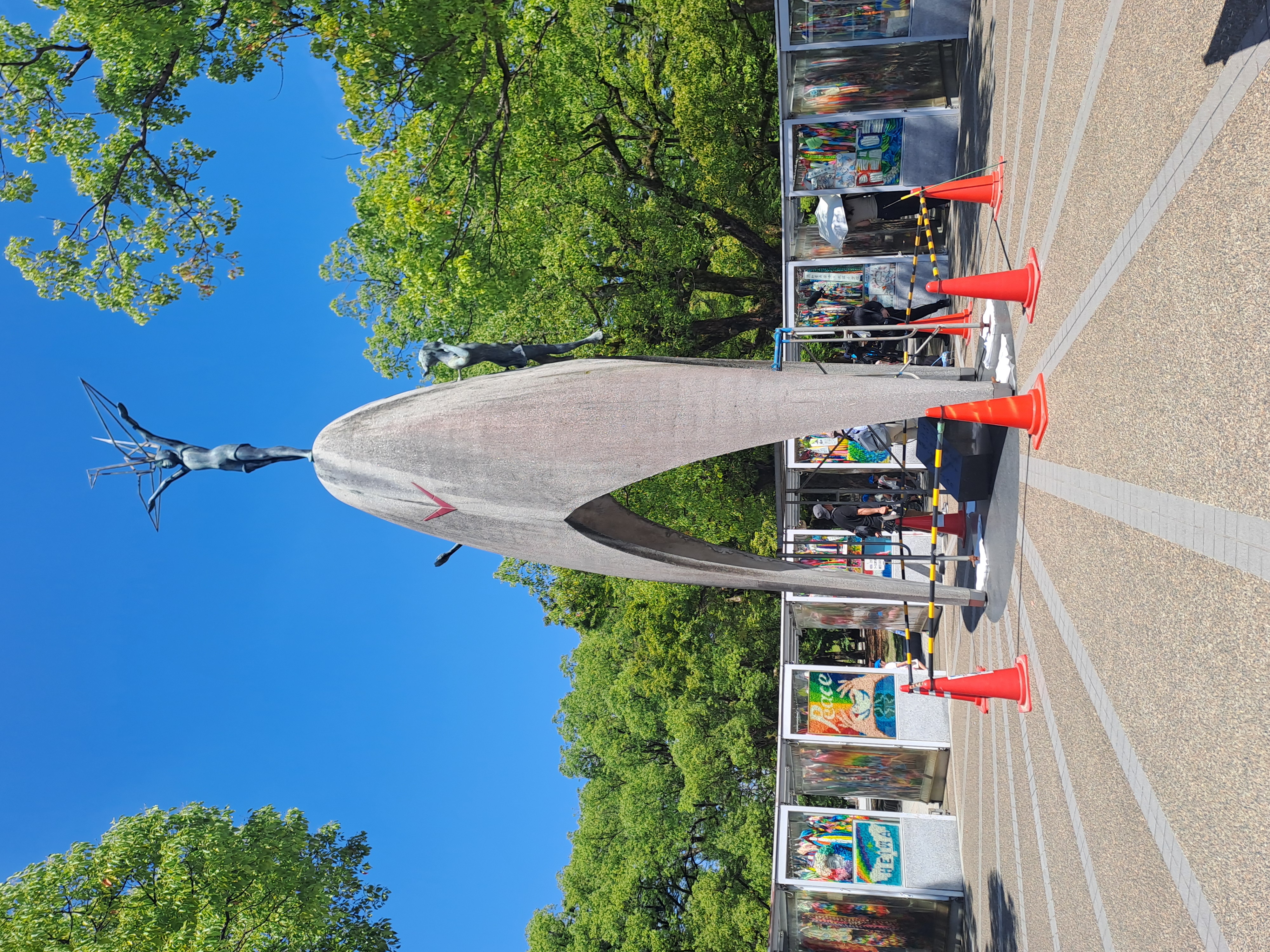
On our way back we found the plaque commemorating the epicentre of the bomb alongside the area today
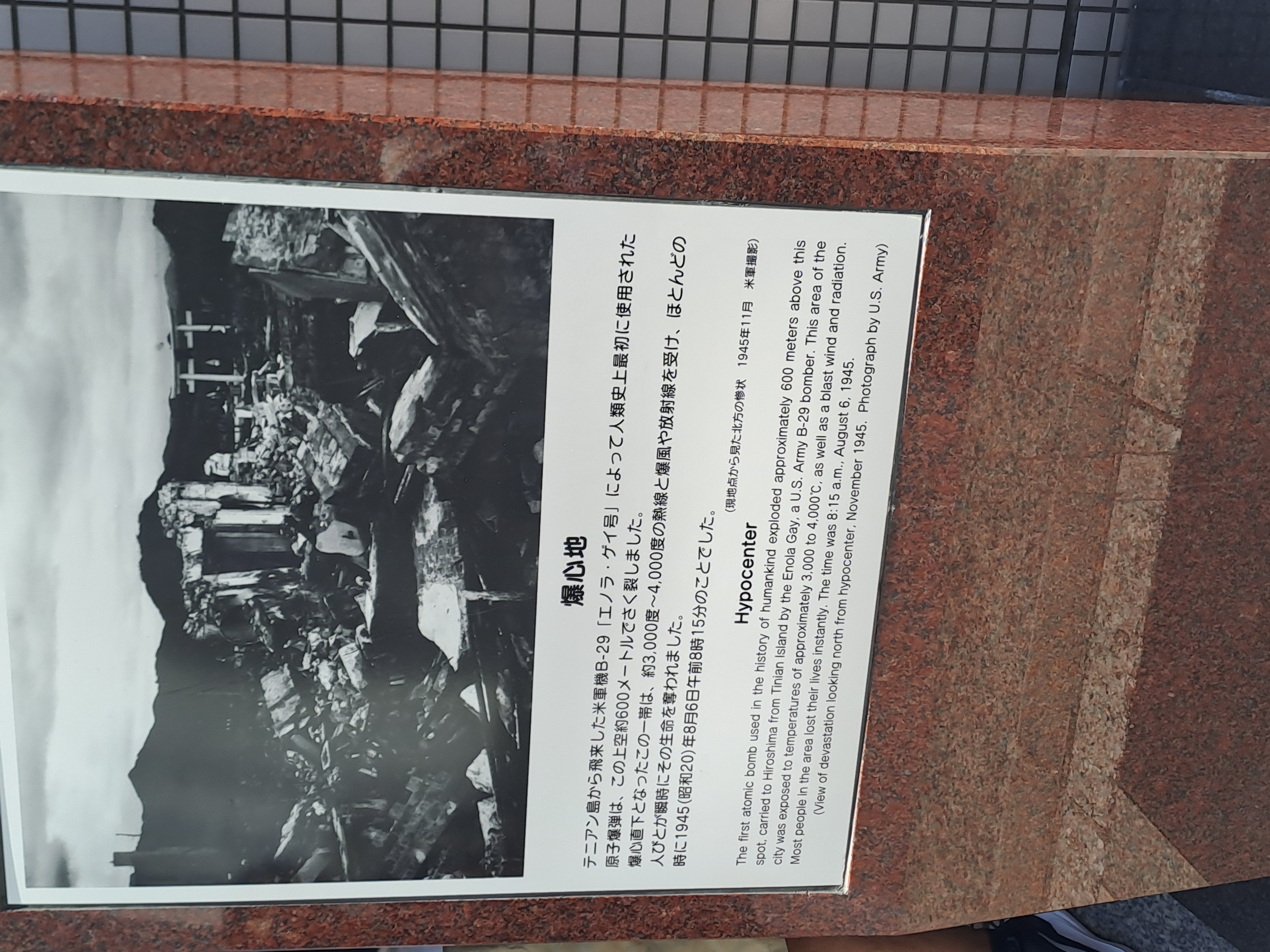

Our next stop was Osaka, from where we went to see the old capital of Japan, Nara. Now the home of shrines and deer.
The deer are very used to being fed by tourists and very eager to get at the biscuits bought for them. It was quite entertaining watching them chase the would be feeders.
We visited the shrines, but we’re disappointed not to find any real traces of the old city.
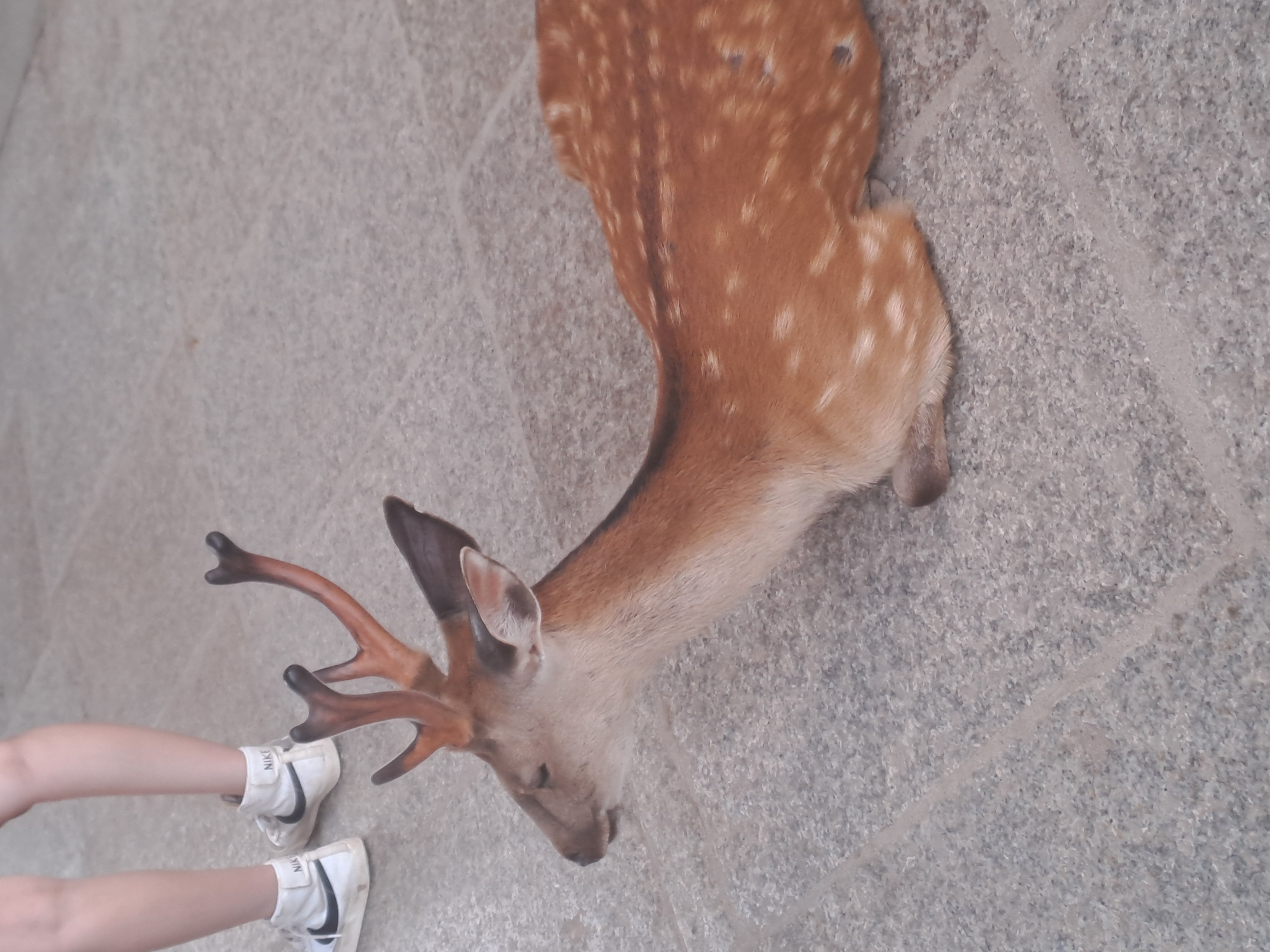
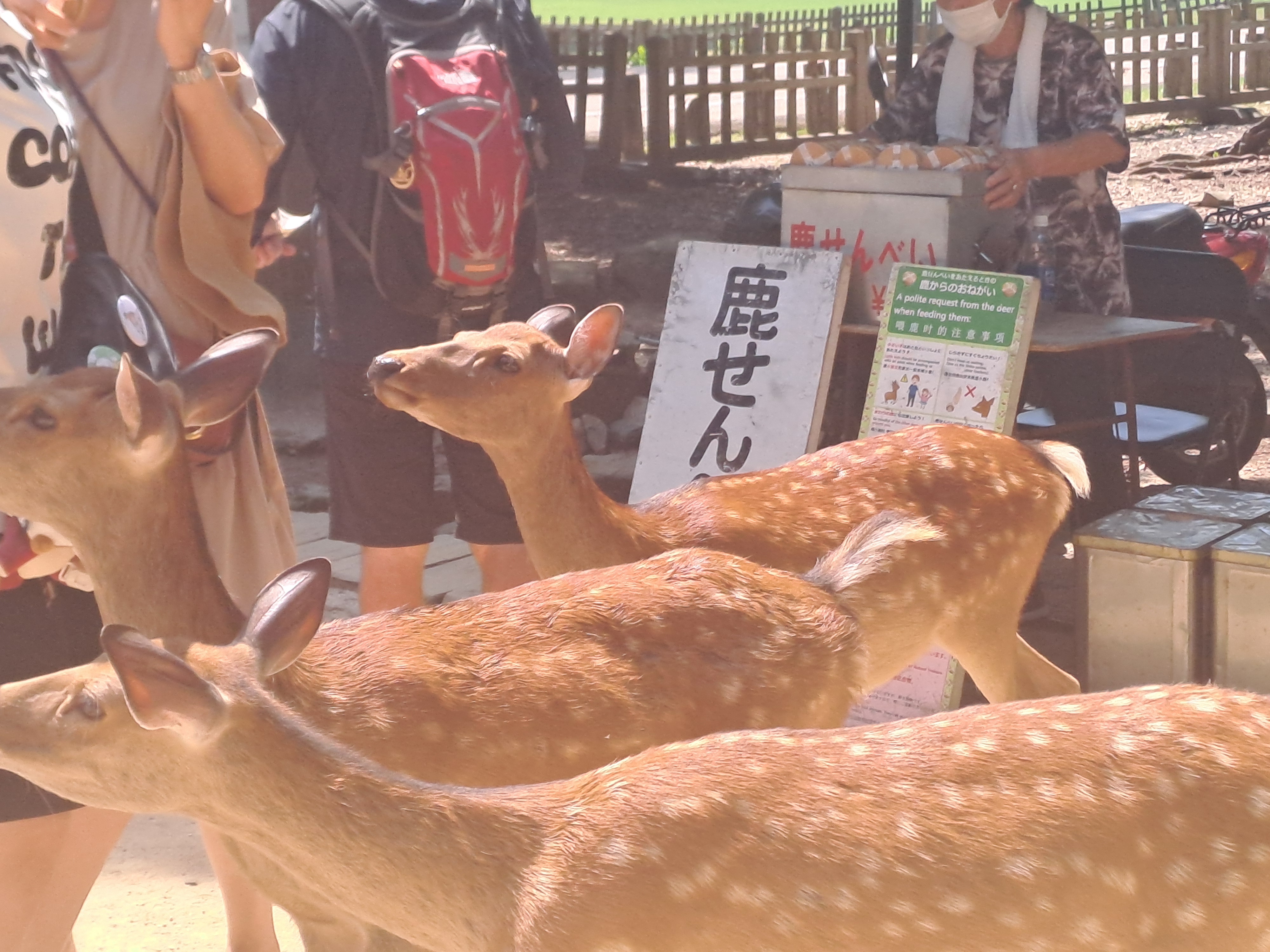

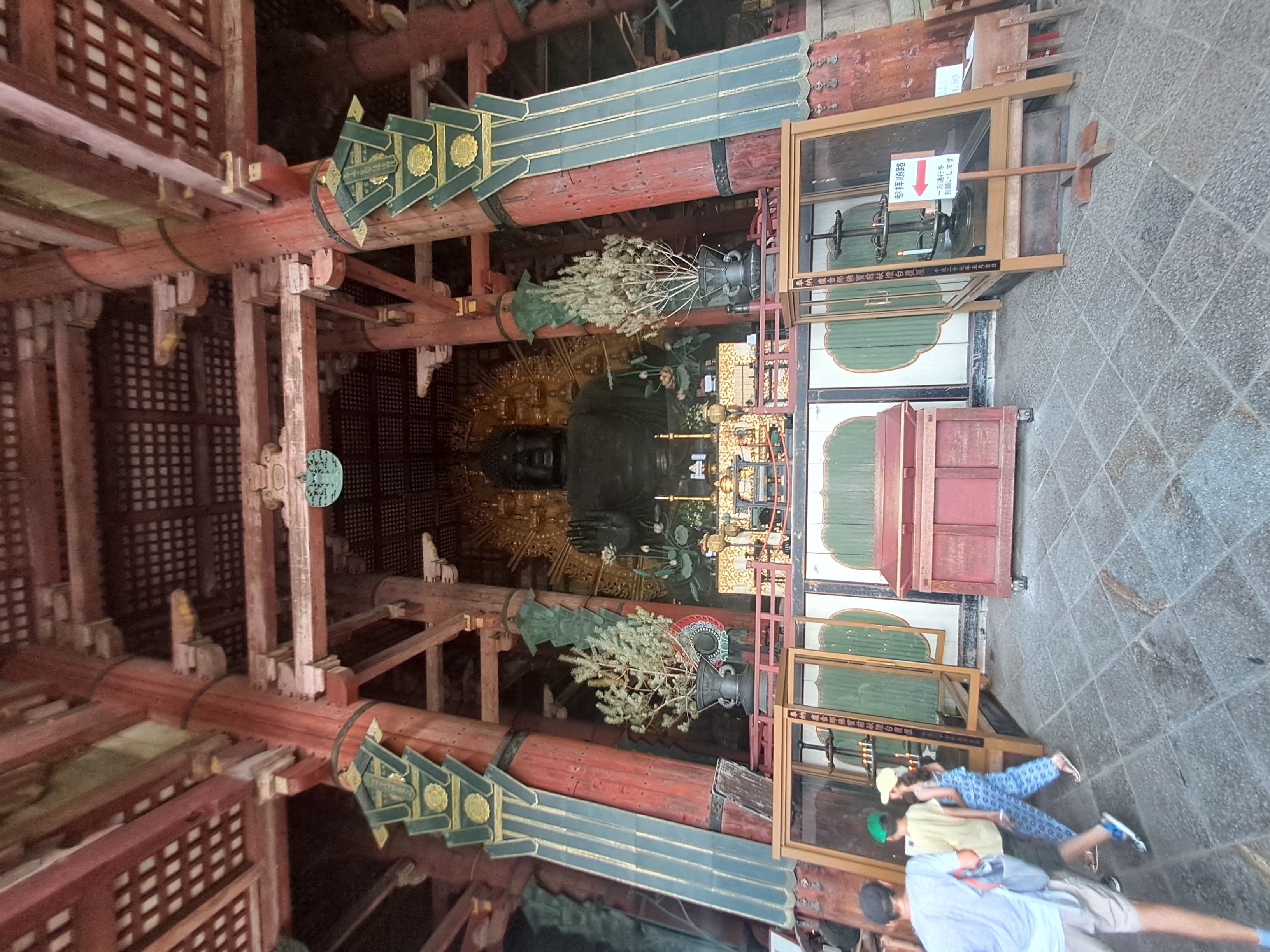
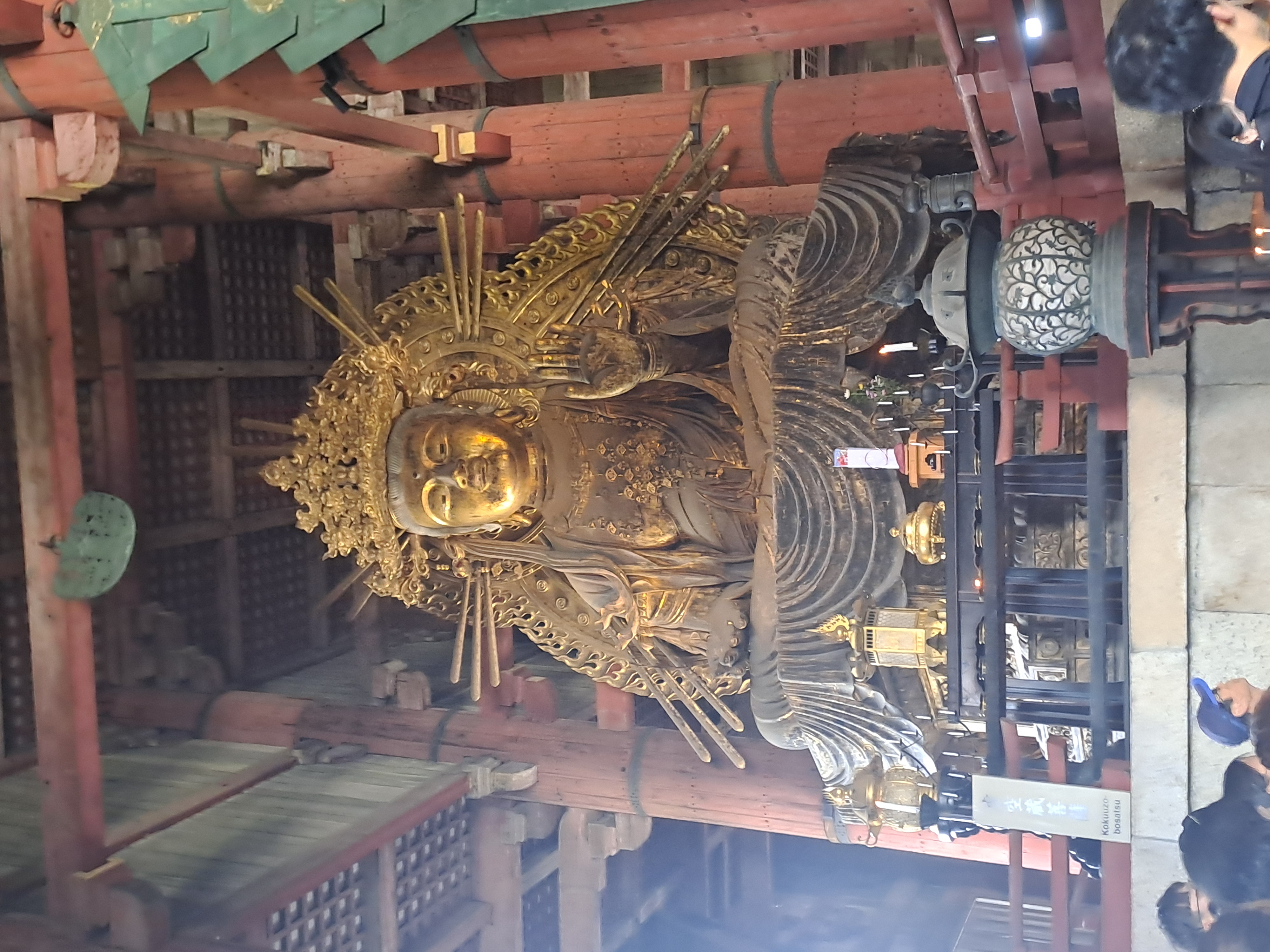

I went out to see a Bunrako show in the evening. At the Bunrako National Theatre. This is a particular puppet art. Very historic and formalised over several centuries. This theatre first became popular in the 1600s.
Each puppet needs three puppeteer to work it. The main one controls the head and right arm, then there is one for the left arm and one for the feet.
Jemima and I were lucky enough to be able to hold a puppet each and attempt to work them.
The plays have a narrator and a Shamisen player who kneels on a side stage. This can be rotated to swap a new pair in part way through.
No photography was allowed apart from a special session at the start where they explained everything.
We couldn’t work out if the play was funny or serious. It had English subtitles but this was more an explanation than the actual words. It was a very bloodthirsty piece about a magic sword which once drawn kept killing people. The hero was innocent as it was the swords fault not his.
It ended with the line “What are a few murders in a tea house?” To me the whole plot was so ludicrous it was funny, I wasn’t too sure about laughing though as I couldn’t hear many other people laughing.
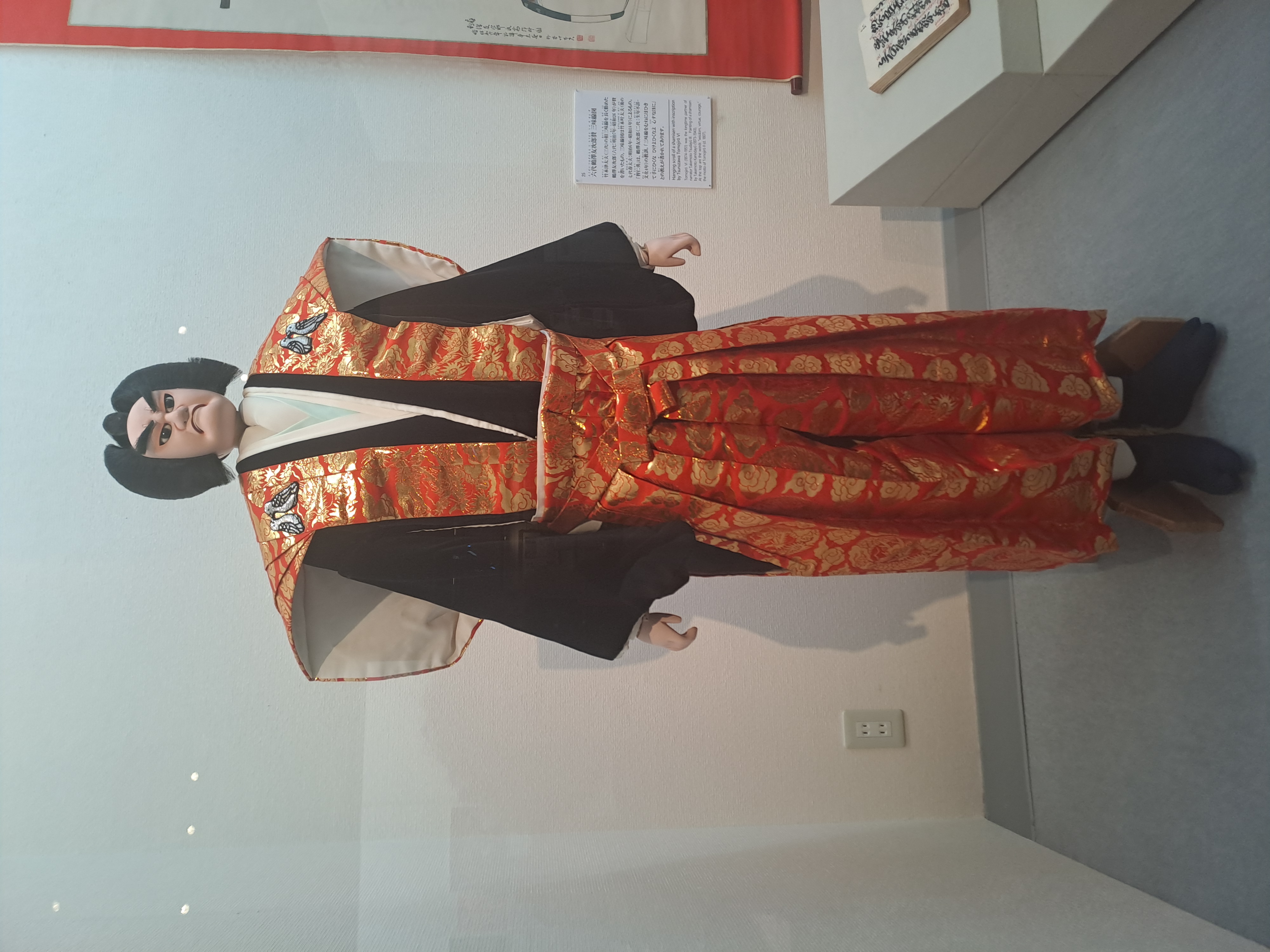
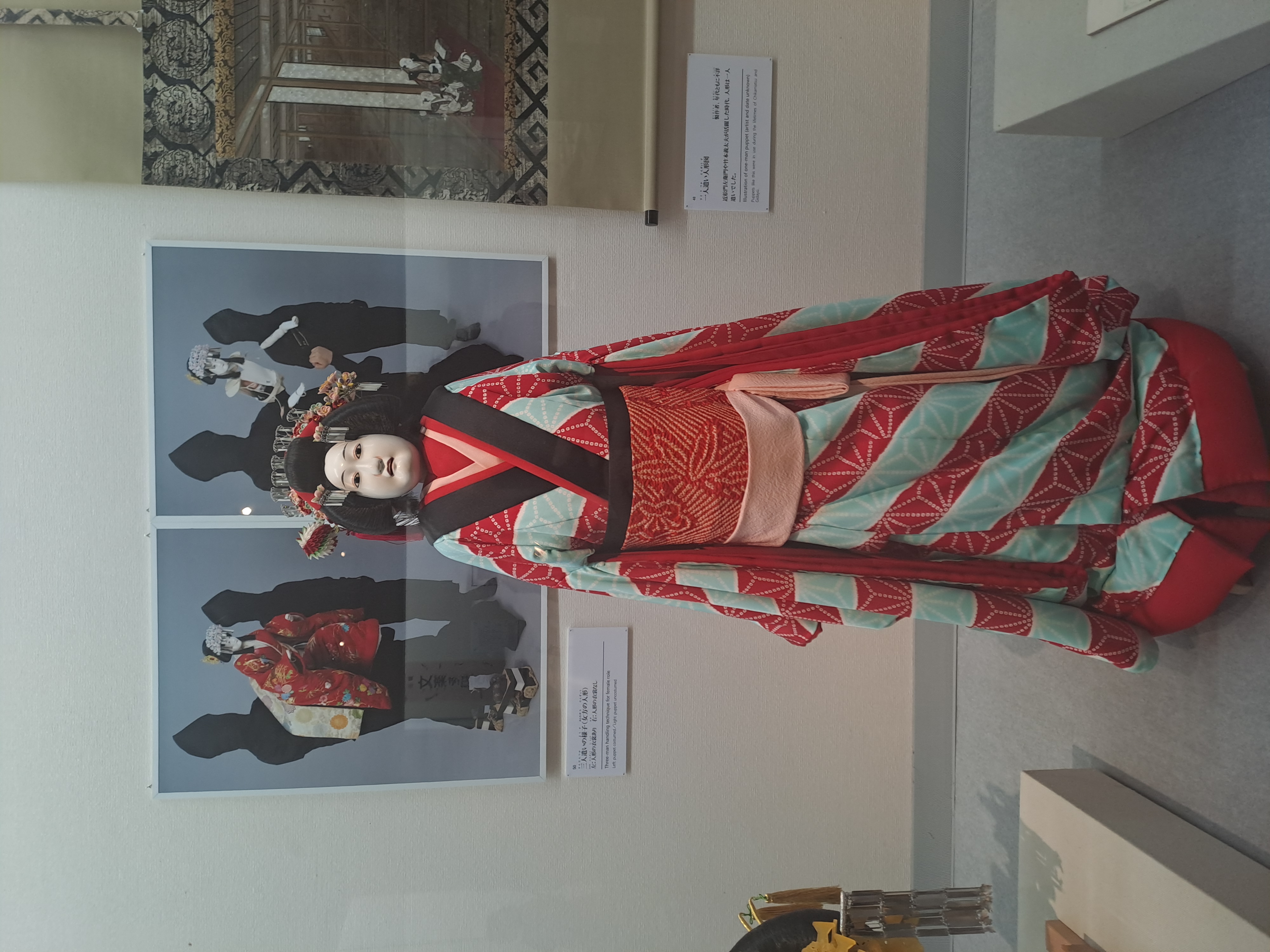
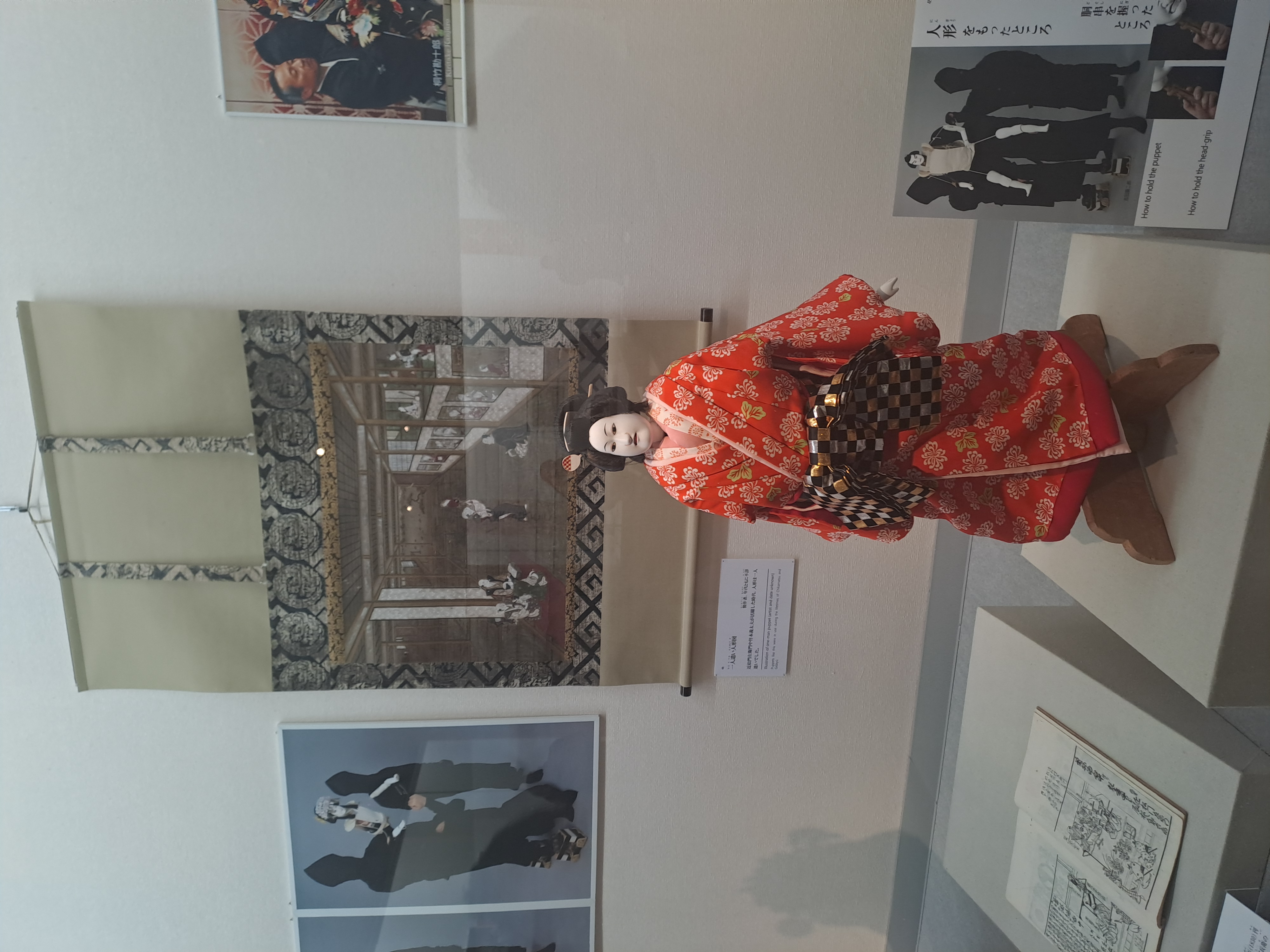


We next went to Kyoto home of the geisha, and also another hotel with a happy hour although not free. I went to a wood block print shop with a fellow traveller. There I found prints with white patches over parts of the pictures. Once I realised why I realised it was a Japanese Karma Sutra, not what I was expecting.
In the evening we had a guided tour of the Geisha district, mainly 2 storey houses used as tearooms.
The art of being a Geisha is a dying art. Where there used to be around 80 to 90 thousand, there are now around 700 in Kyoto with a few more in Tokyo.
It is a profession that demands a high standard of education before starting as a maiko or trainee for a period of many years, learning: playing instruments, conversation, tea ceremony, flower arranging, dancing,

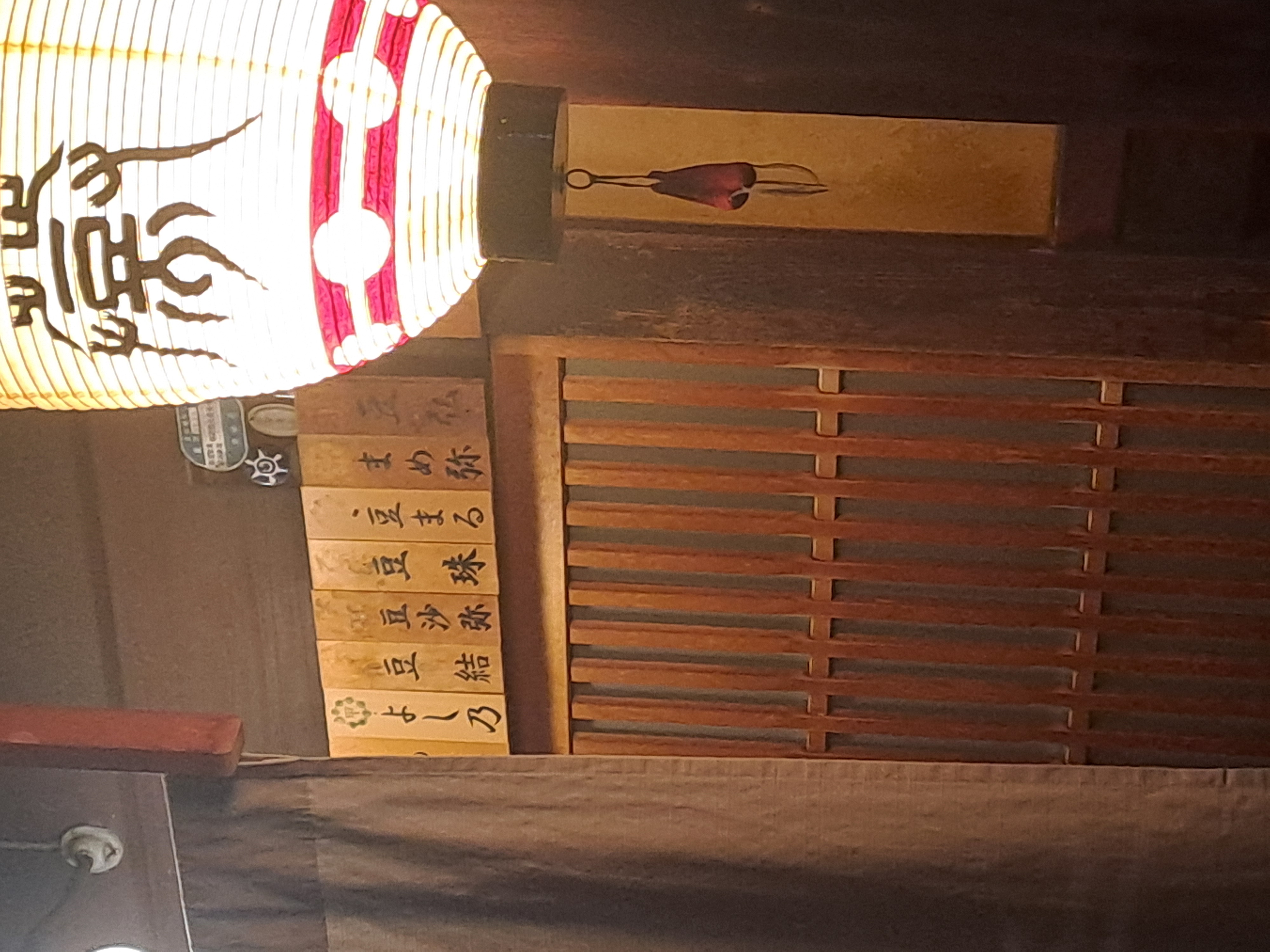


We were told that an older Geisha can earn much more than a younger one because of her skills which are more important than her looks.
We saw a couple of Geisha going about their business, and it was explained that tourists can be very intrusive, so respect their privacy. Some streets are designated private to stop people following them home.
Afterwards we were taken to a local shrine which is part of an annual ceremony for Geisha. This shrine is from the Shinto religion, a religion peculiar to Japan.
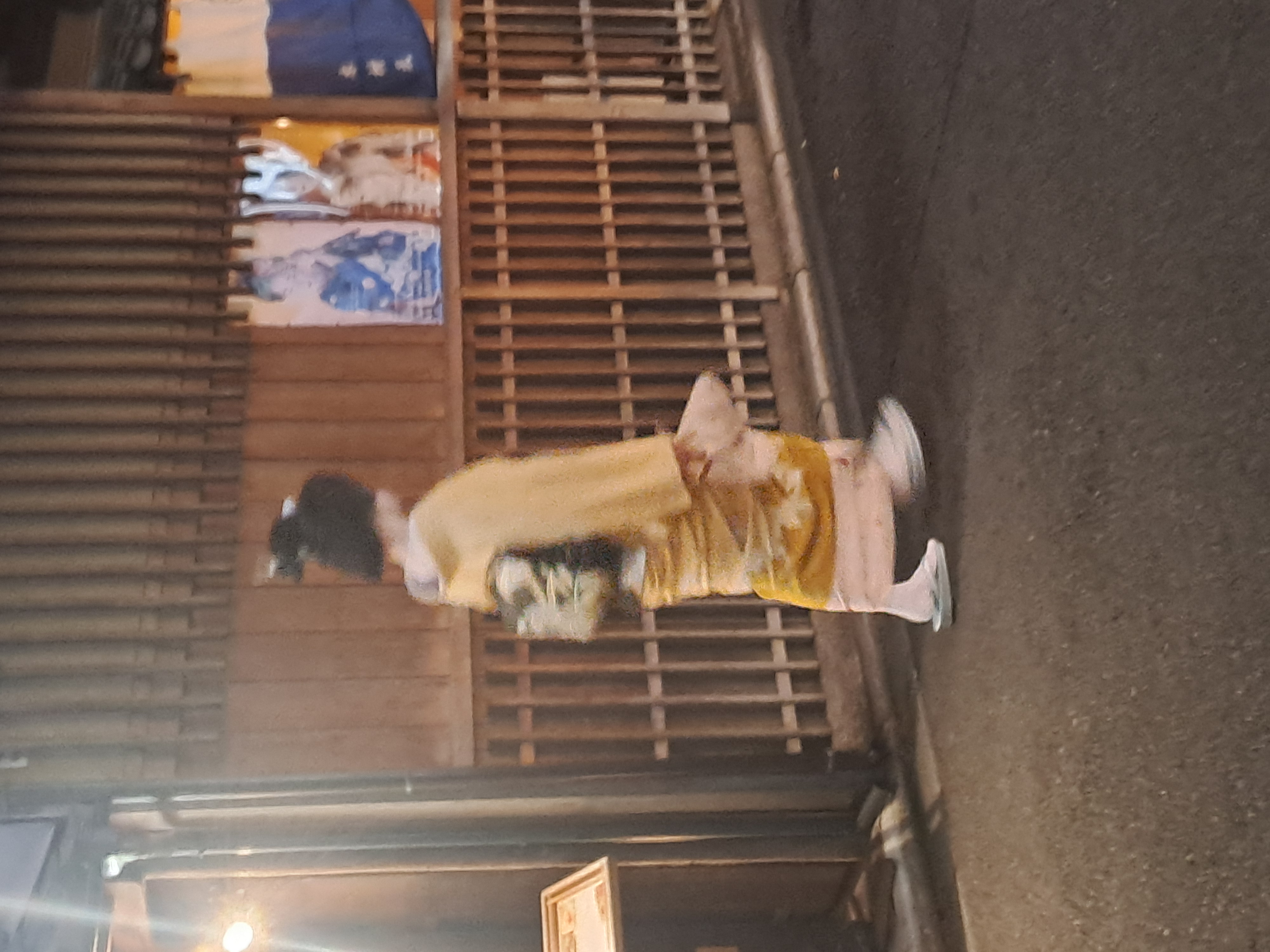
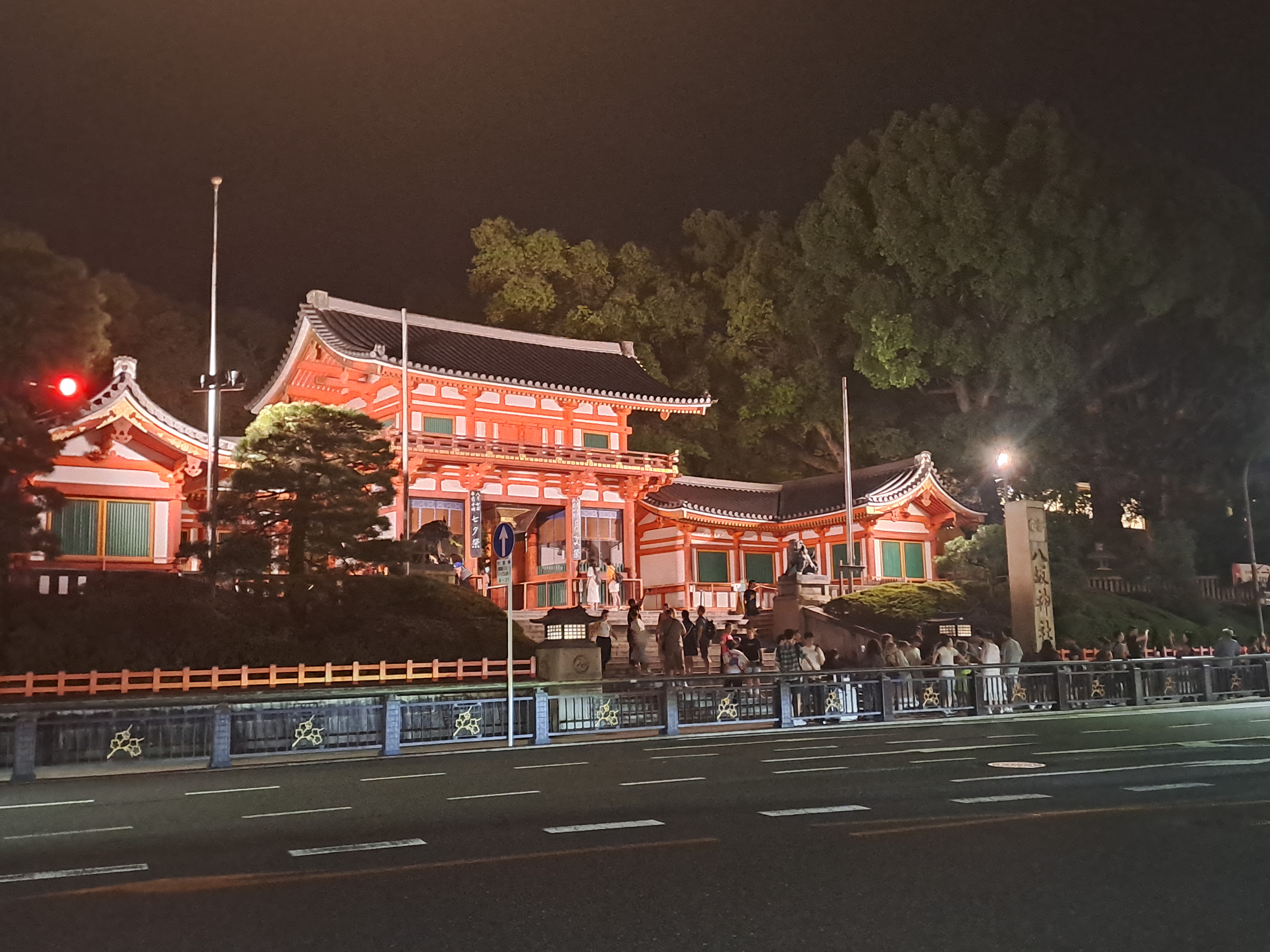
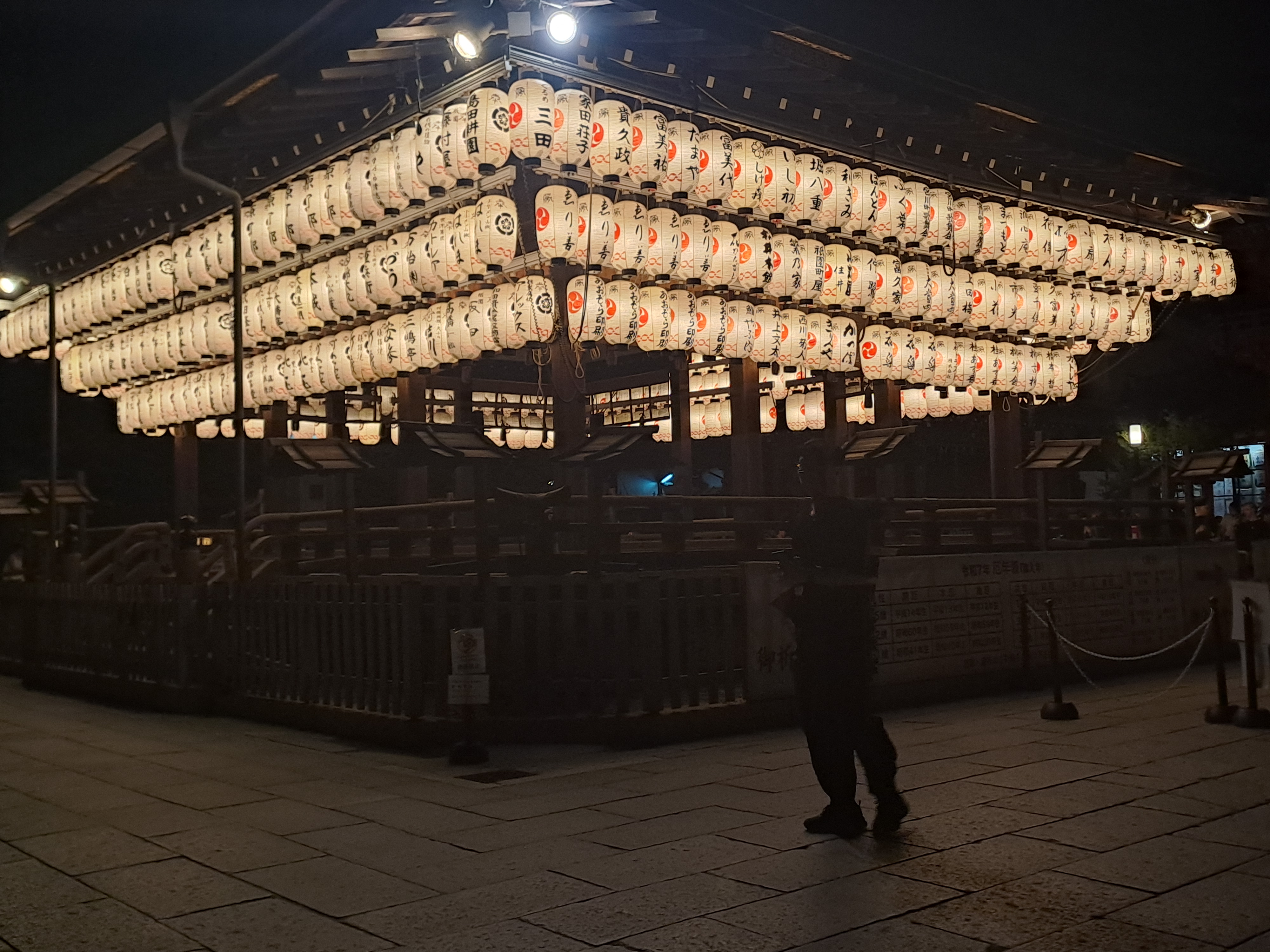

Inspired by the location, we went off to our own tea ceremony. We discovered there is a ritual of politeness around drinking the tea and particular rituals around the making and serving of it. The ritual is intended as a formal way of relaxing as a group. The tea used is matcha a powdered green tea. We discovered that the only one there who could kneel probably was the tea master herself. I guess it takes practice to get your body used to it.
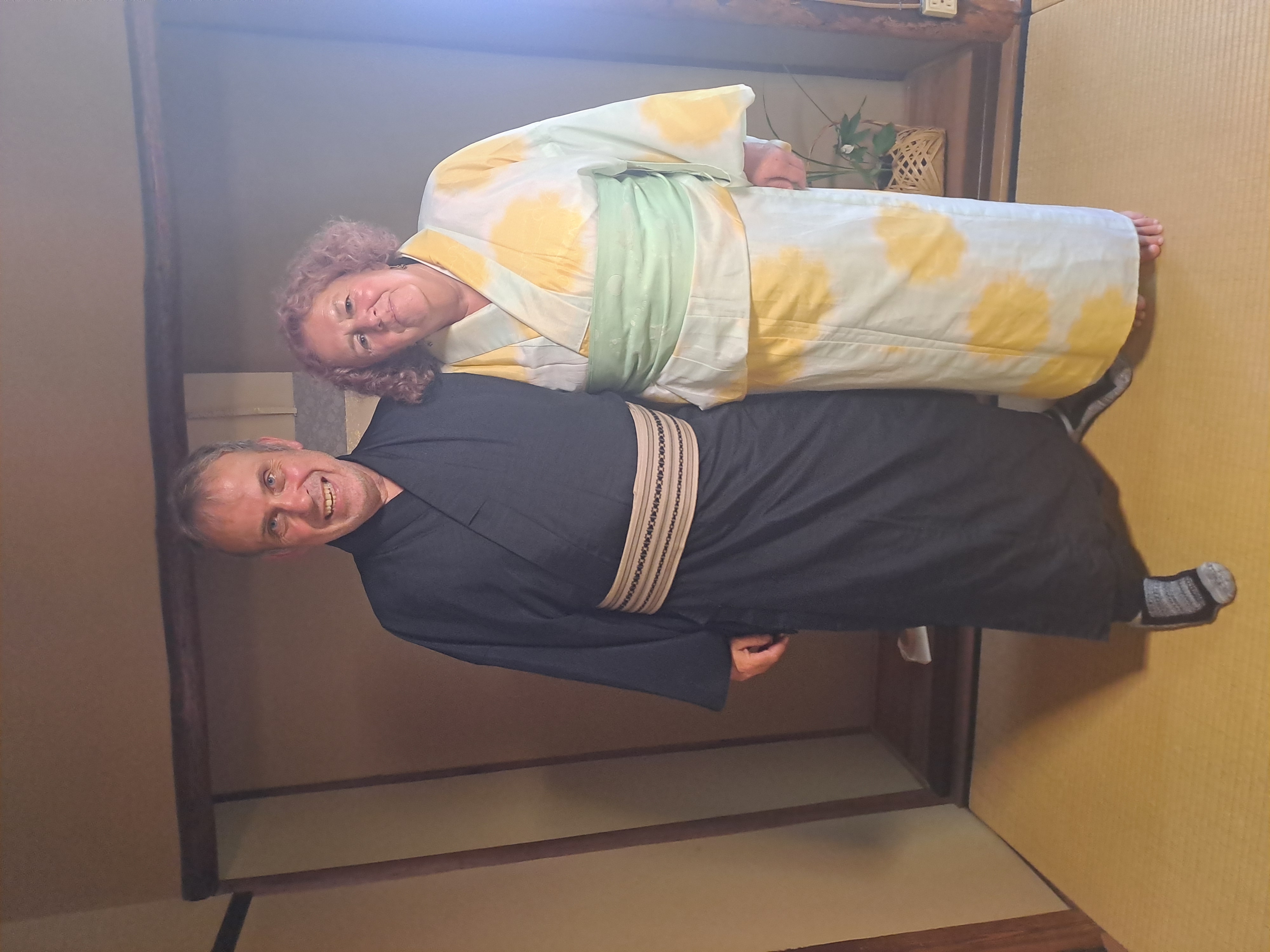
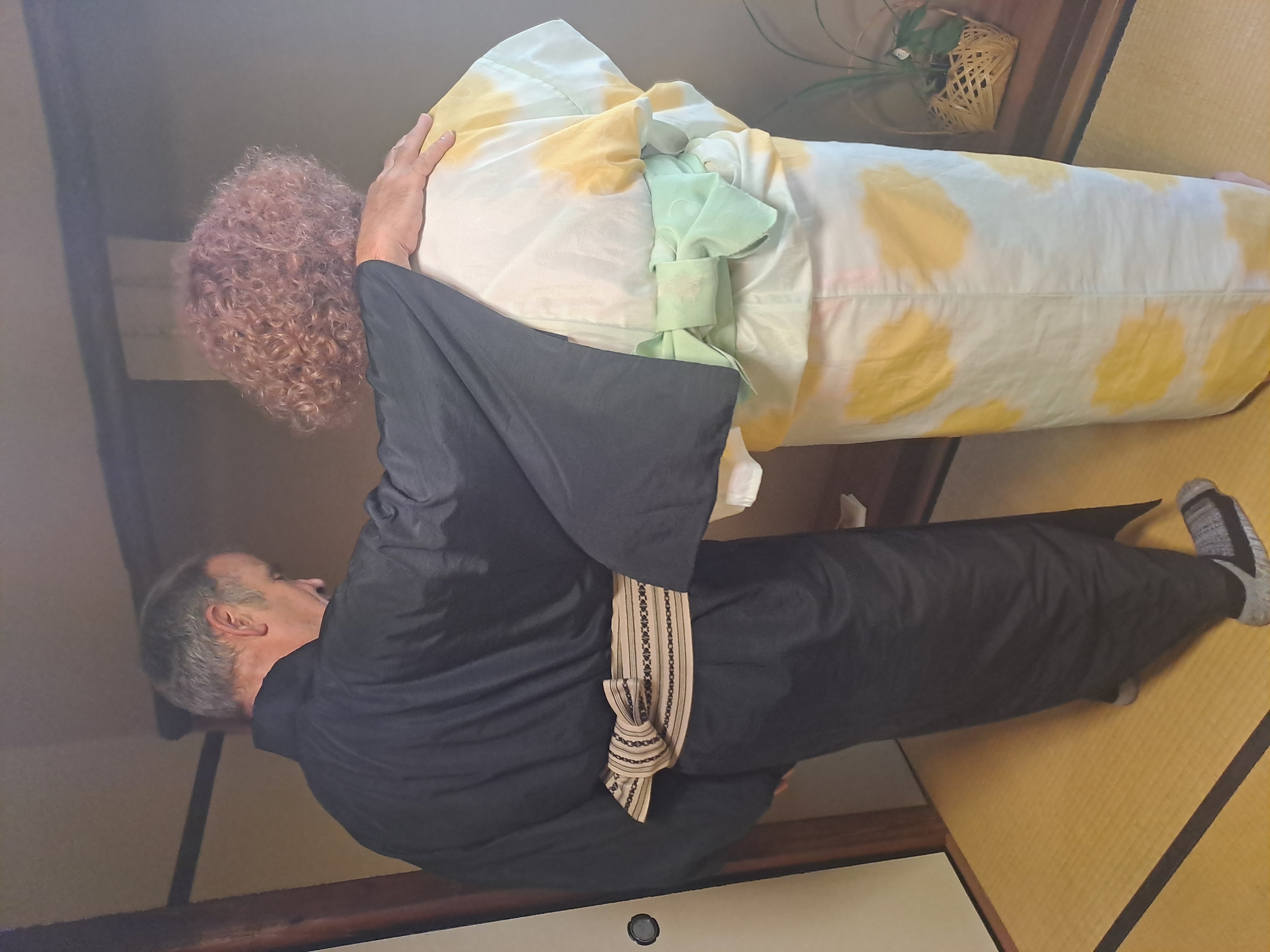


On returning to our hotel we found a Maiko there who was talking to guests and dancing. She spoke very good English. She had been training for 7 years so far and gets two days off a month. She can play around 5 instruments and disliked people coming up behind her and grabbing her for a photo rather than asking her.

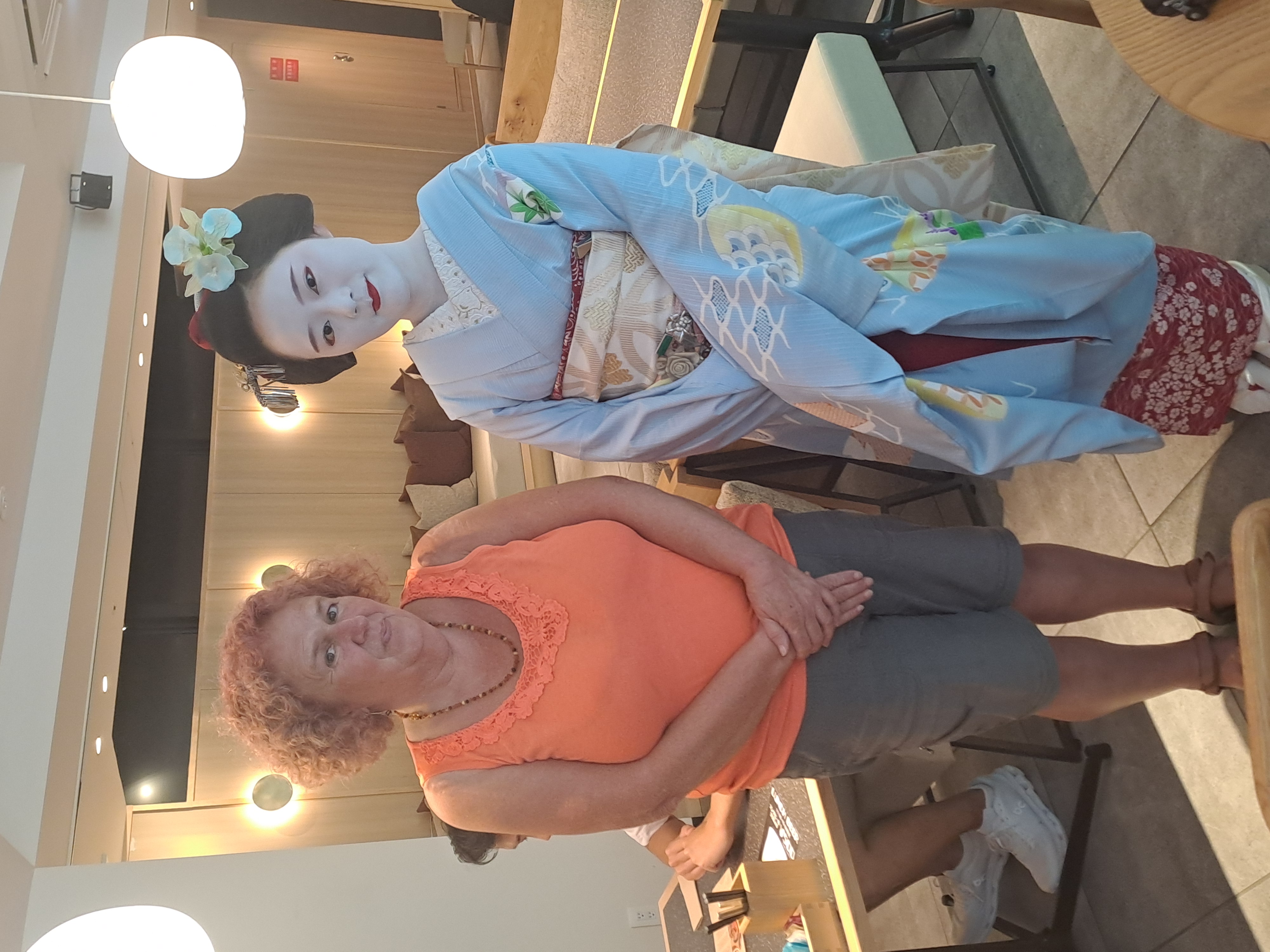
On again to Matsumoto, where I went out to see the gardens. I was determined to see a proper Zen garden. I walked out to a beautiful Hojo gardens, it was a hot walk but lovely shaded and restful there. The Hojo was rebuilt in 1890 and the gardens designed in 1939. This is the only temple with gardens on all 4 sides.


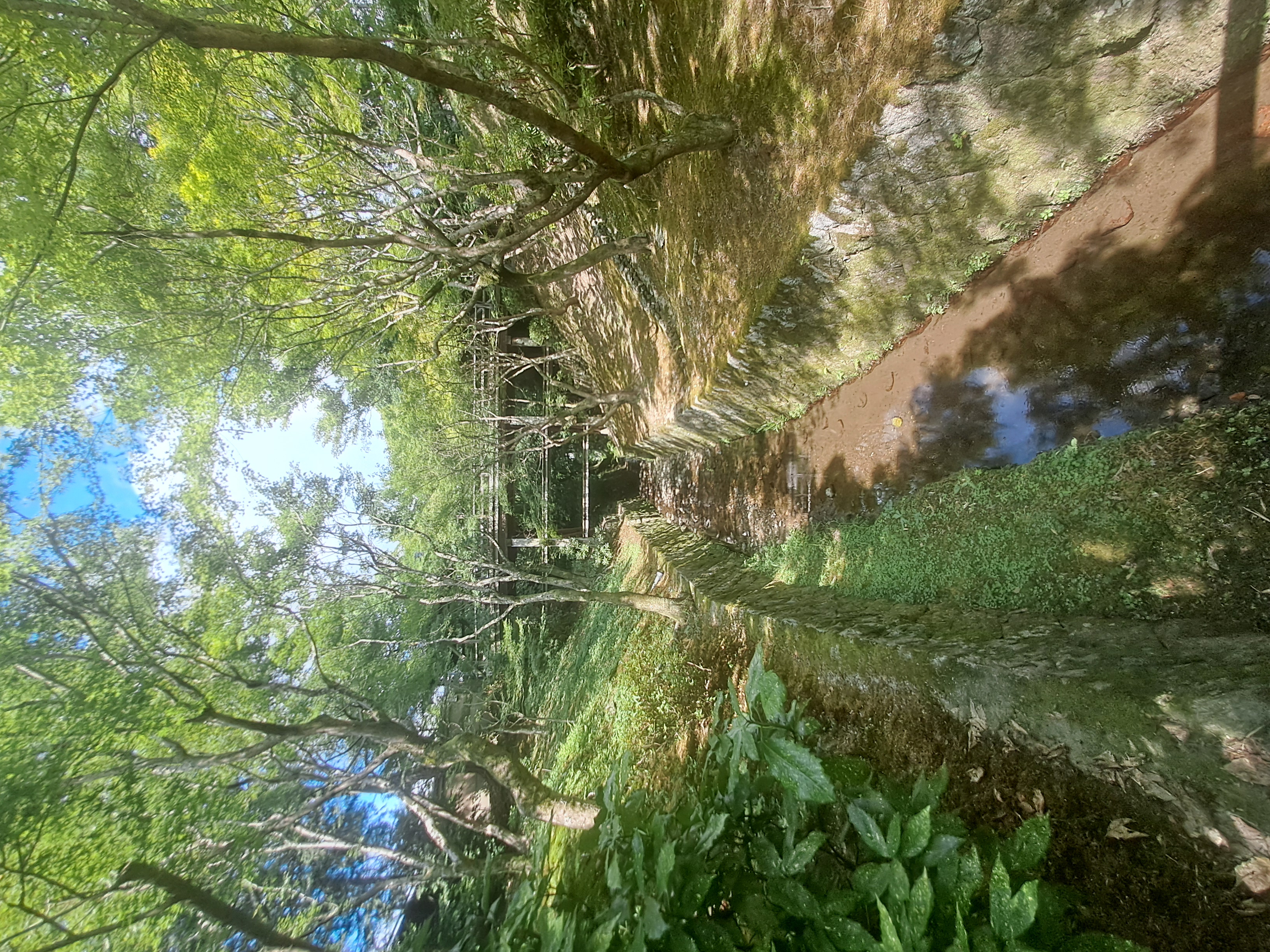

The Eastern garden shows the Great Bear constellation using the temples foundation pillars. The Northern garden uses foundation rocks from the front gate to show a checkered field
The Western garden uses trimmed azalea bushes to reflect the ancient Chinese way of land distribution.The Southern garden uses rocks to represent the Elysian islands in a rough sea, rocks at the other end represent 5 sacred mountains.


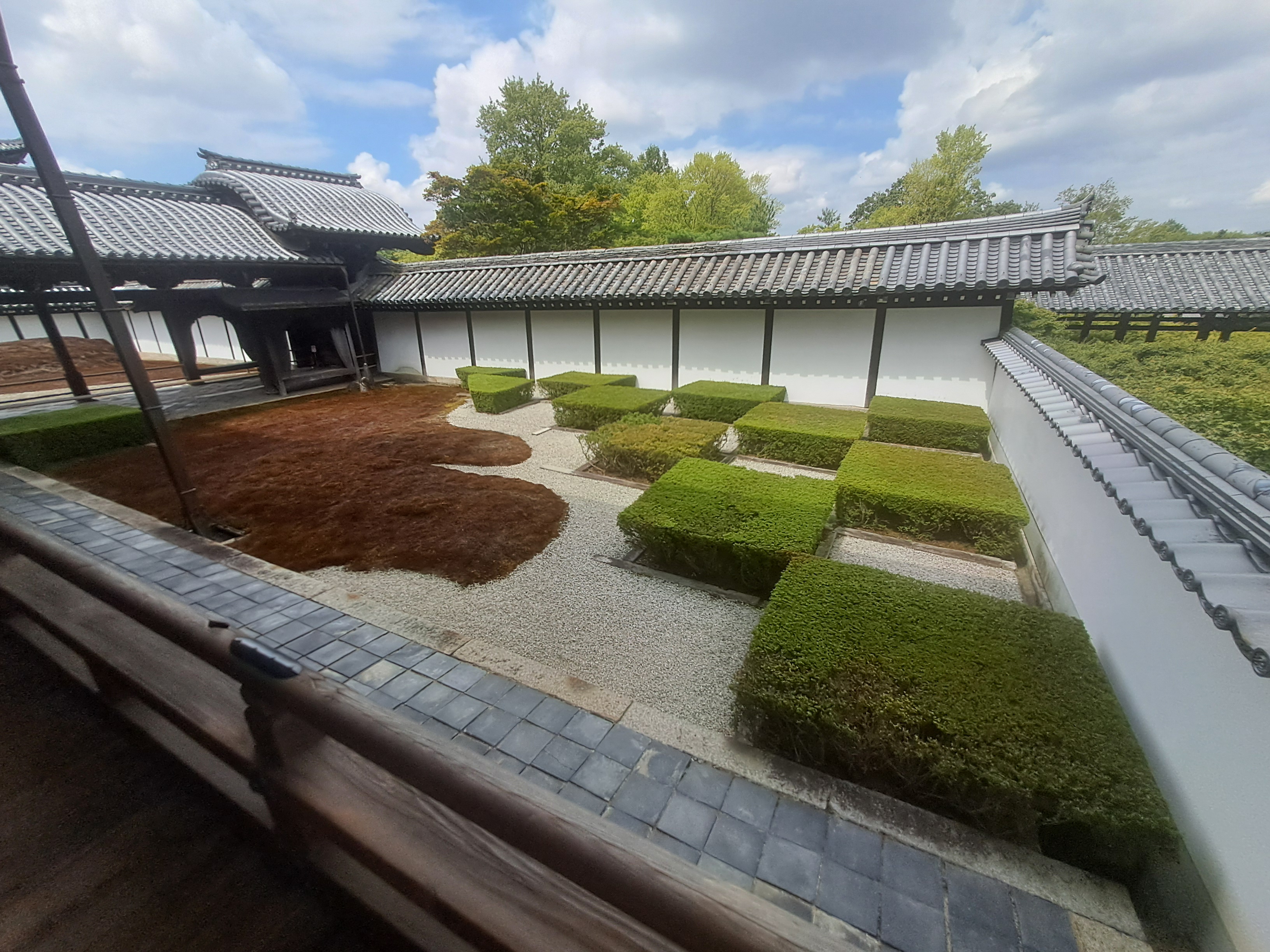
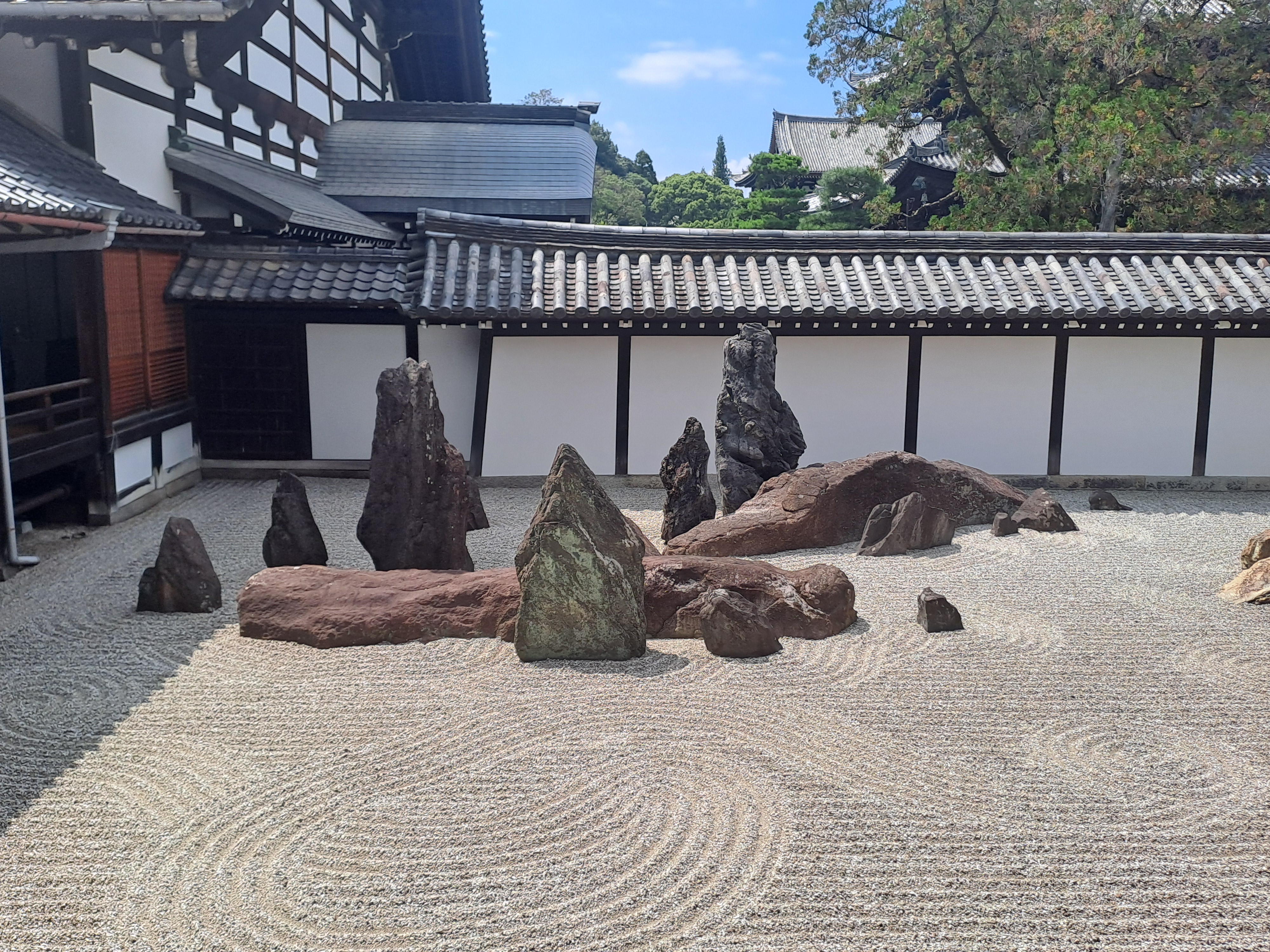
On the way back I passed the sidewalk zen garden.

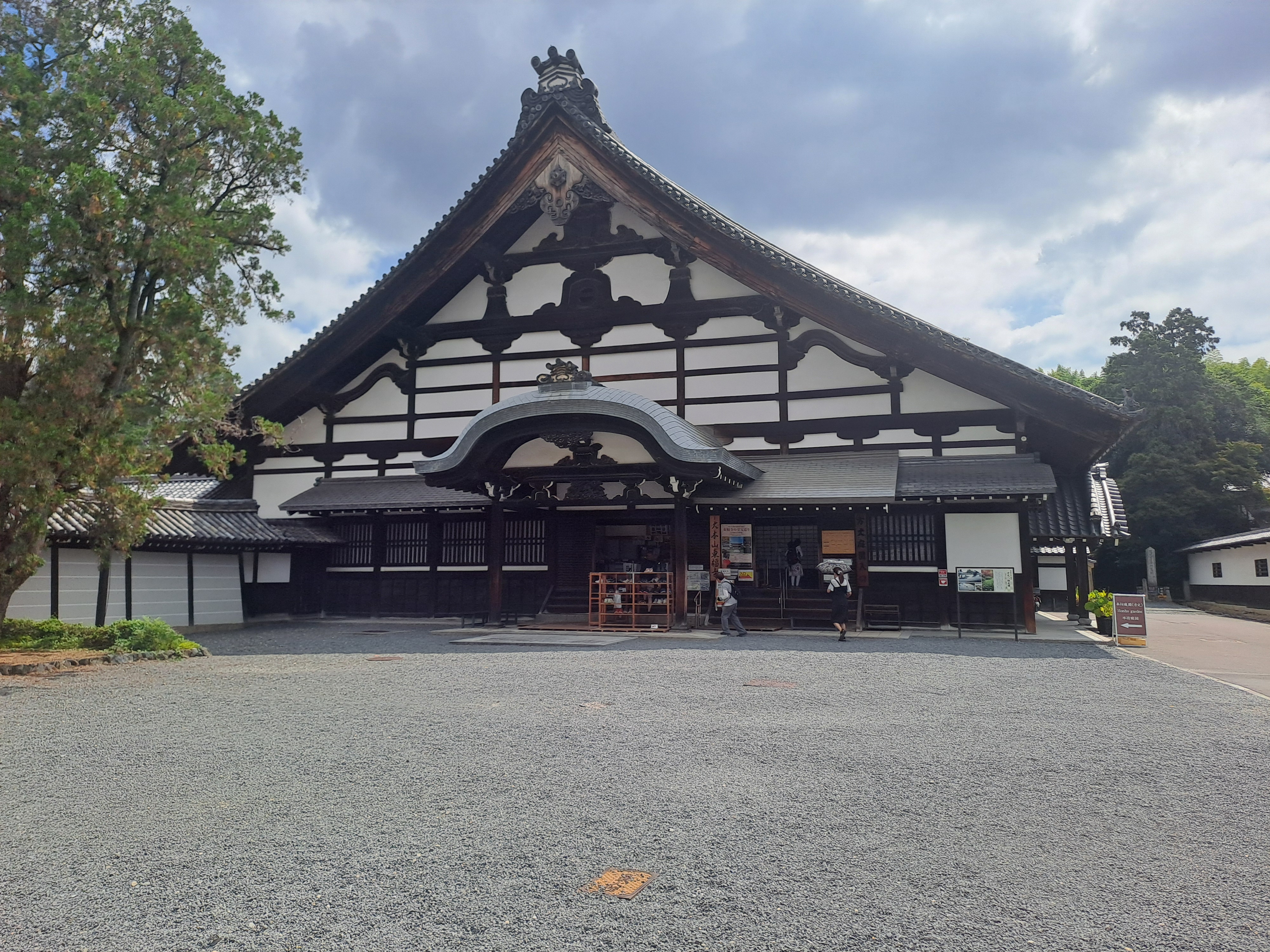
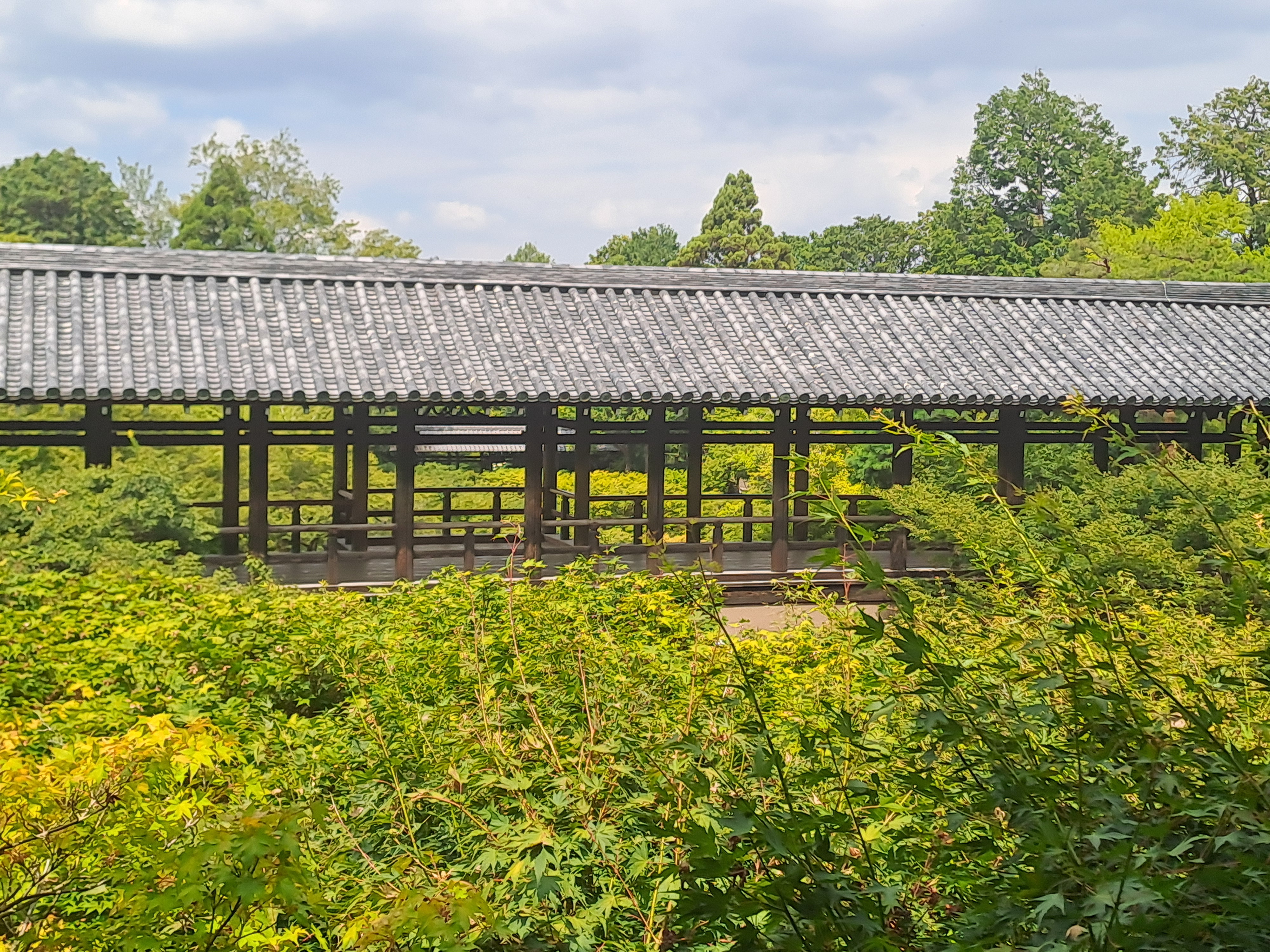
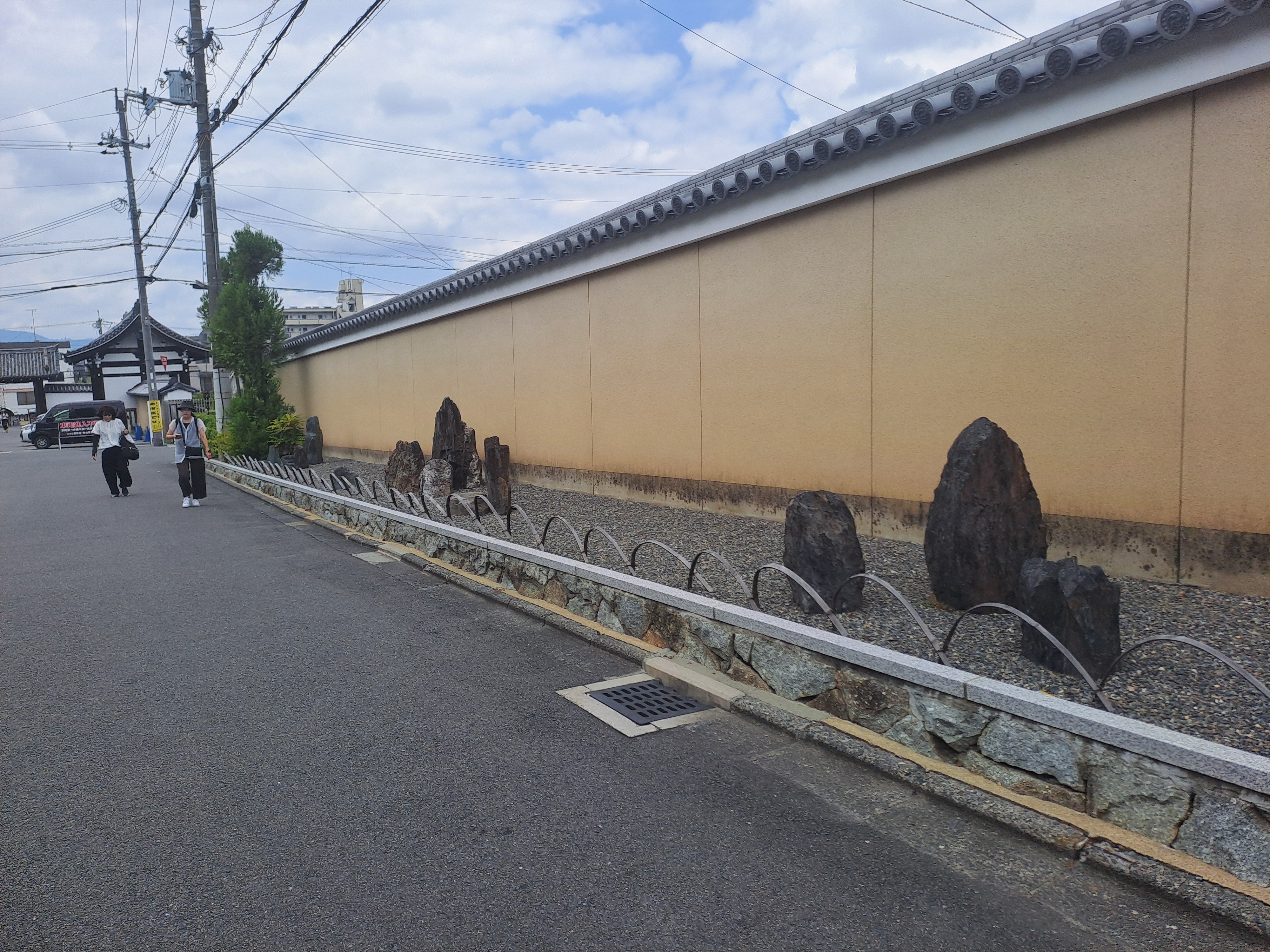
I also went into the Shosei-en garden, also attached to but separate from a temple. This dates back to 1641 it was designated a place of scenic beauty in 1936
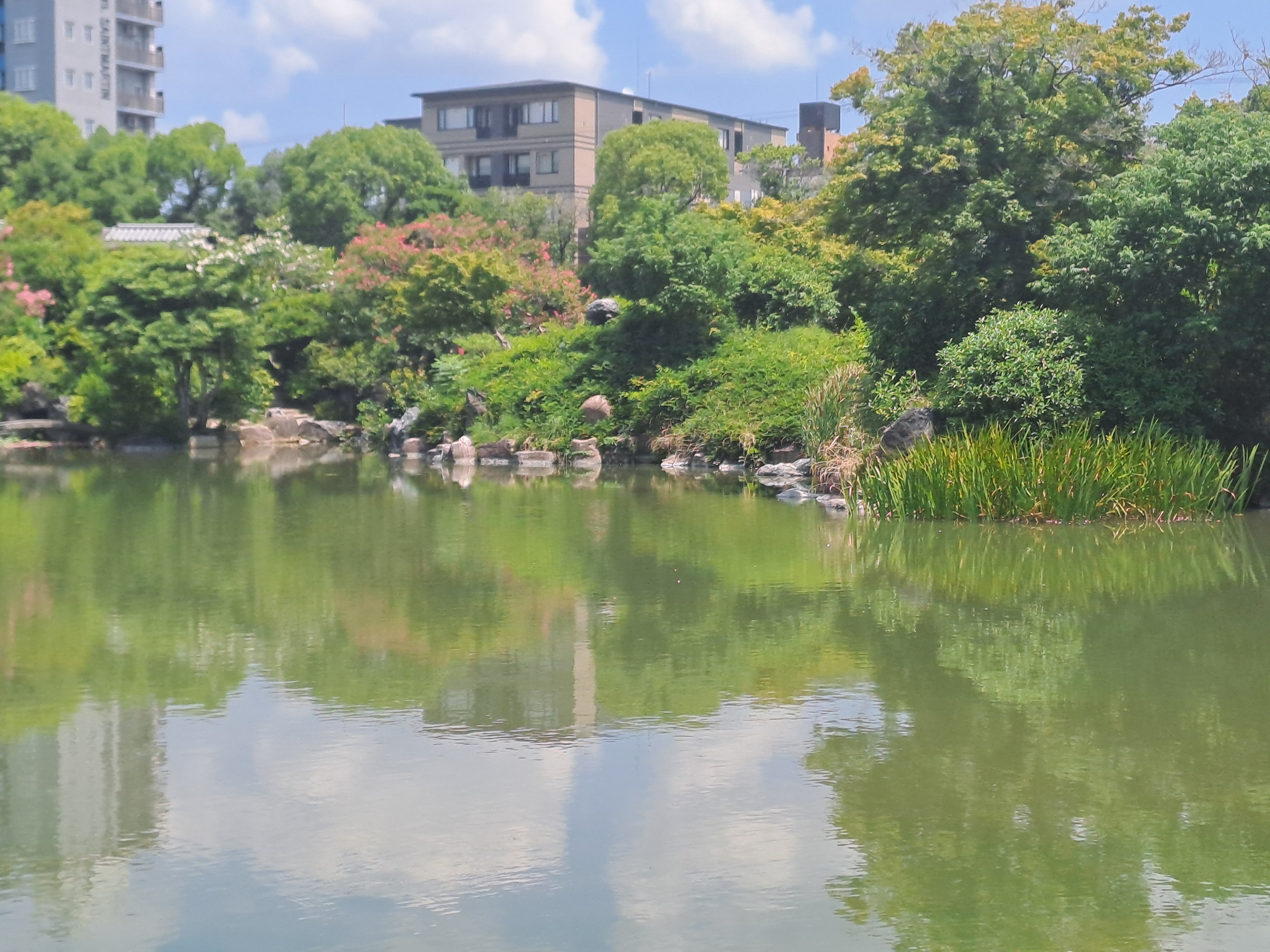

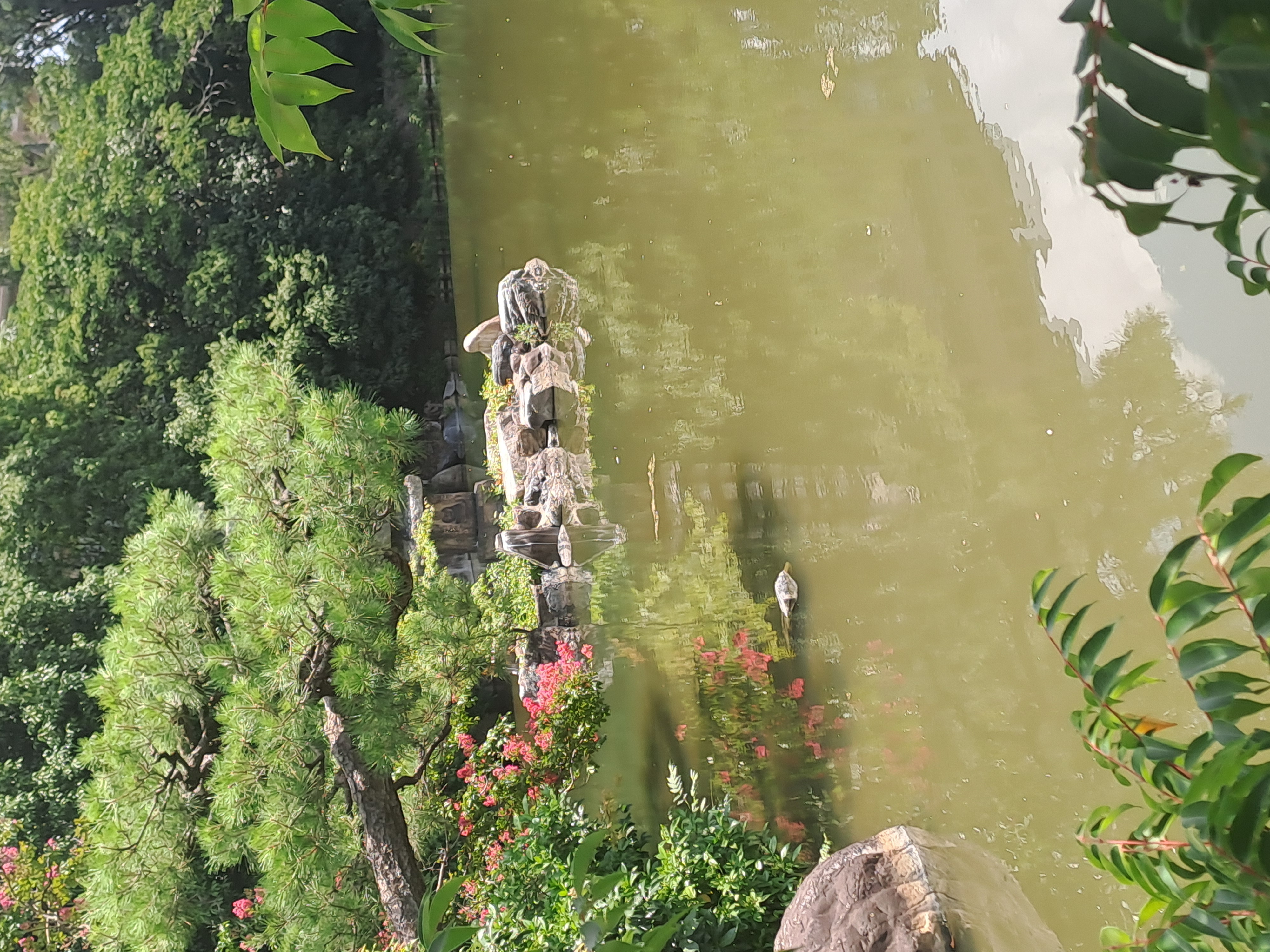
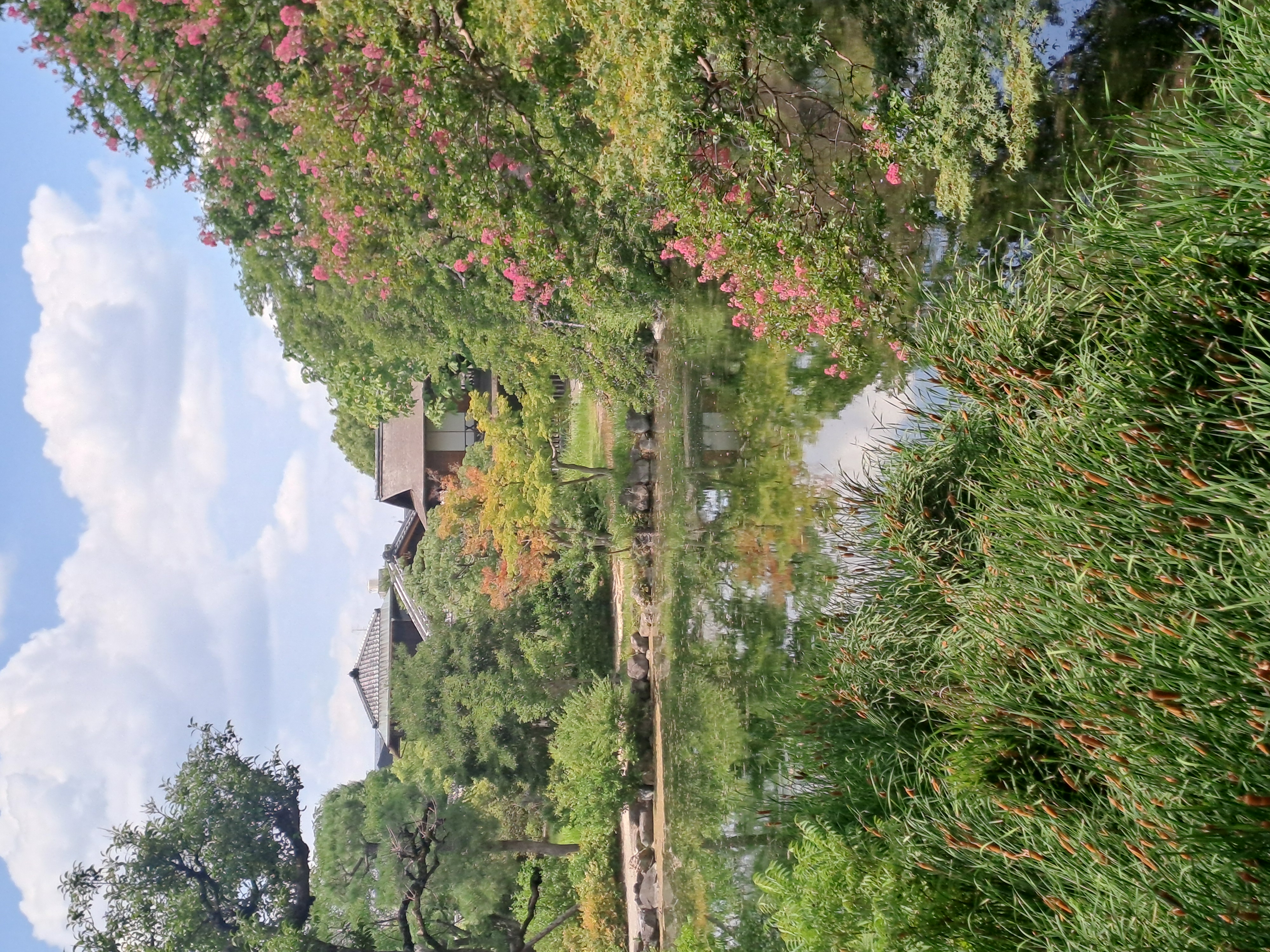
There was a small art gallery where I could sit and contemplate both the paintings and the gardens.


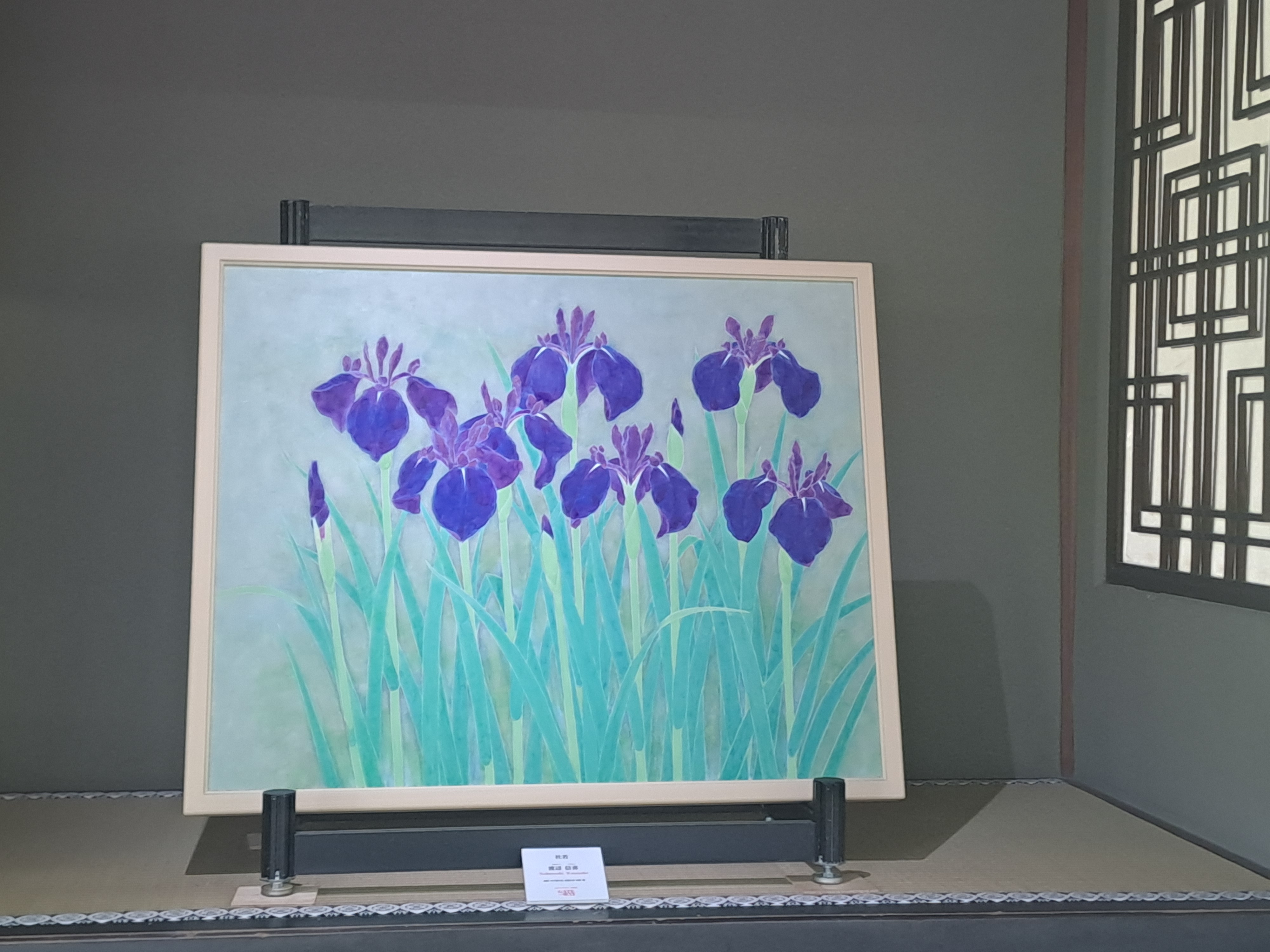

We next went to Takayama a small town with a big annual festival twice a year. I wandered down narrow streets and over the river to the festival floats museum.
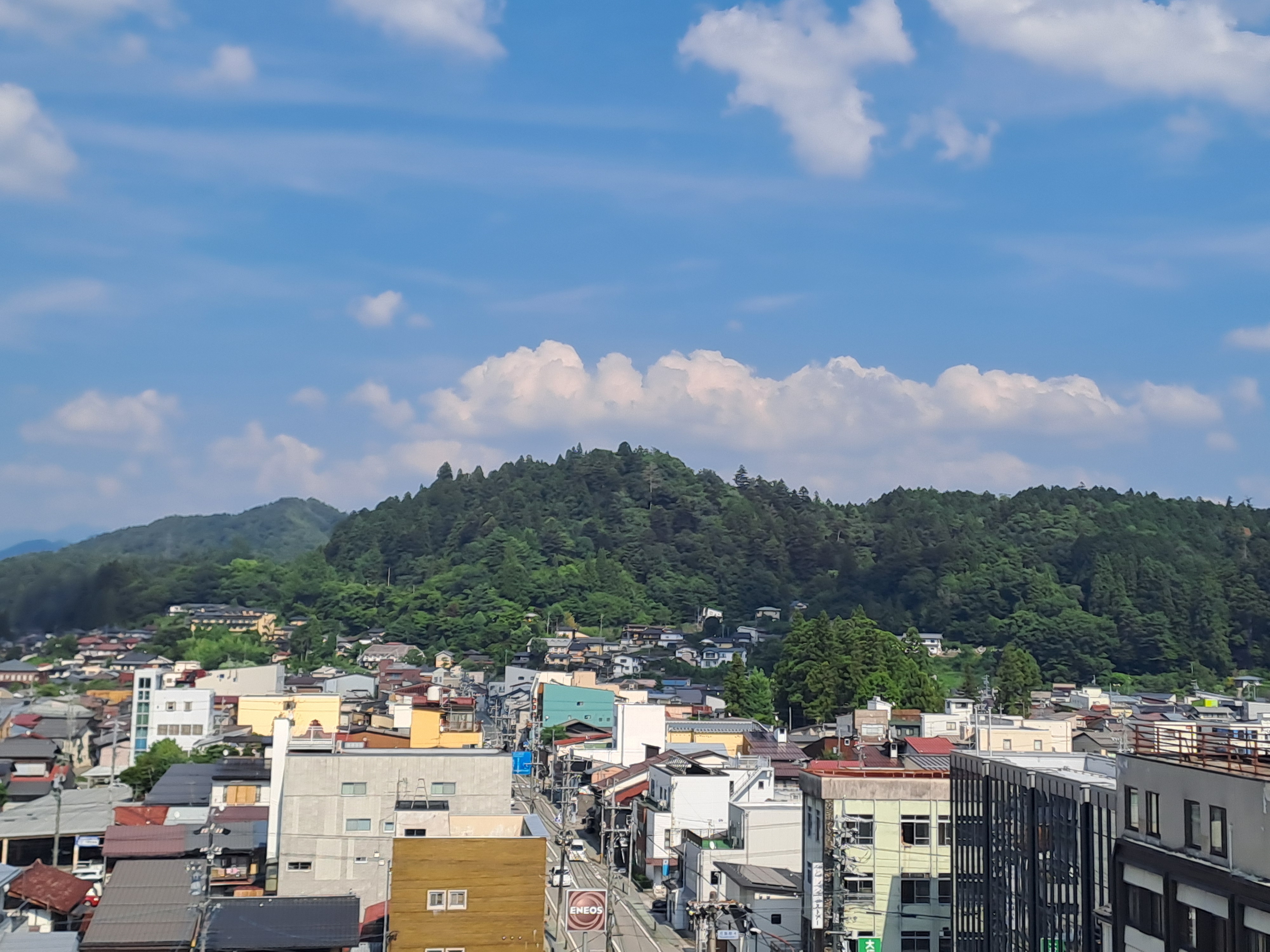
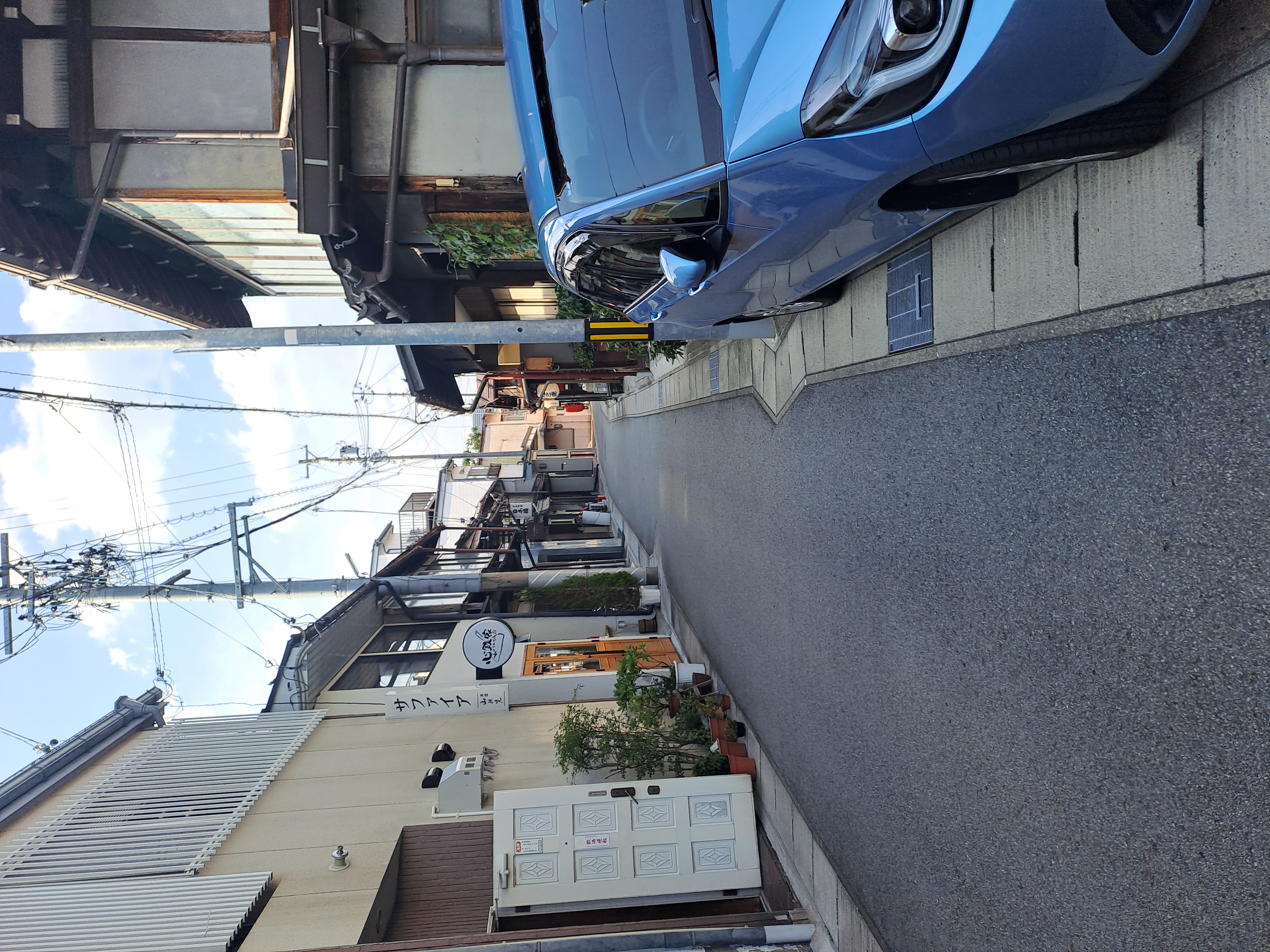
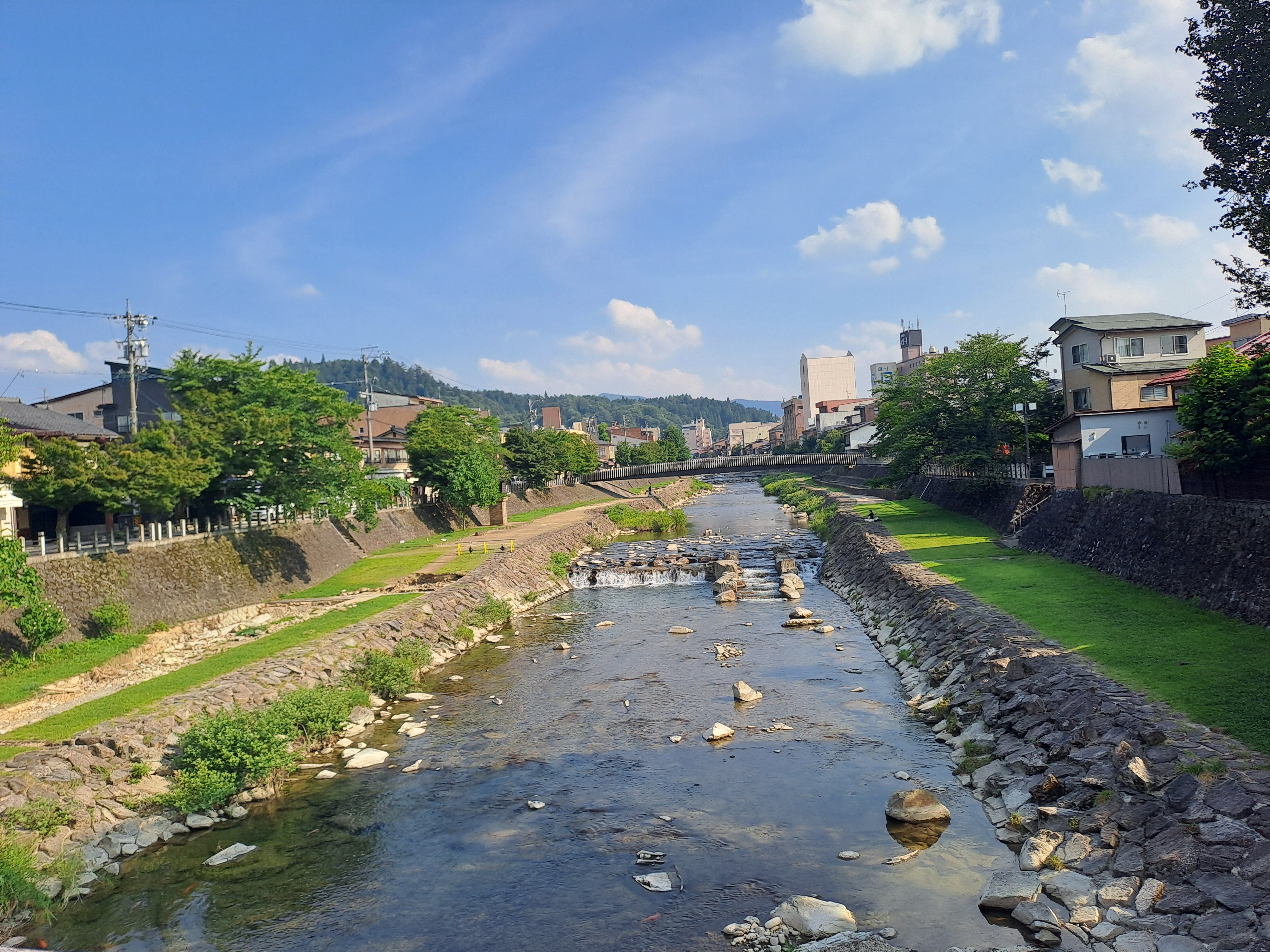

They keep a rotating collection of yatai floats here in total they have 25 floats 12 for one festival and 13 for the other. They are considered nationally important cultural properties. Some of them are several hundred years old and masterpieces of craftsmanship. Some have puppets as part of the floats. Up 80 men are required to carry each float.
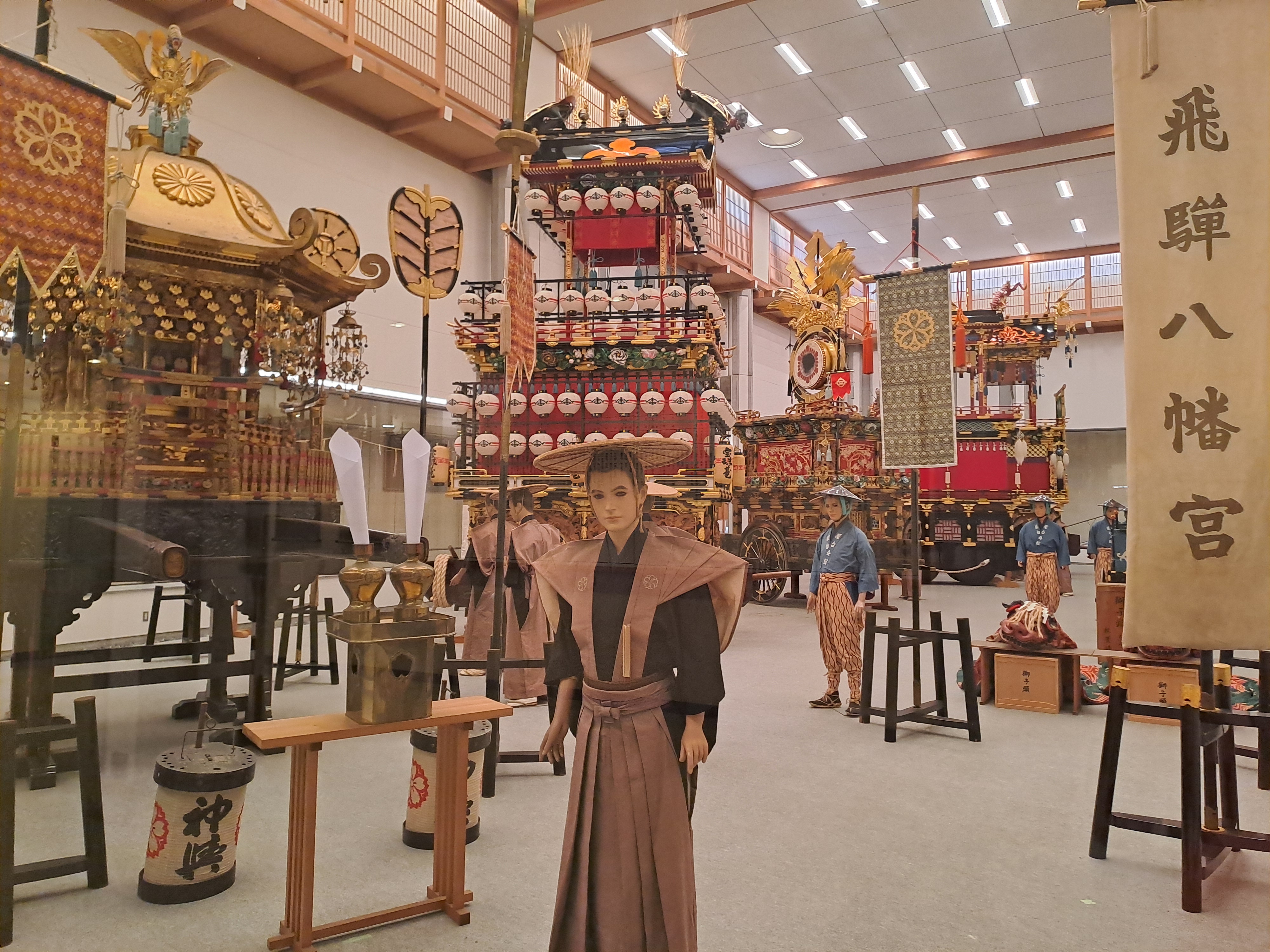
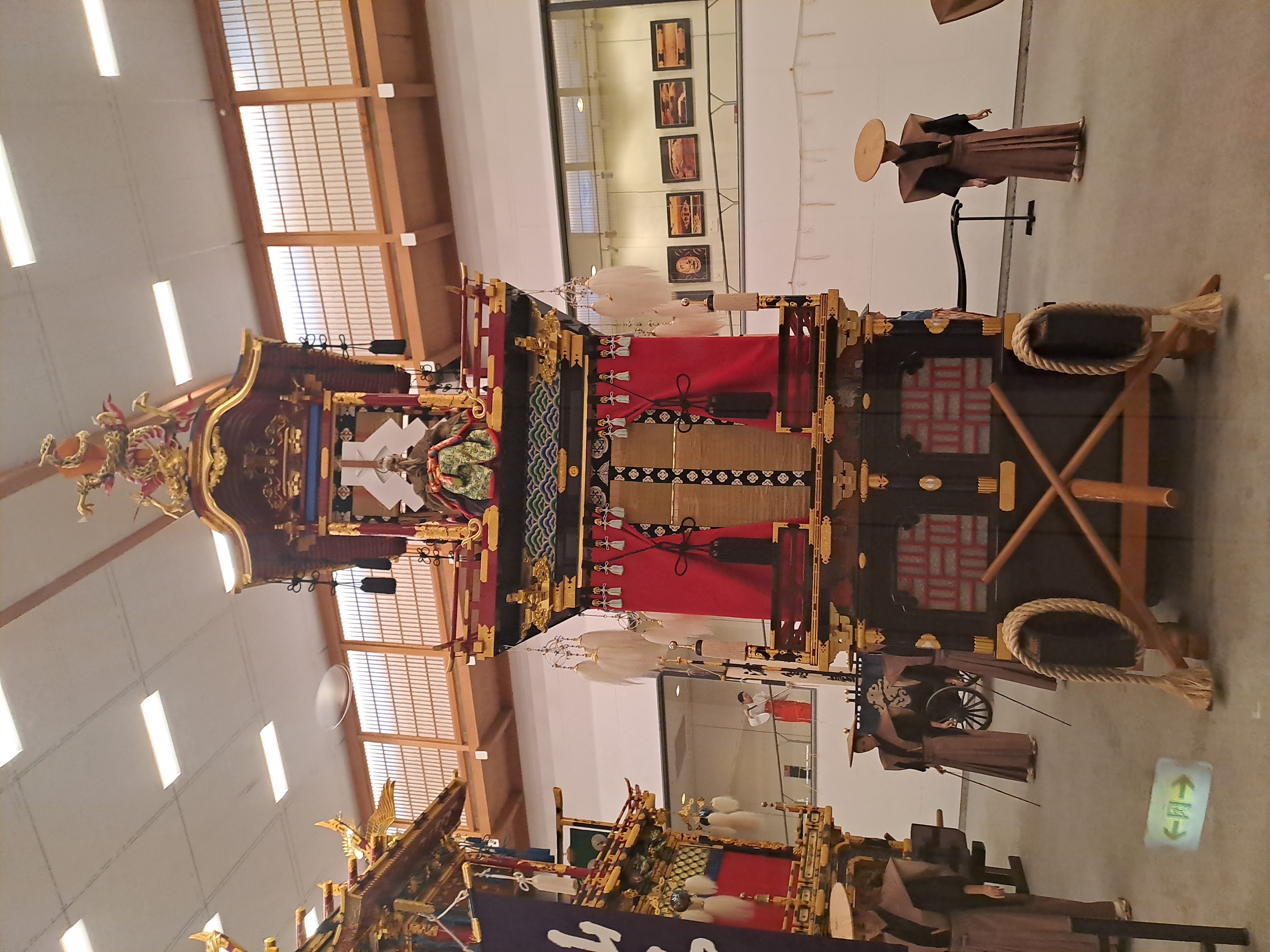
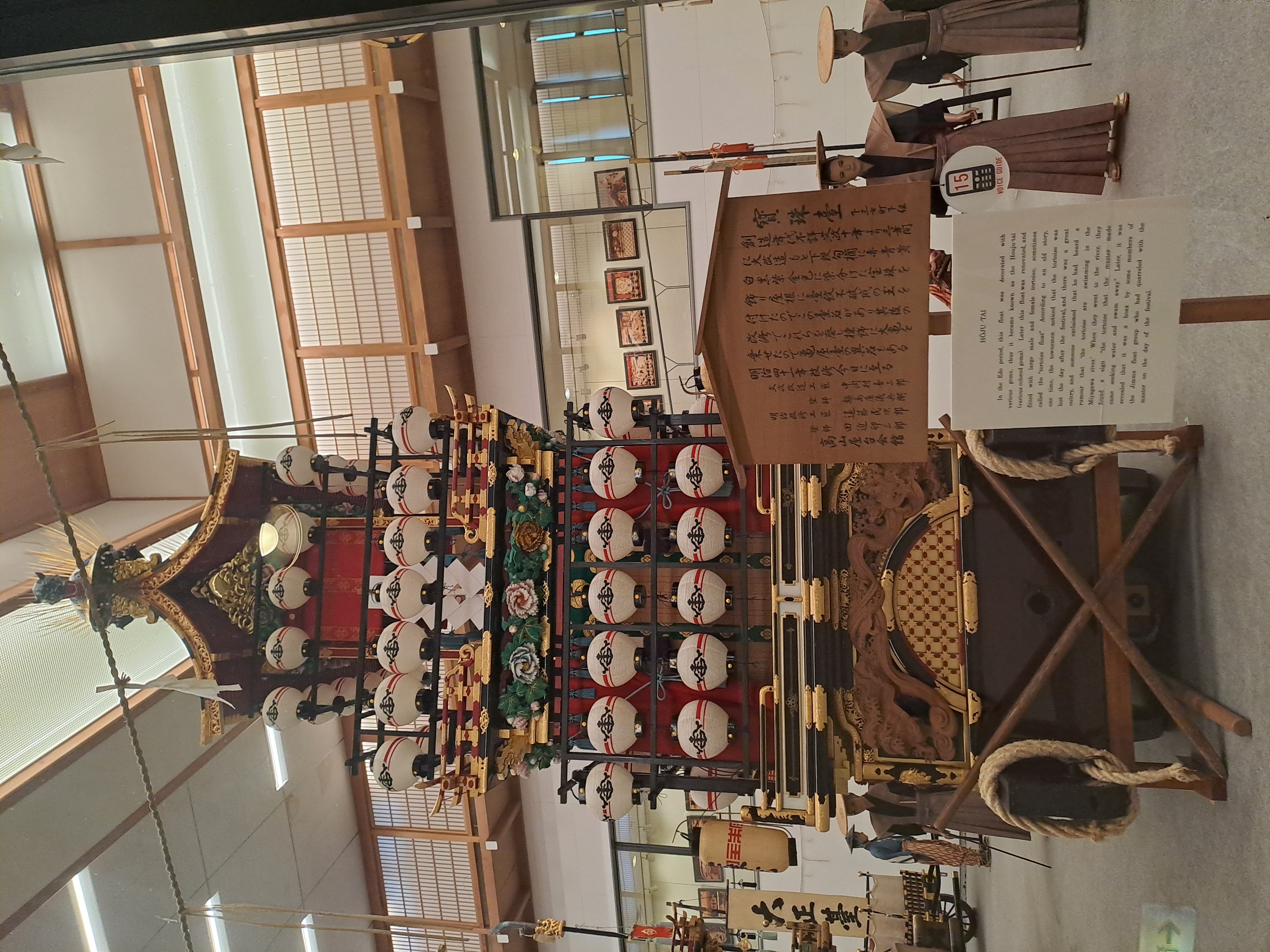
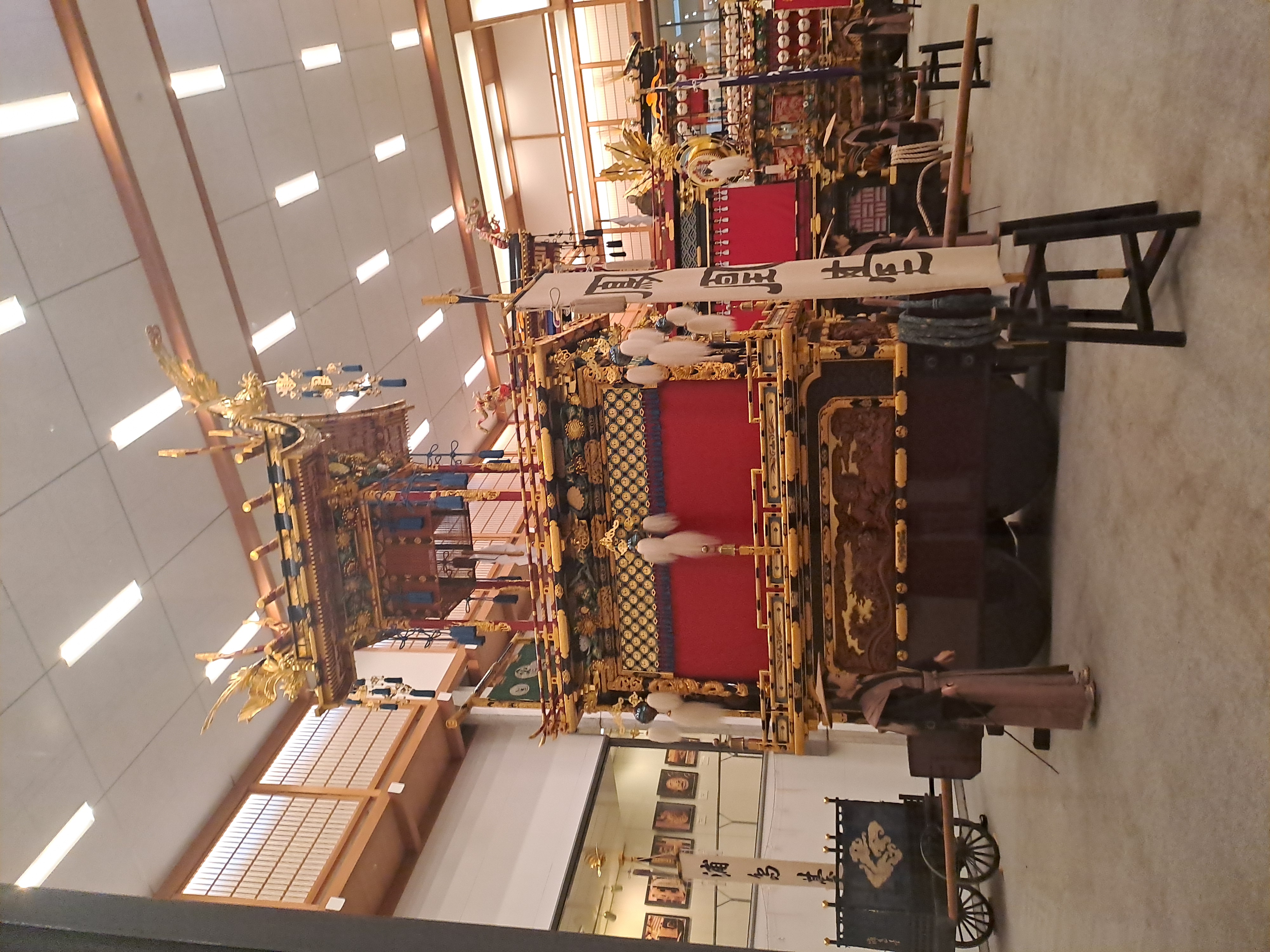
They also had a replica of Nikko’s Toshugo shrine . Decorations were strung across the river on the way back.
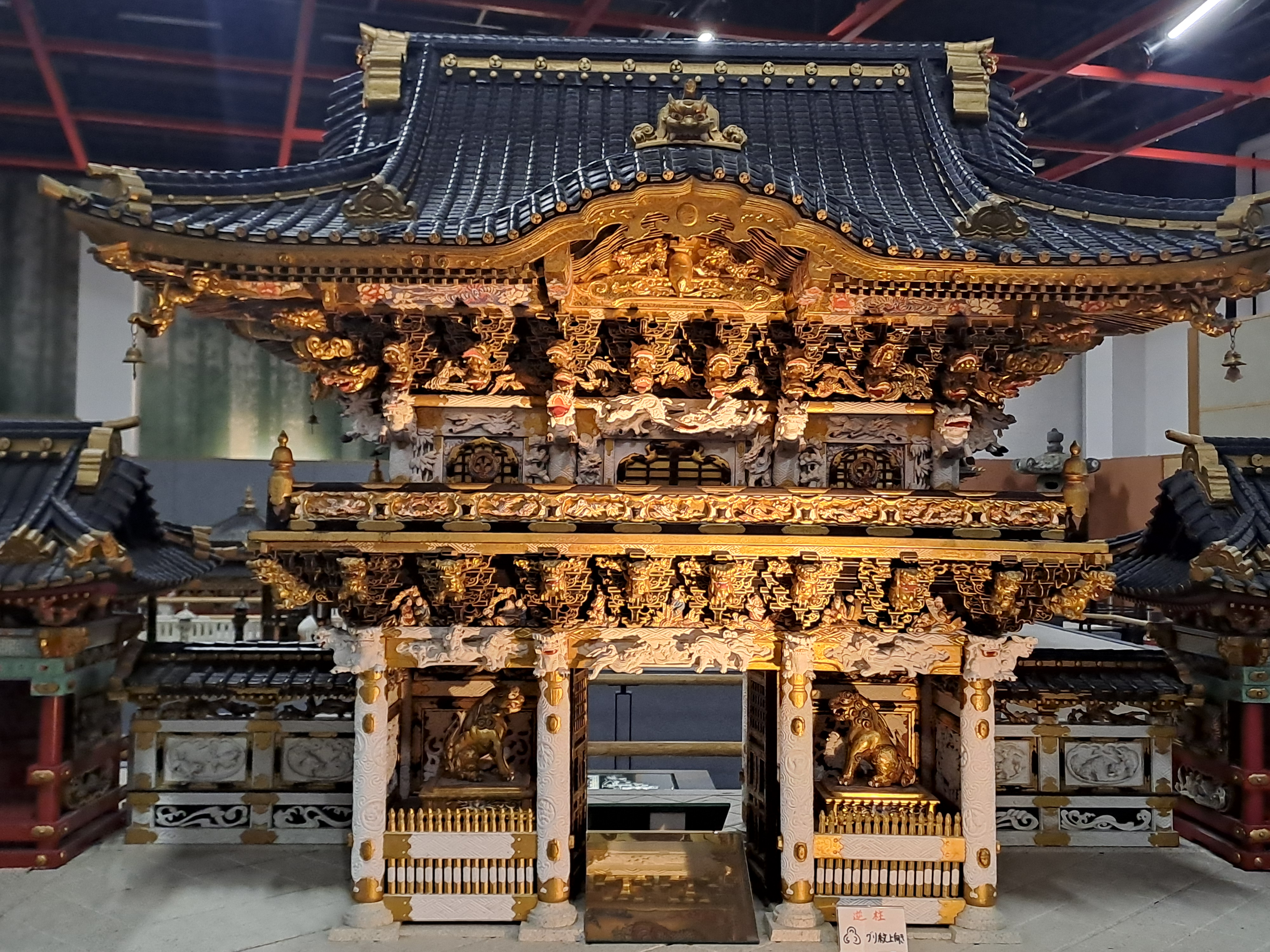
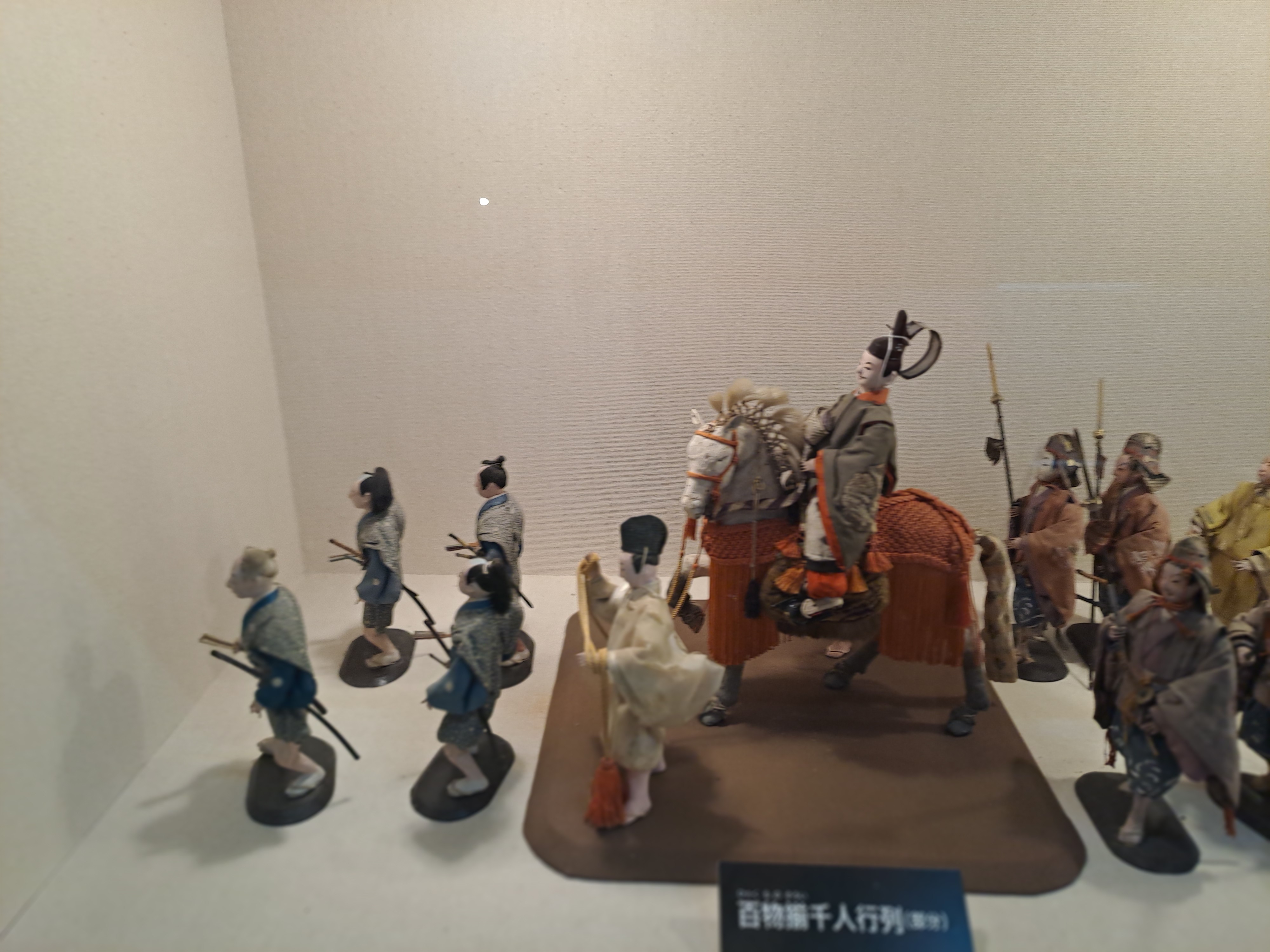

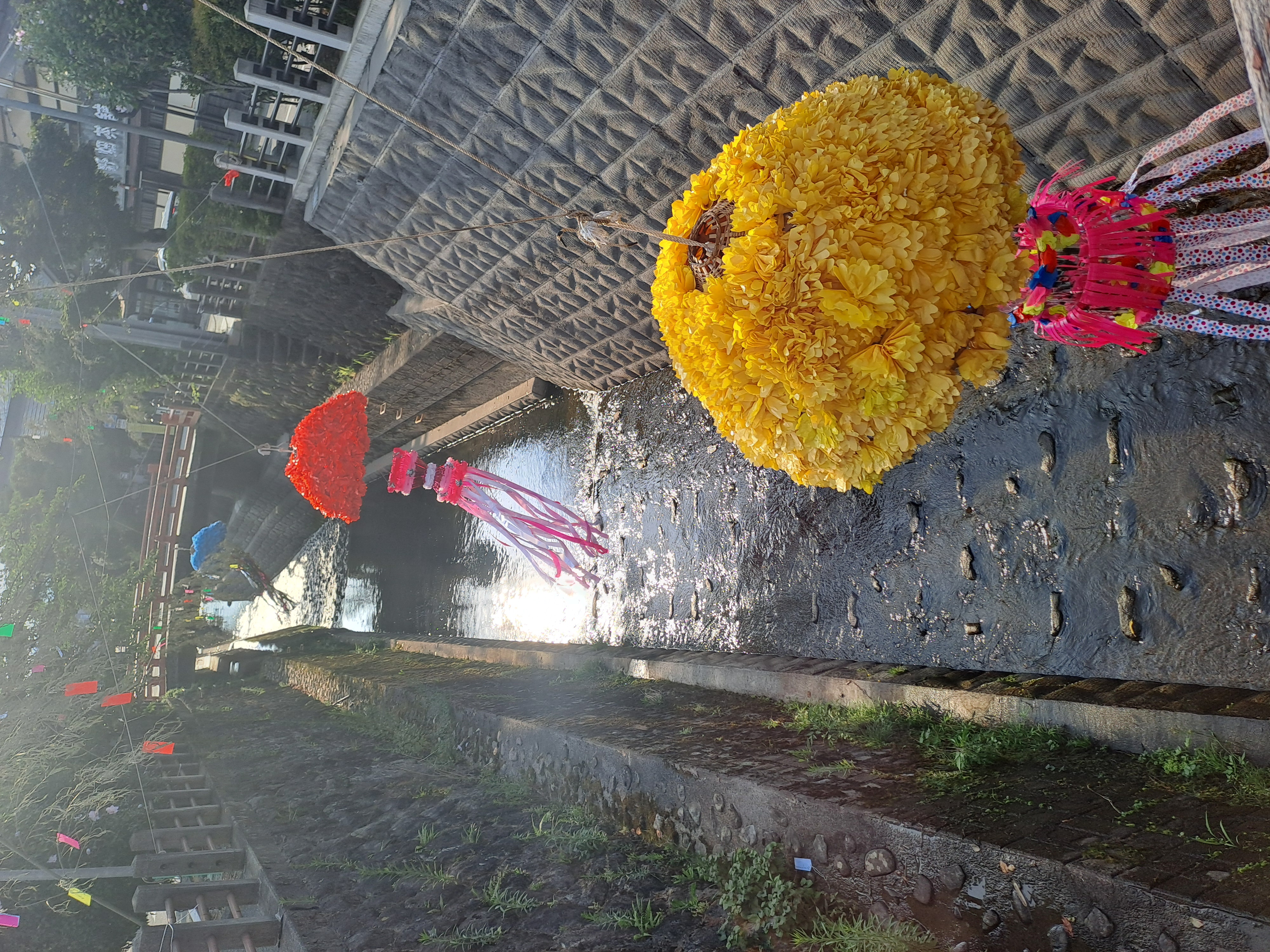
The next day we went to Hida folk village, a preserved village showing how life used to be in a silk making village.
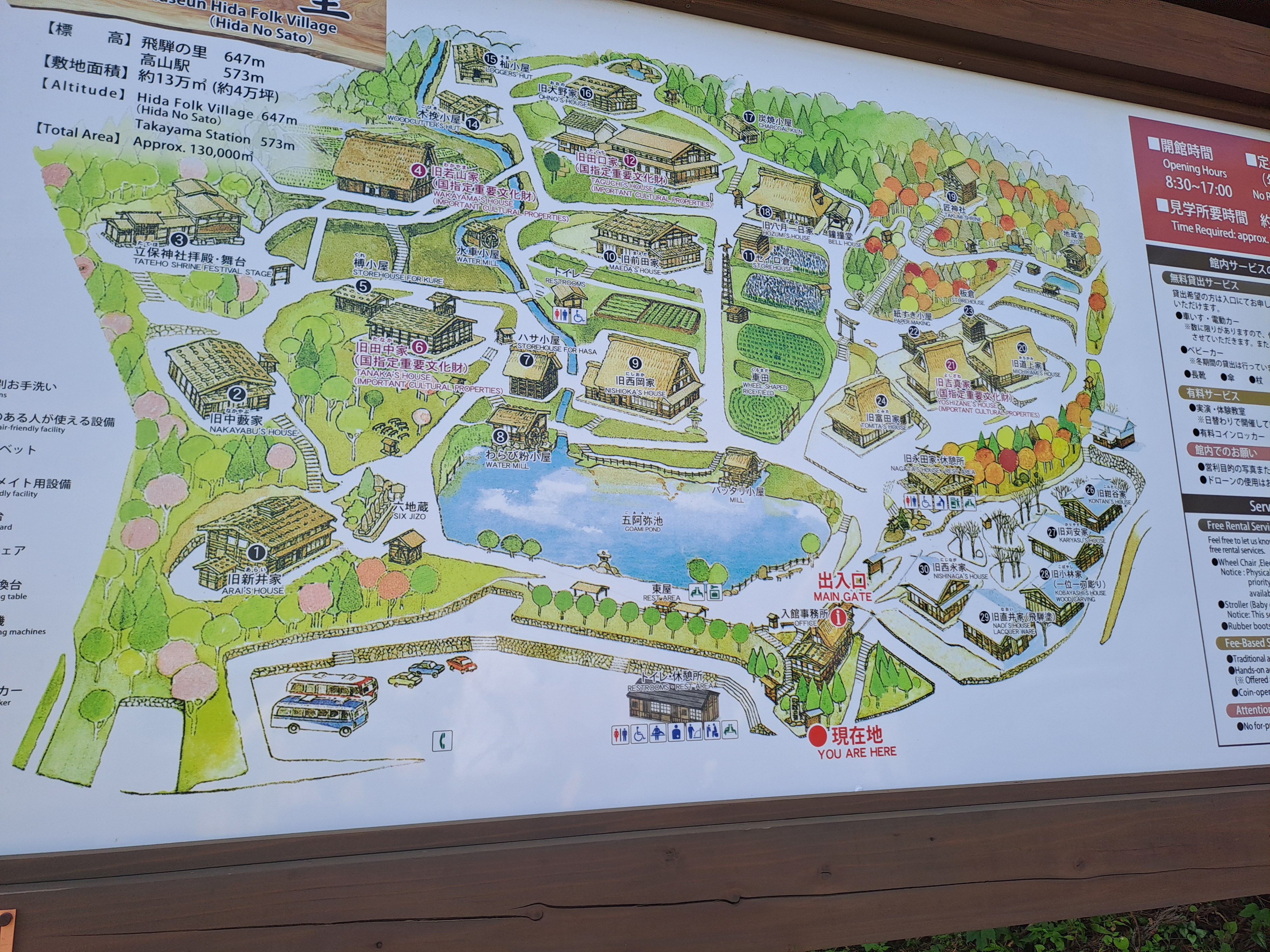
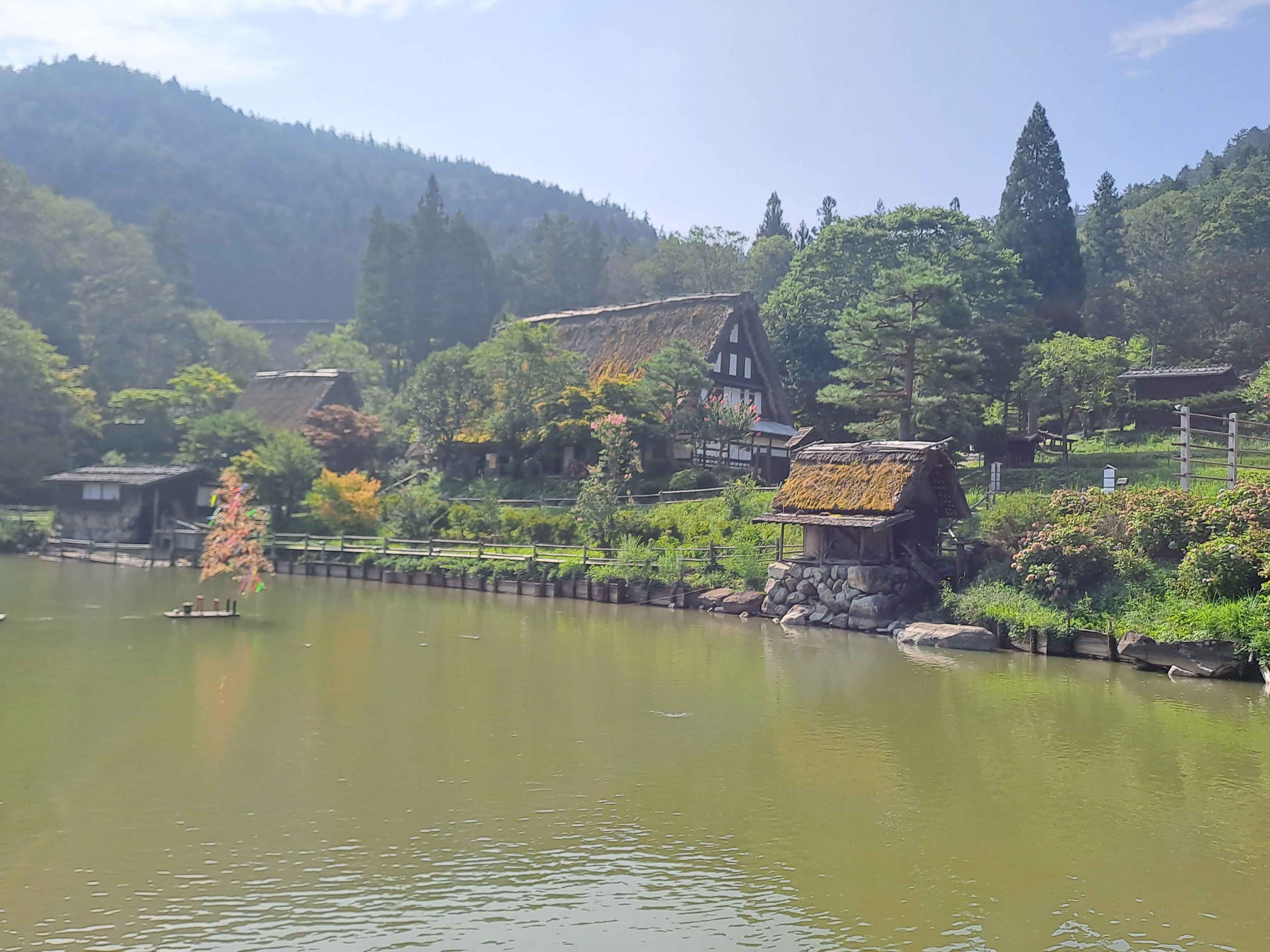


We saw the fire station, clothing, silk making equipment and house shrines.

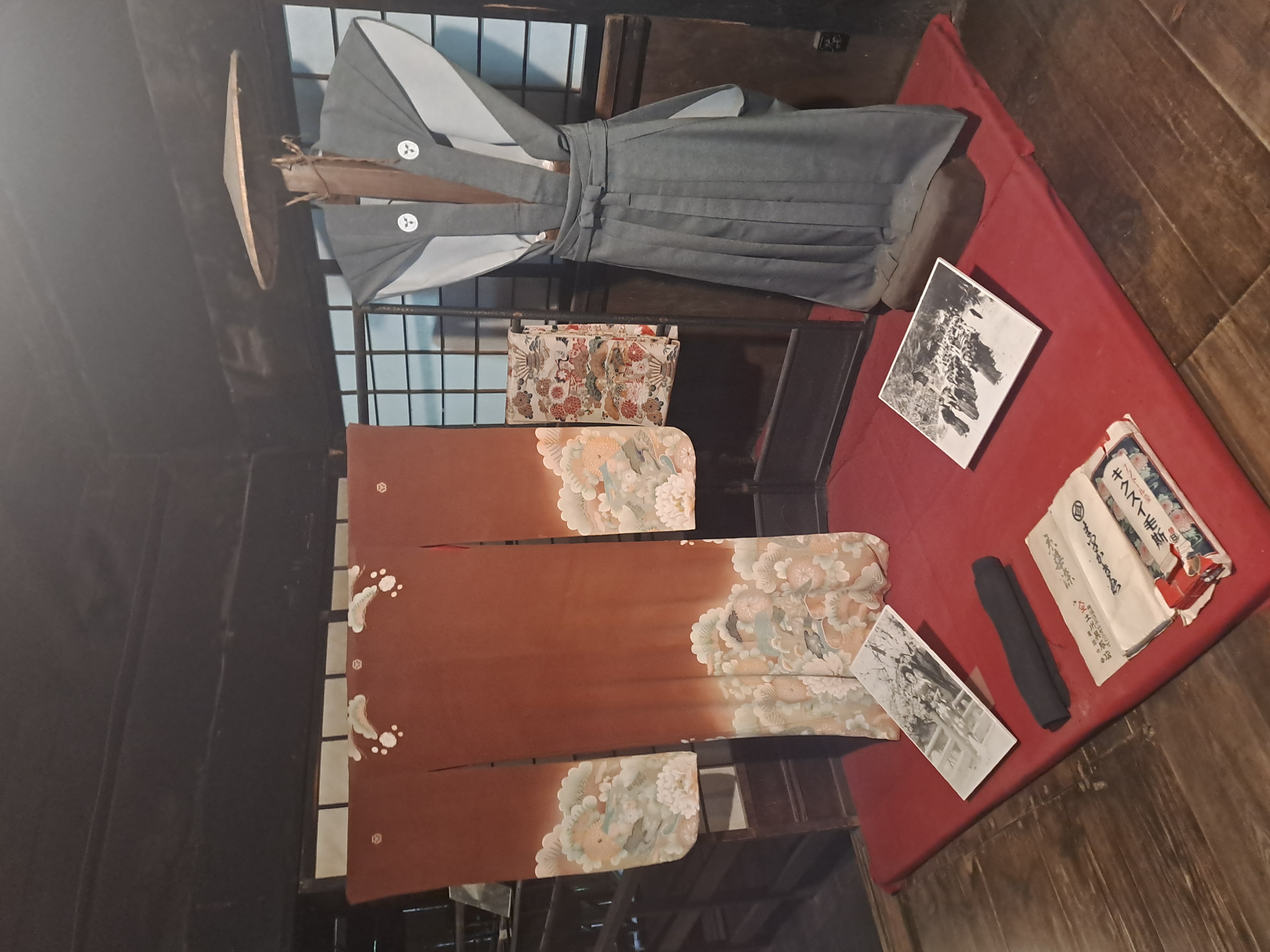


The houses all had smoldering fires in to help preserve them. Some had bamboo thatch, which lasts about 80 years. The very rare wheel shaped rice field is historic, it is a sacred site for growing offerings for the jingu shrine. There was also a shiitake mushroom growing area.
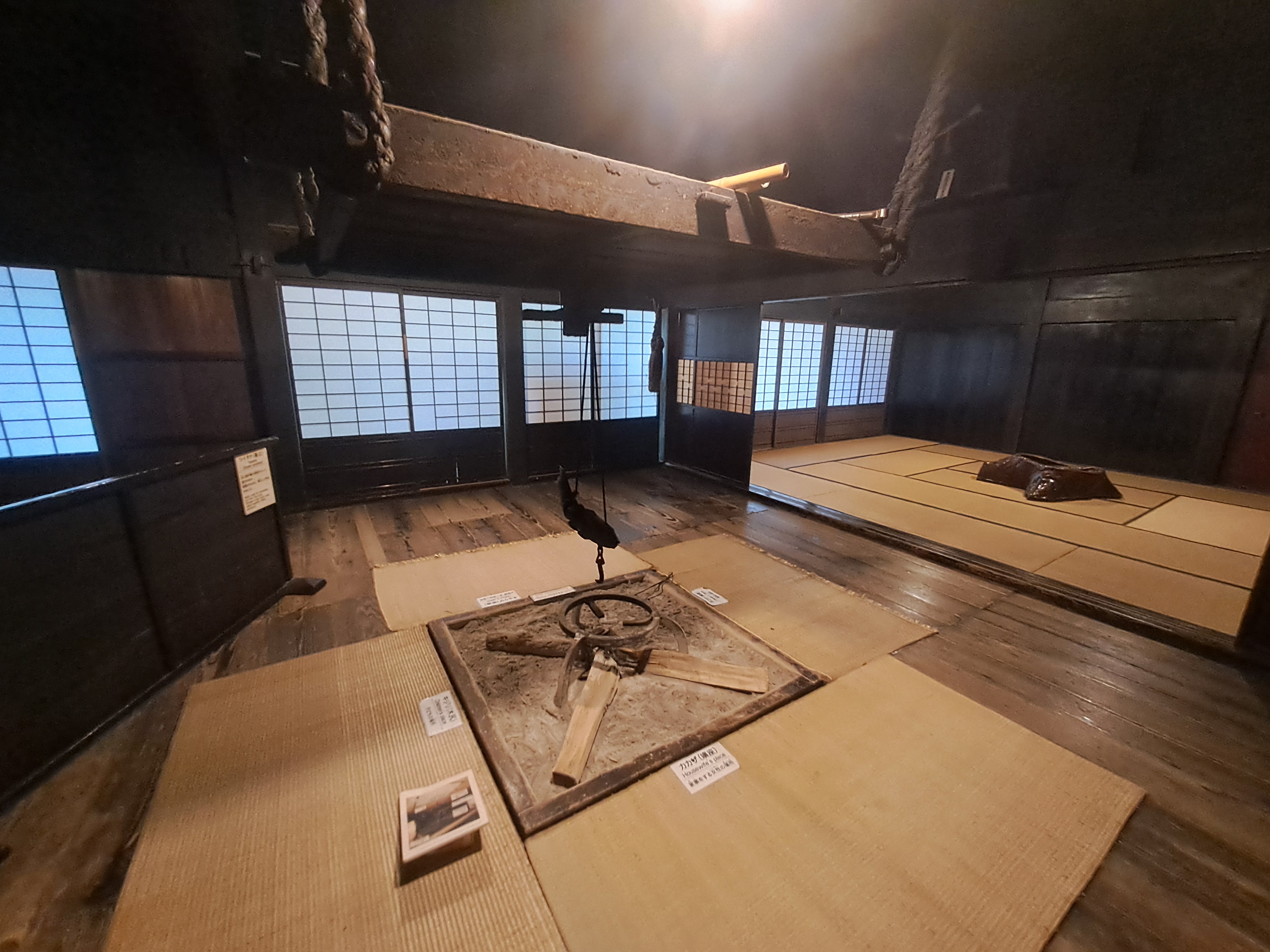
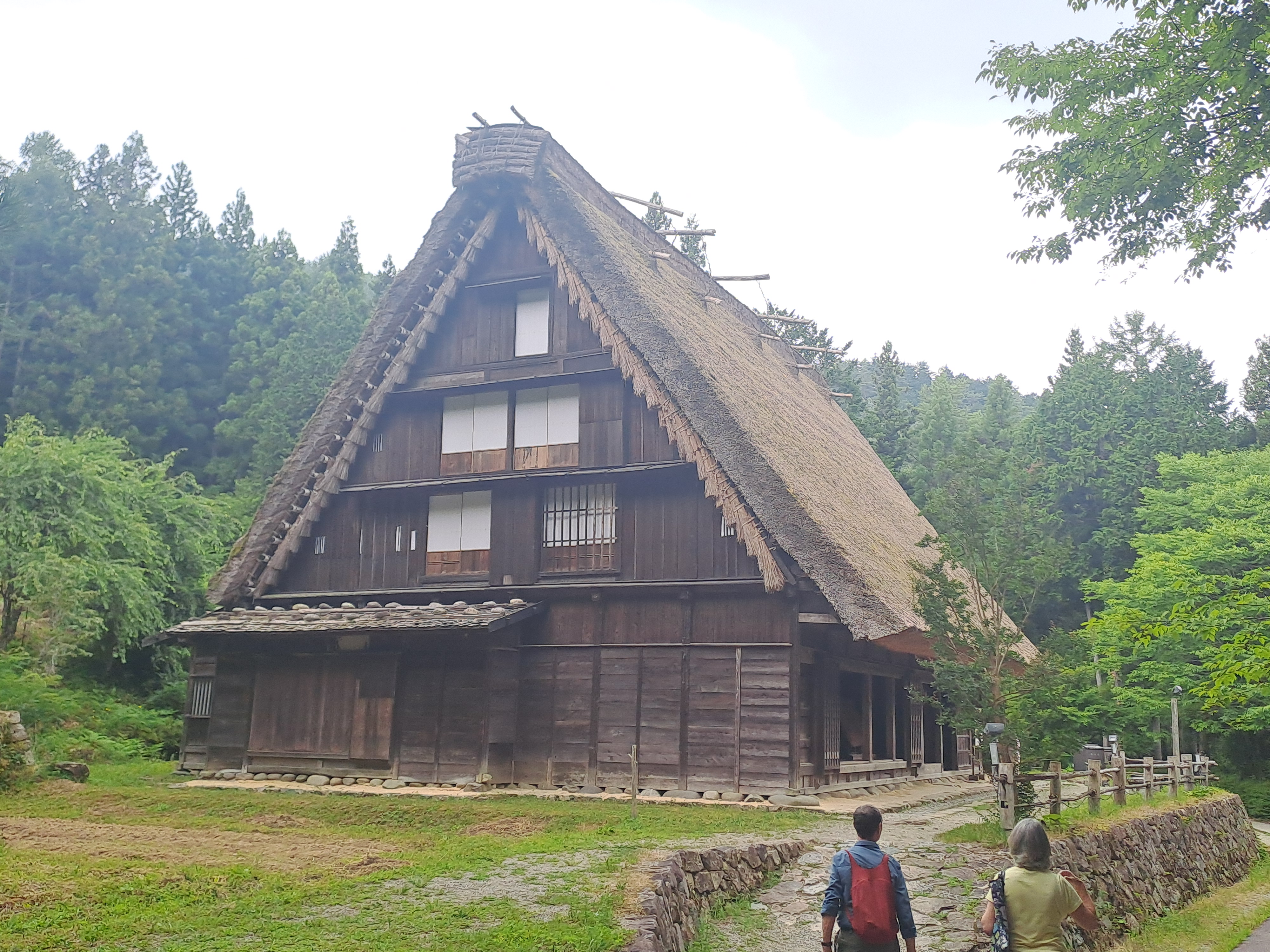
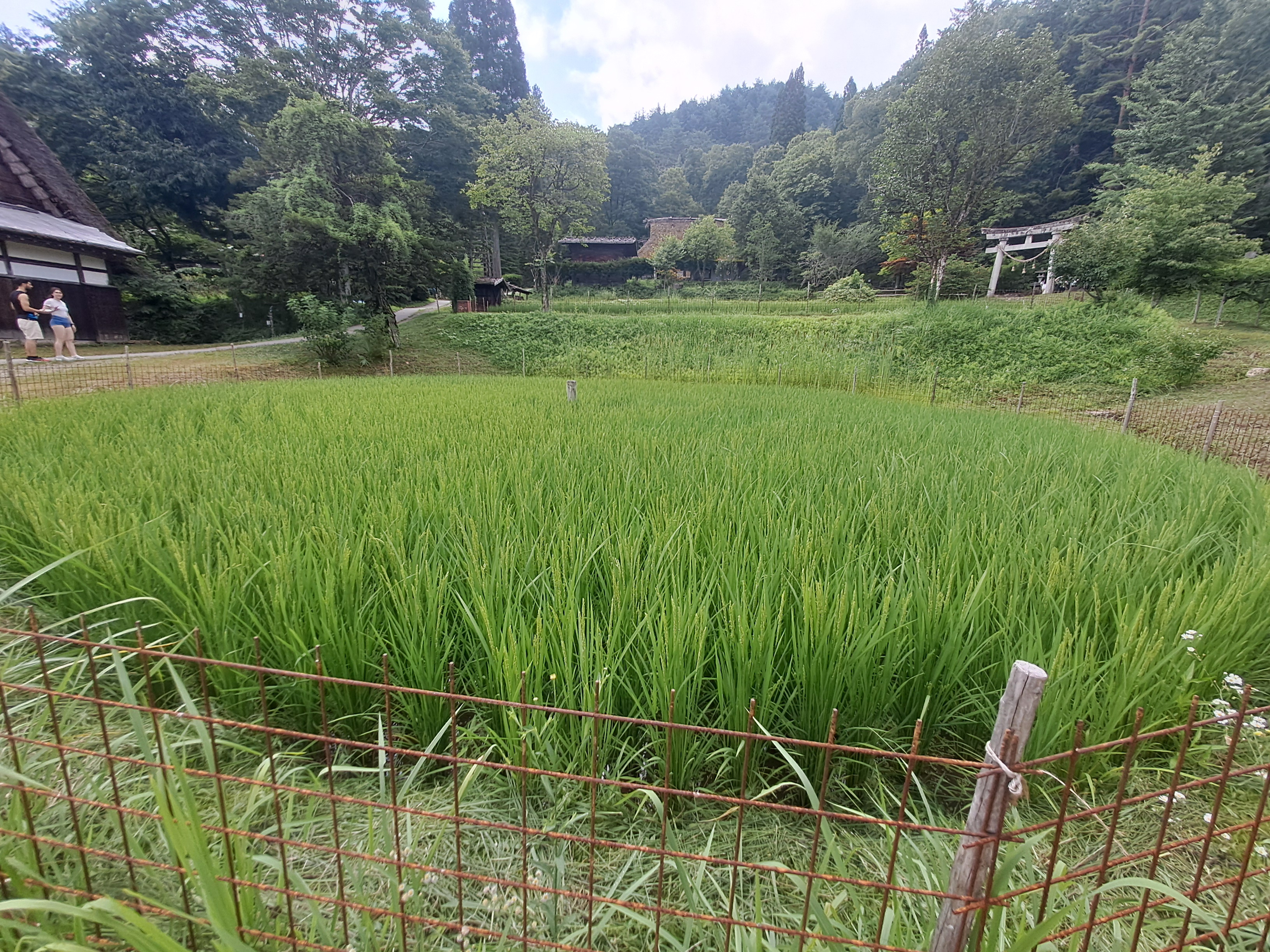

On the way back I went to the Eco teddy bear museum and spent a happy half hour gazing and hundreds of bears 😊
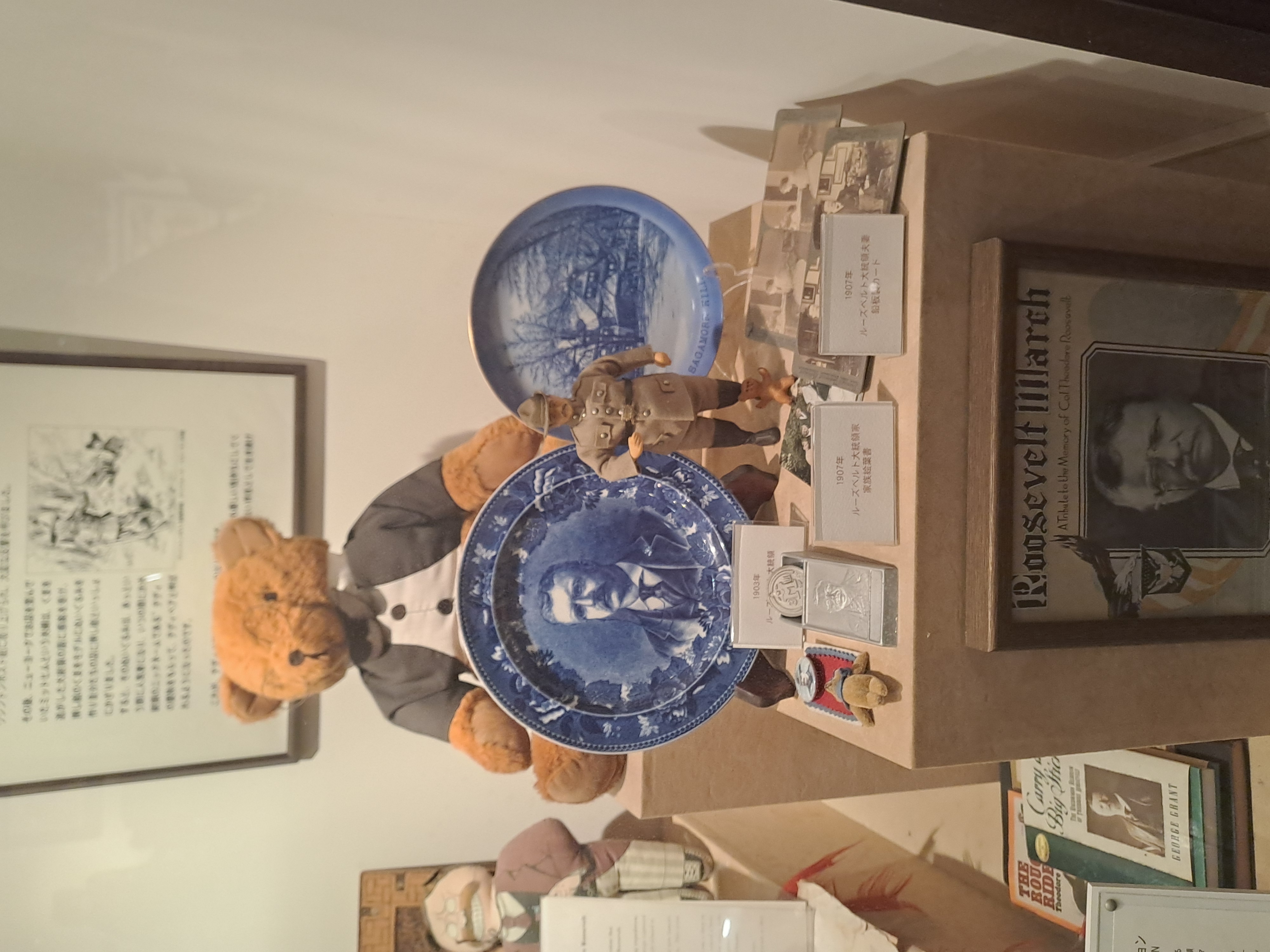
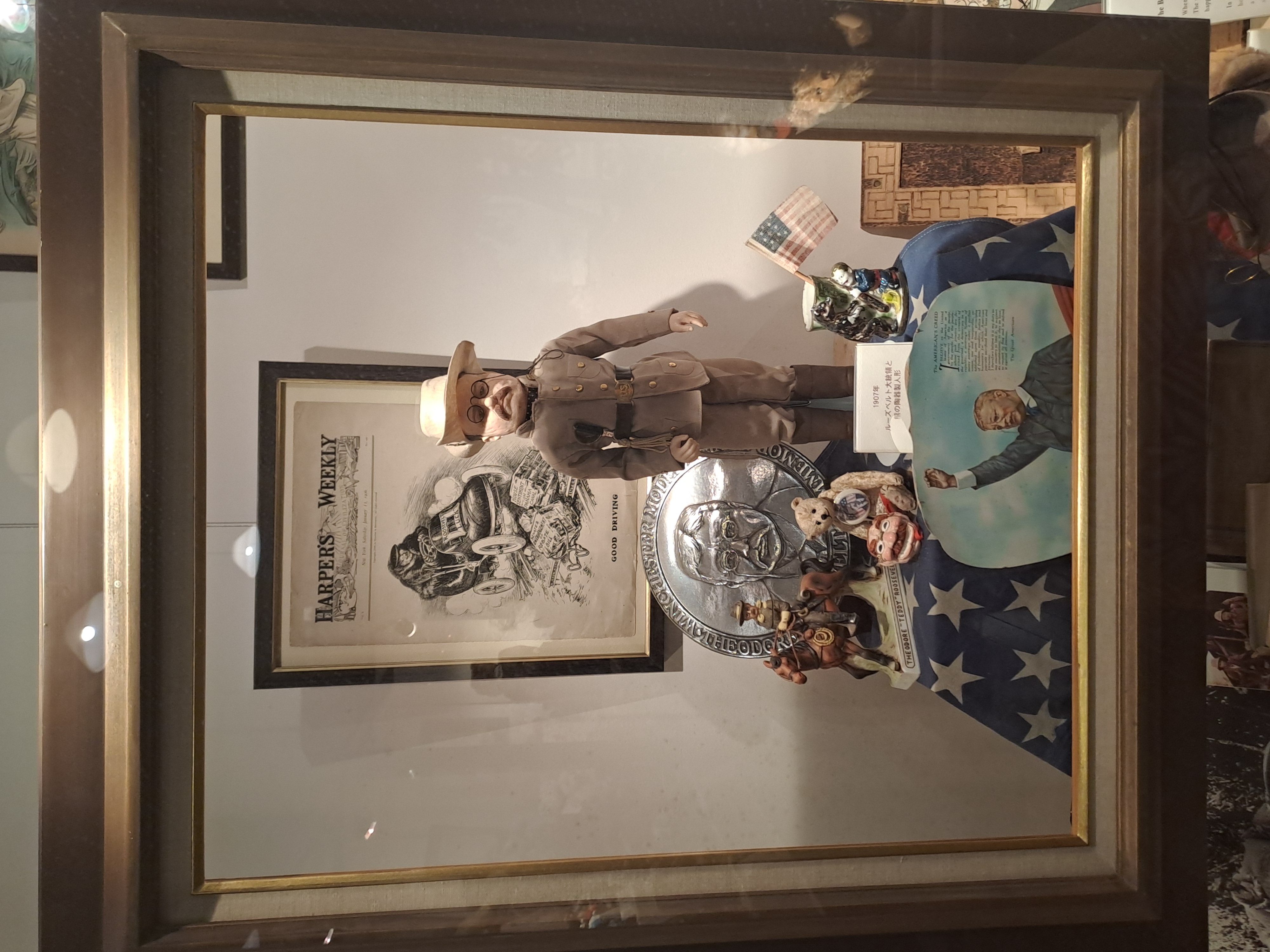


Next was Matsumoto where we went to see the Palace. This went up 5 floors with the final one the refugee in case of attack. The steps up were incredibly steep, they must have been very difficult for everyday living there unless they all lived on the lower floors which are much larger.
There was a museum on the lower floors which showed armour and weapons and also the roof finals which were fish changing into tigers.
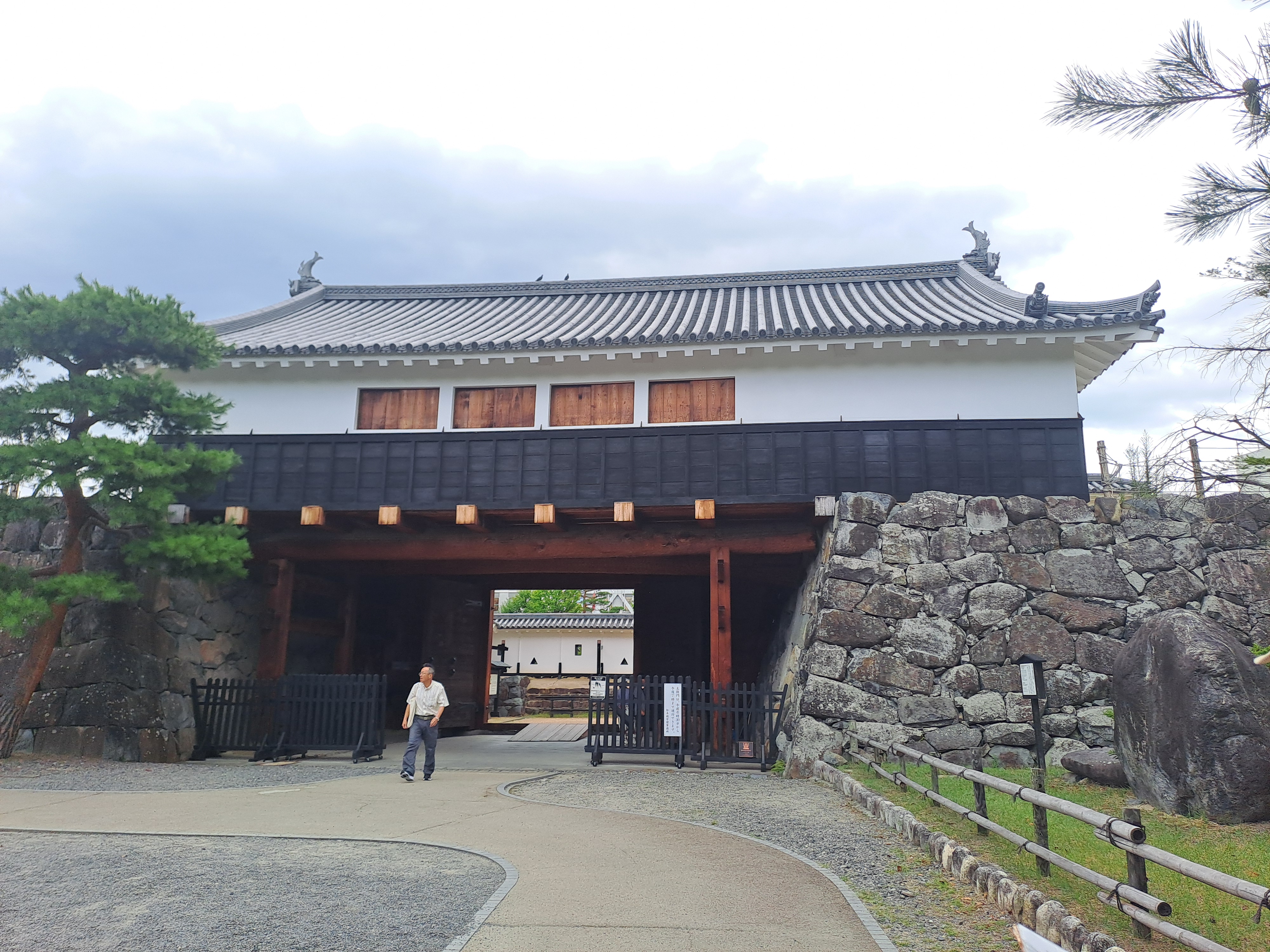
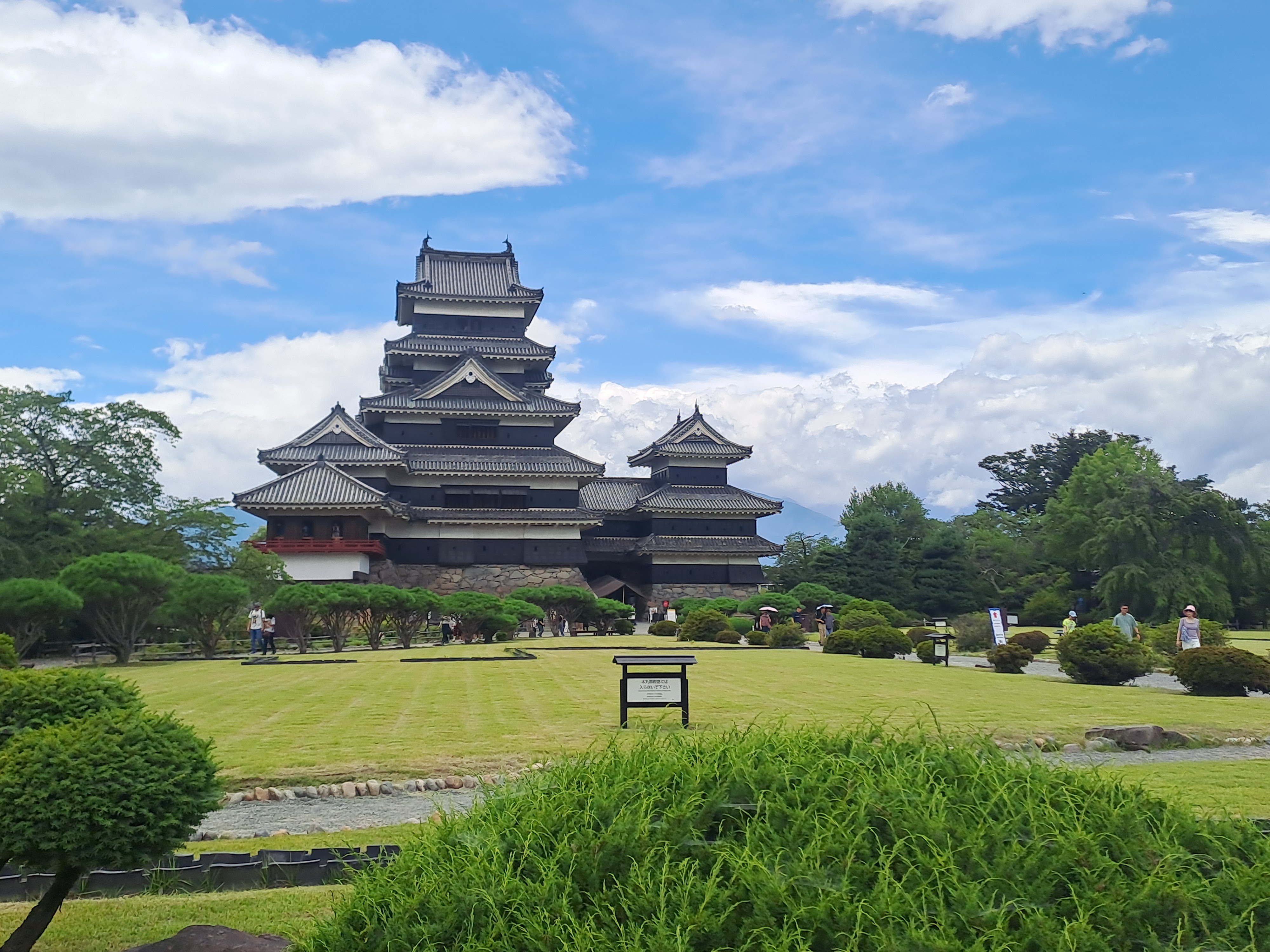


Outside we got a chance to pose with a guard.


And my one and only sushi meal of the trip, rather more wasabi than I’m used to!
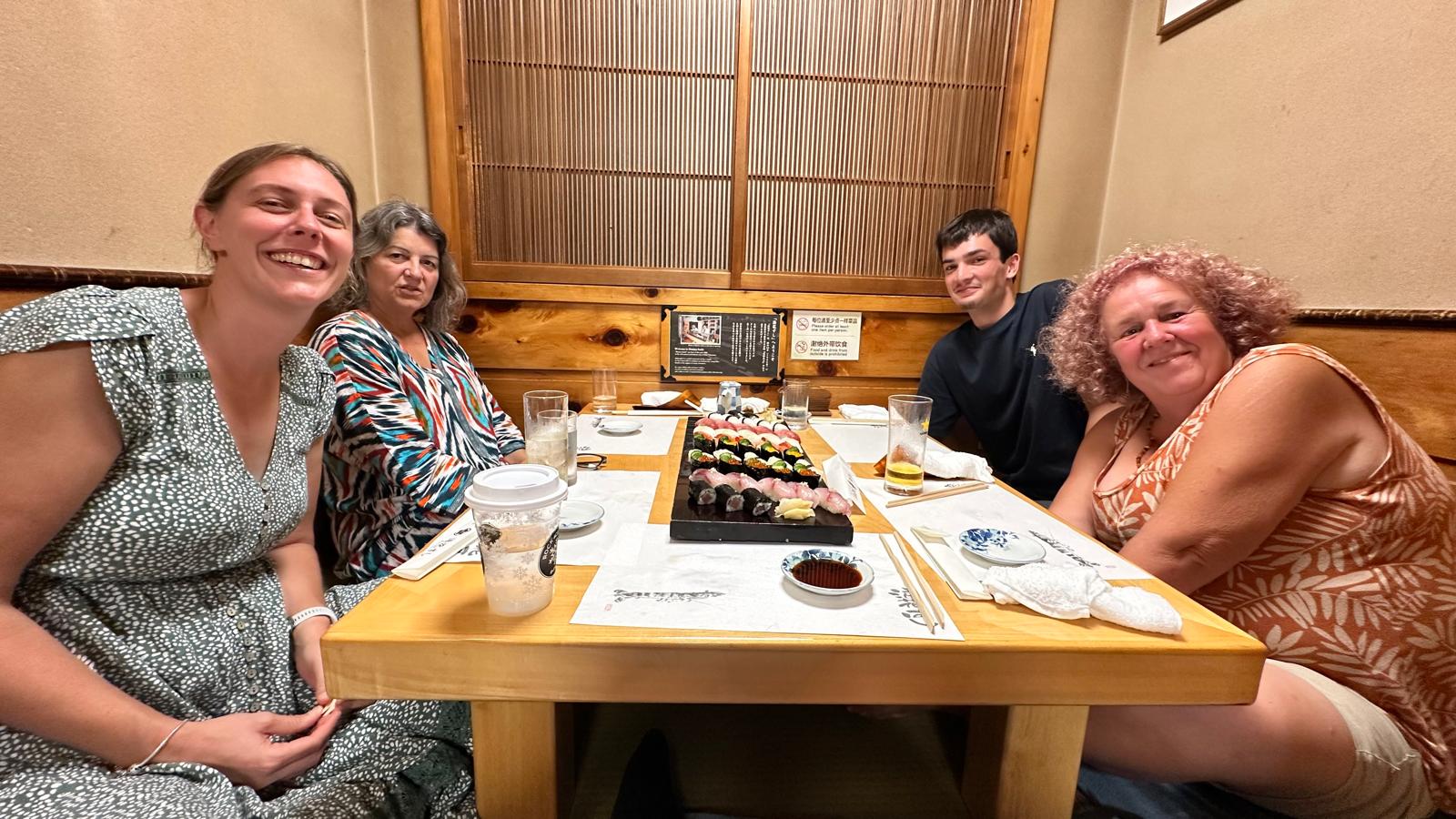
We had a real fun stop at Yudanaka. First we went to see the Snow Monkeys. They roam in the hills but are attracted to the hot springs here and supplies of food in winter. The geyser below goes continually.
There was a limited area we had access to and wardens were on hand to ensure visitors kept to the rules. We could have stayed for ever taking pictures but eventually we had to leave. We had been lucky, a rainy morning put visitors off so it was quite quiet for us.


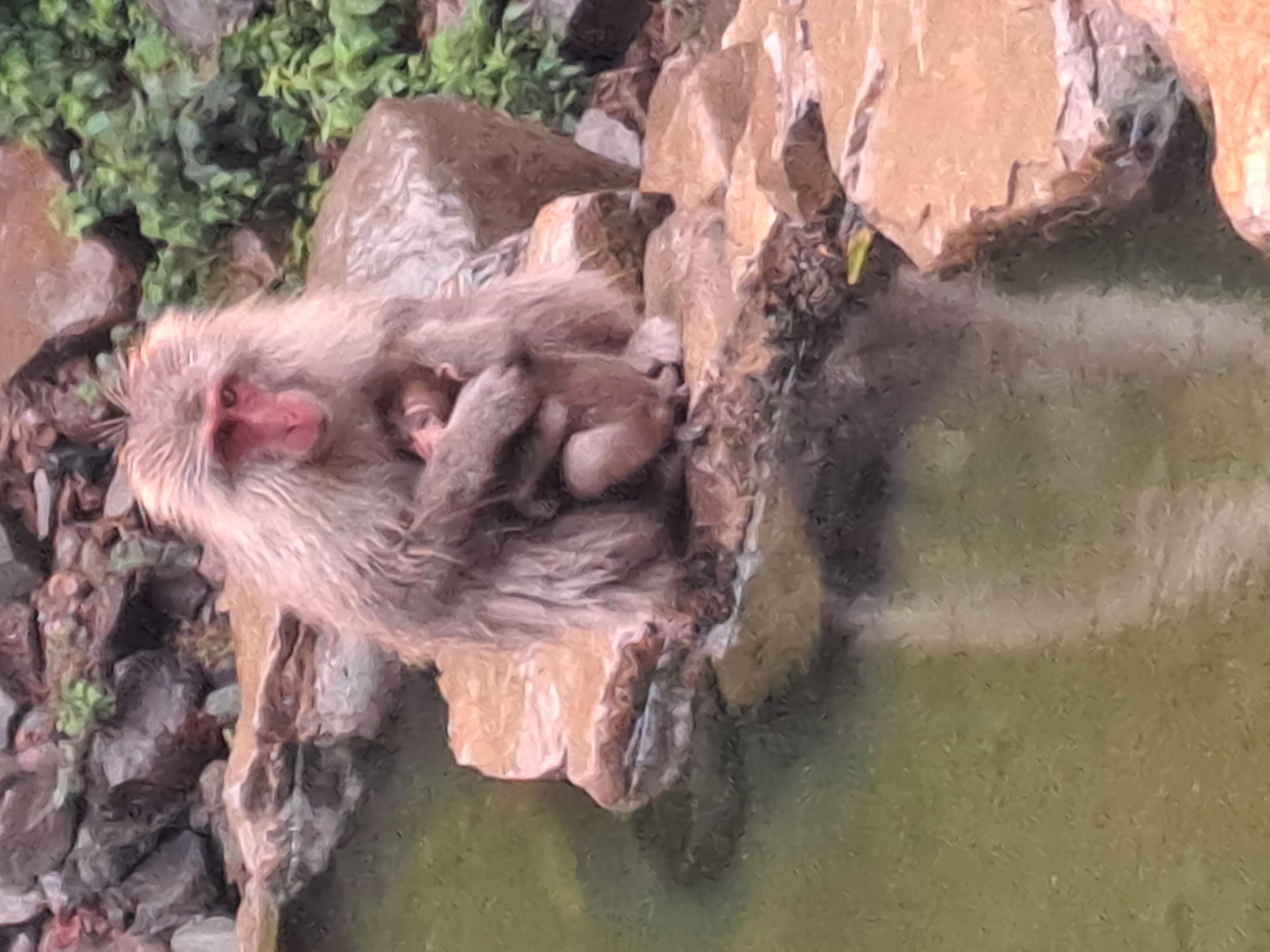
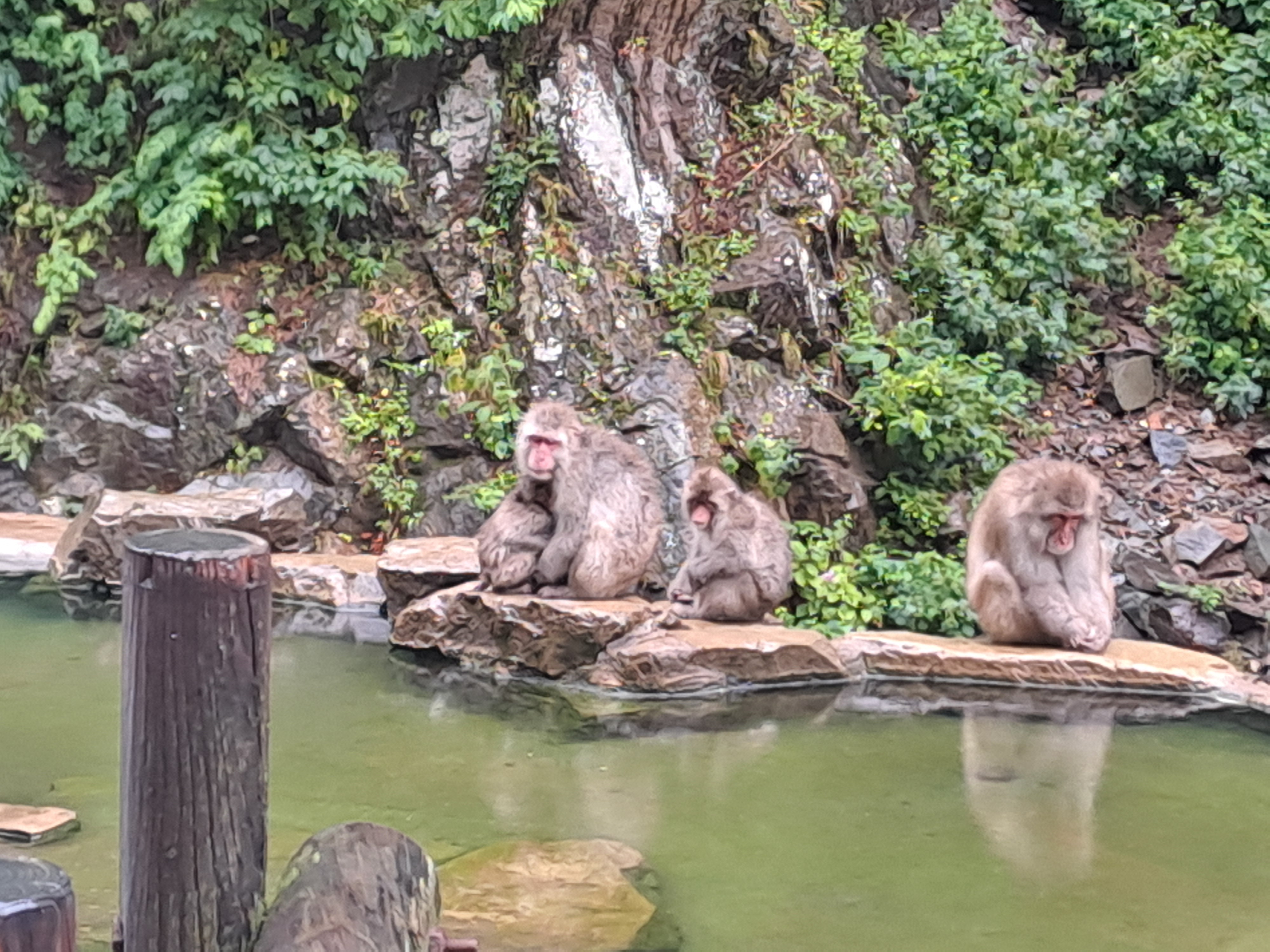

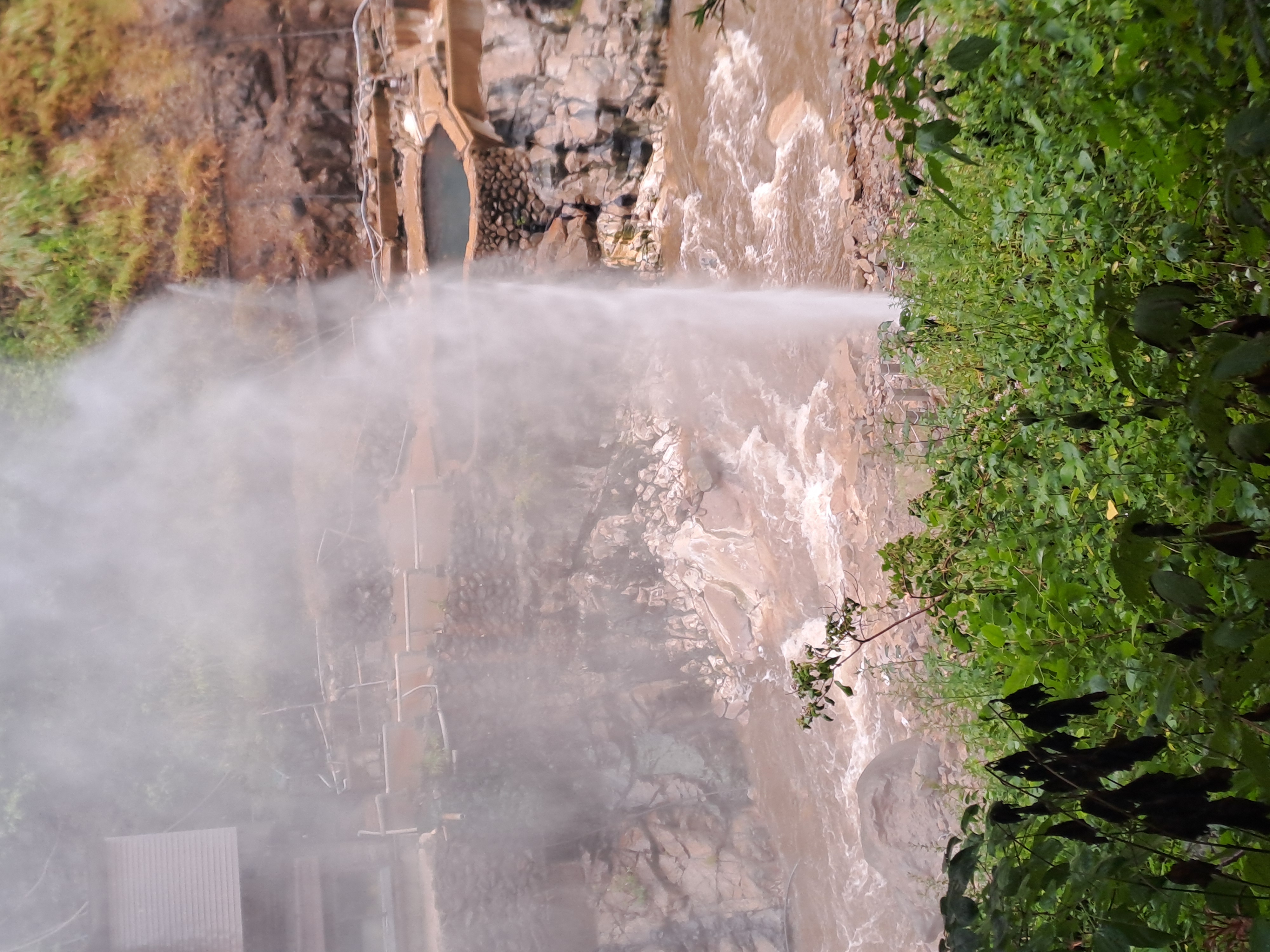


The walk down the hill had water running out into the gutters- hot water! This is how the town has numerous onsen, ( hot water baths separated into male and female for naked baths) both public and private
We had very traditional Japanese accommodation here and were issued kimonos on arrival. We all booked out onsen times and prepared for our traditional Japanese meal
The meal was beautifully set out with a mini cooker each and a tray of small dishes with a variety of foods. We felt very honoured to have this treatment.

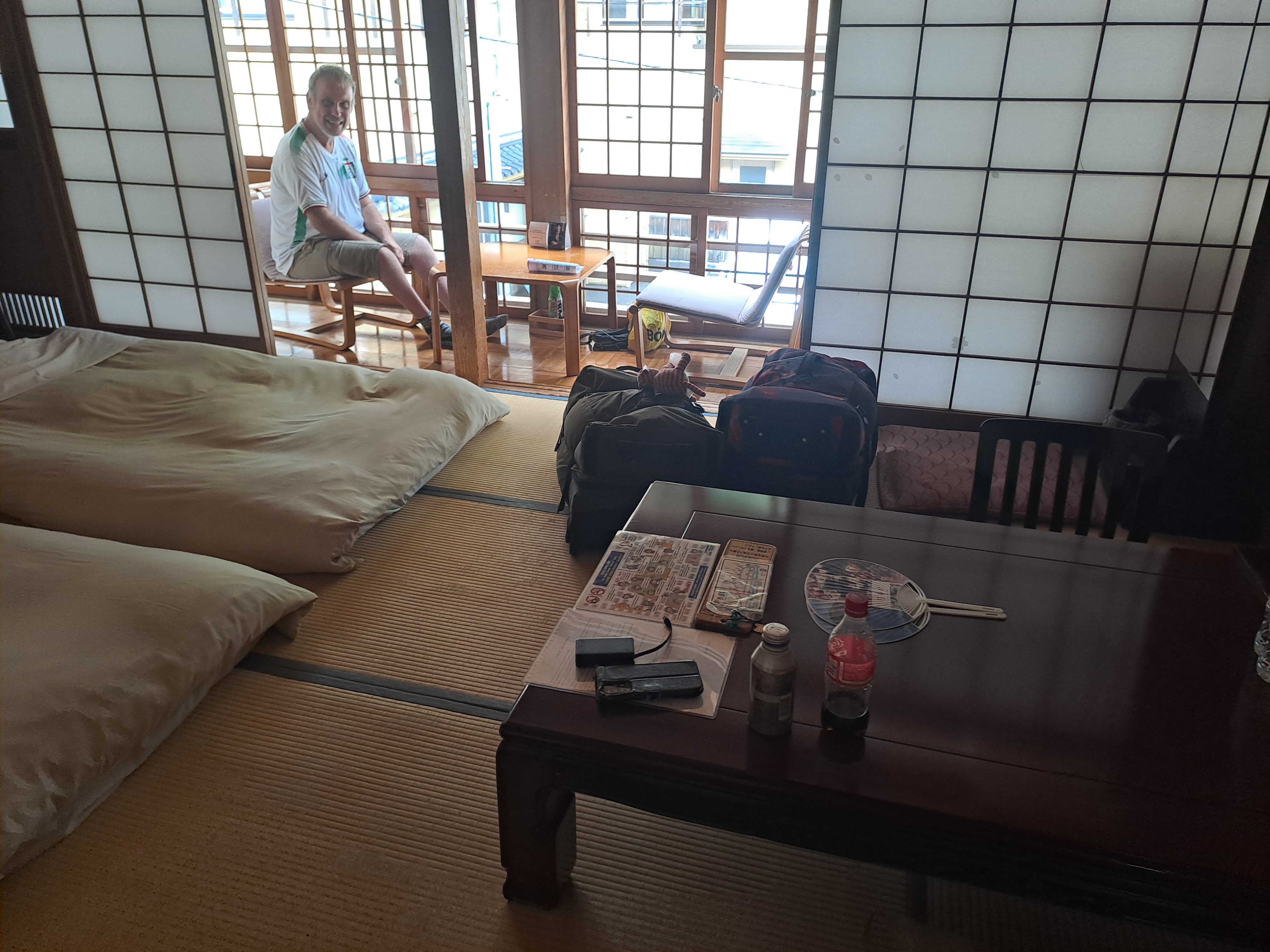
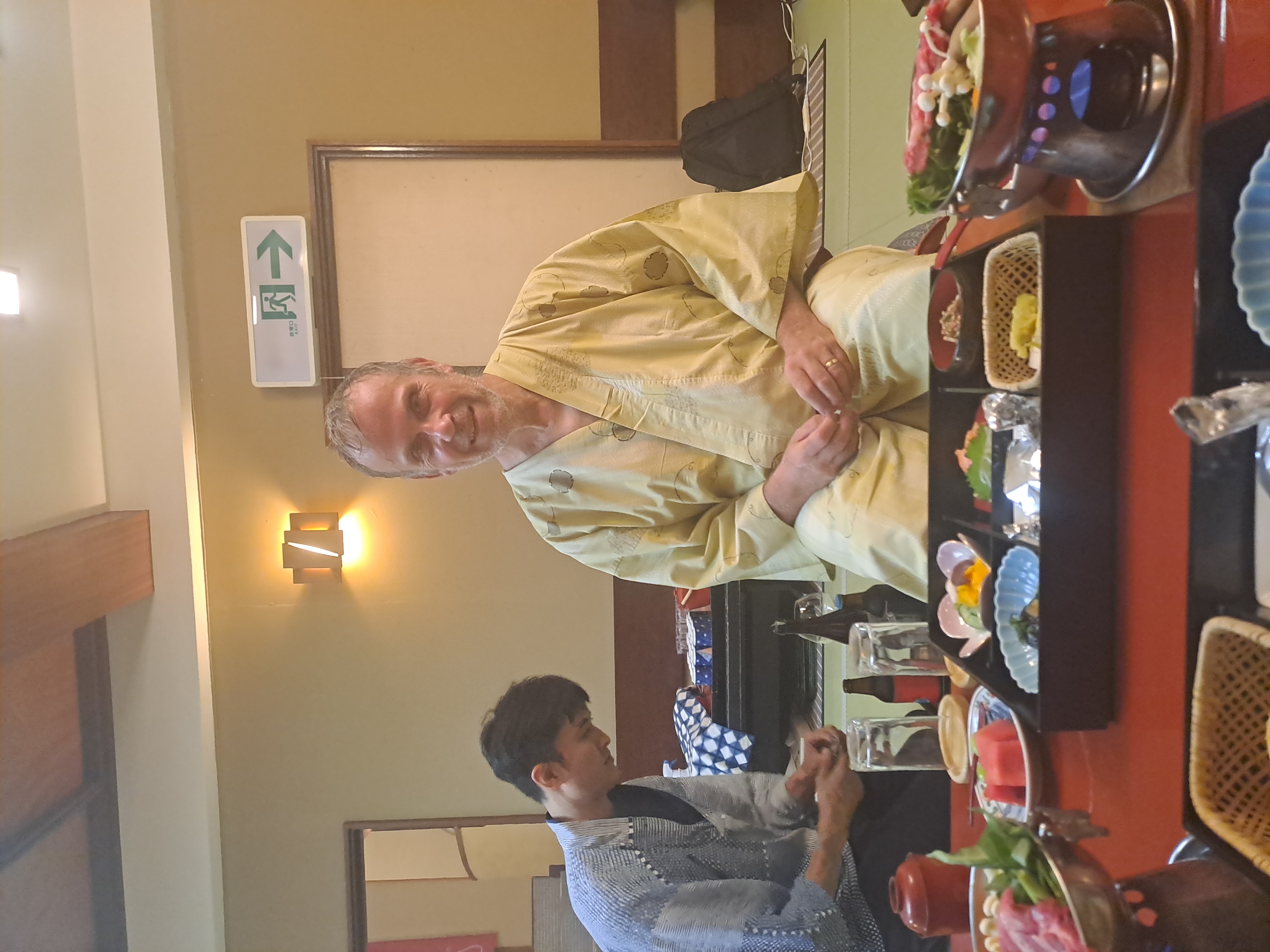
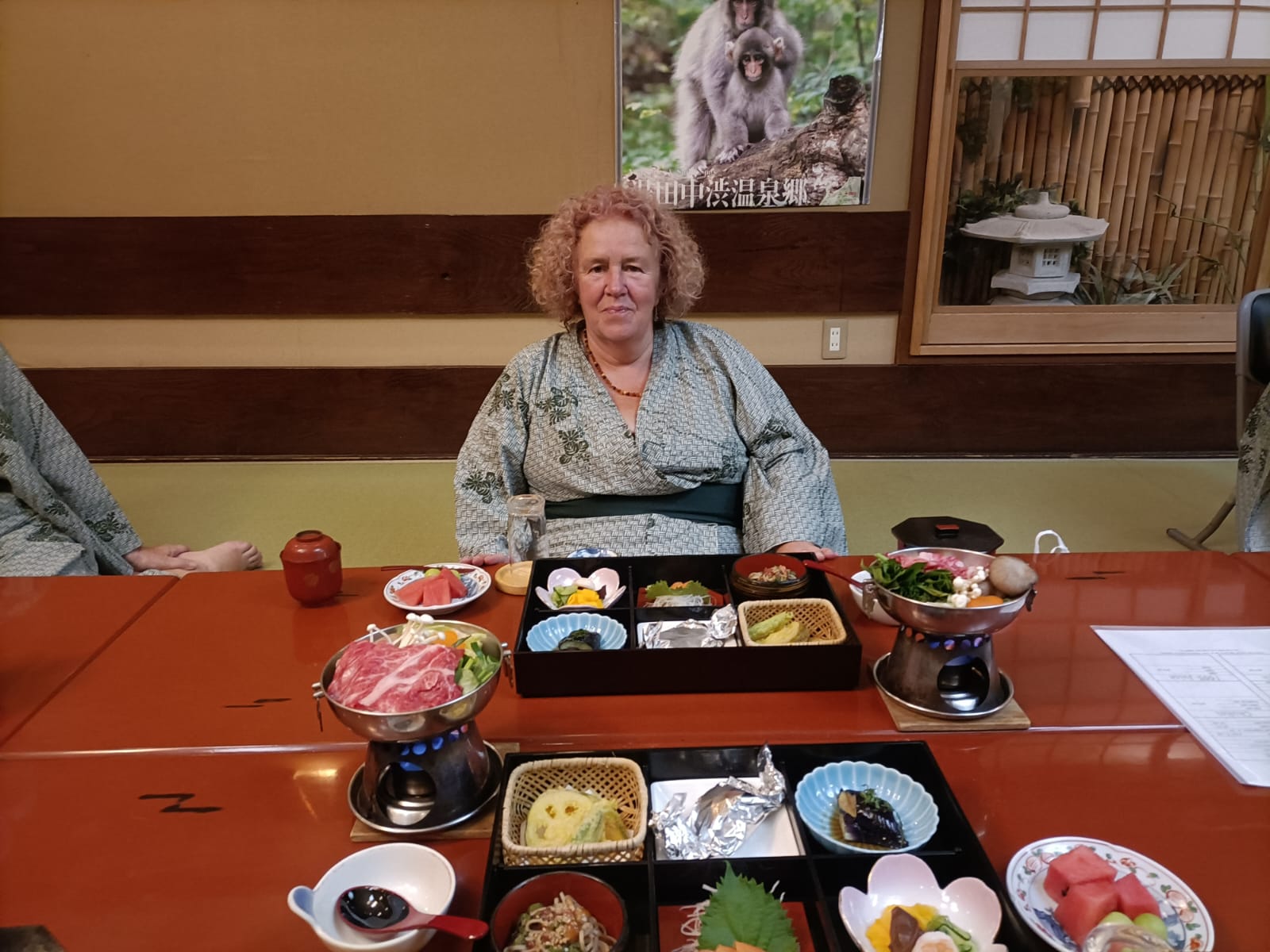

So, then on to Tokyo our last stop. Here we decided to end as we started in Istanbul with a river dinner cruise. We were on a traditional boat like the ones below. We were just in time for some lovely sunset views.
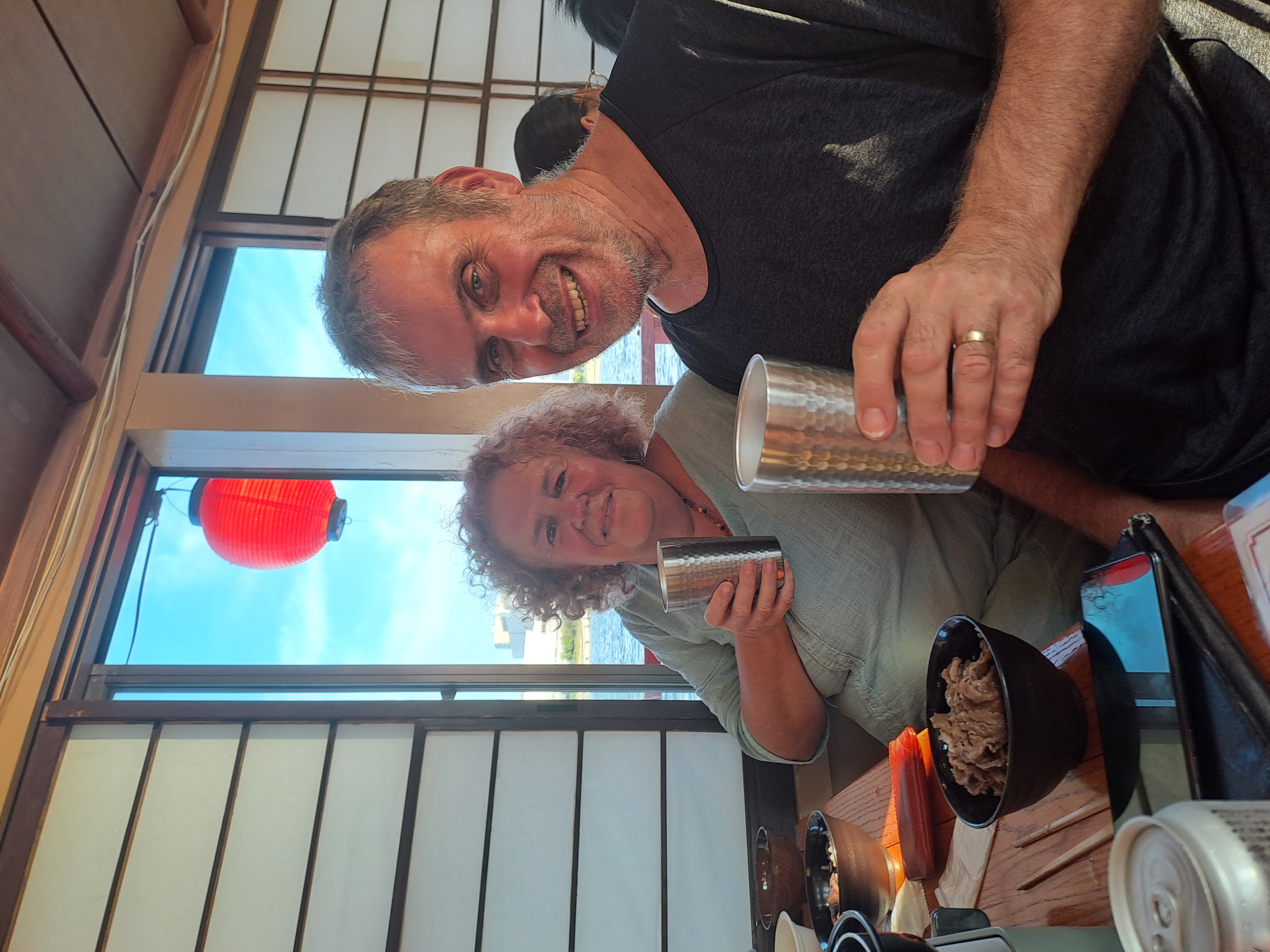
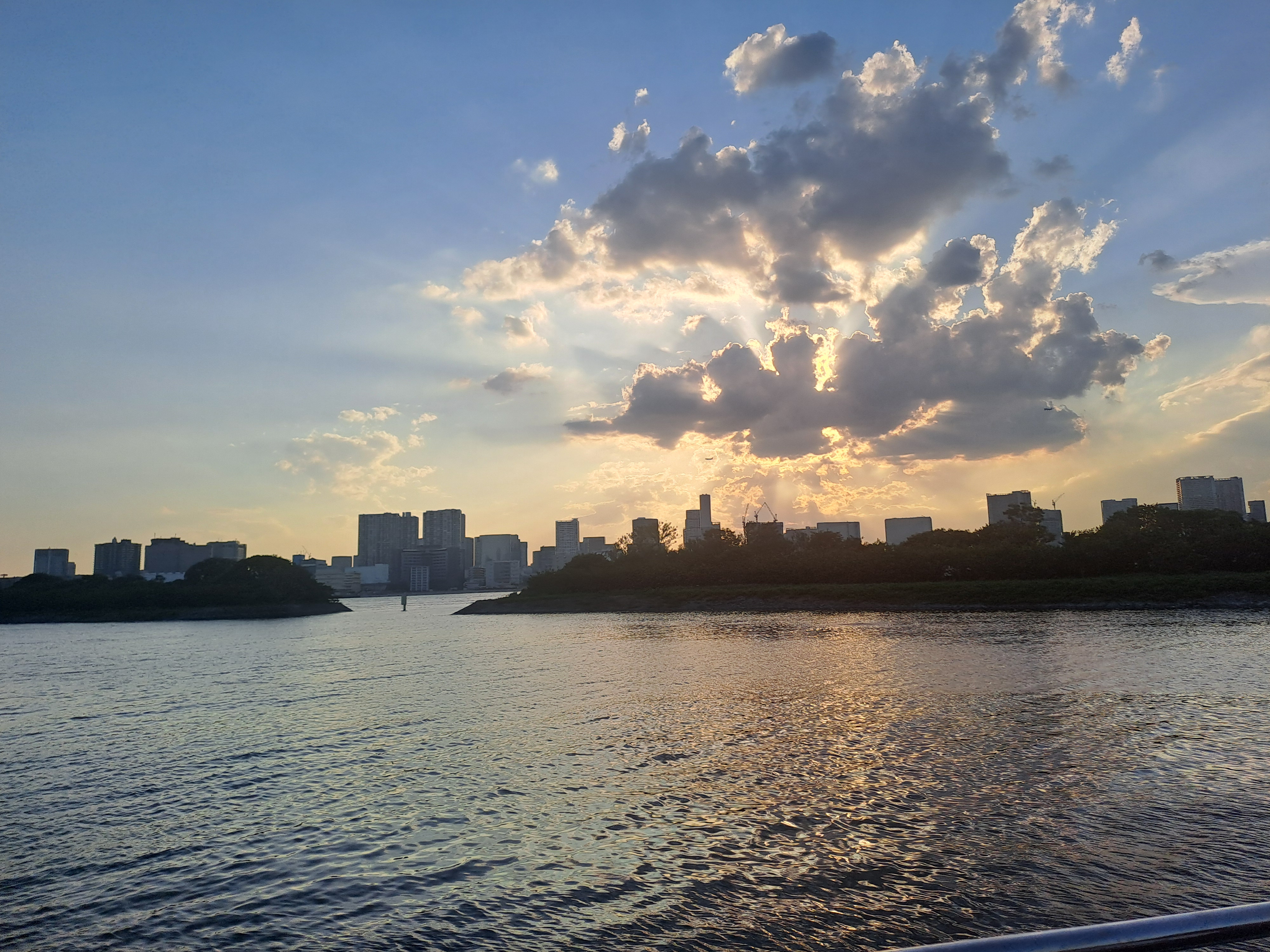


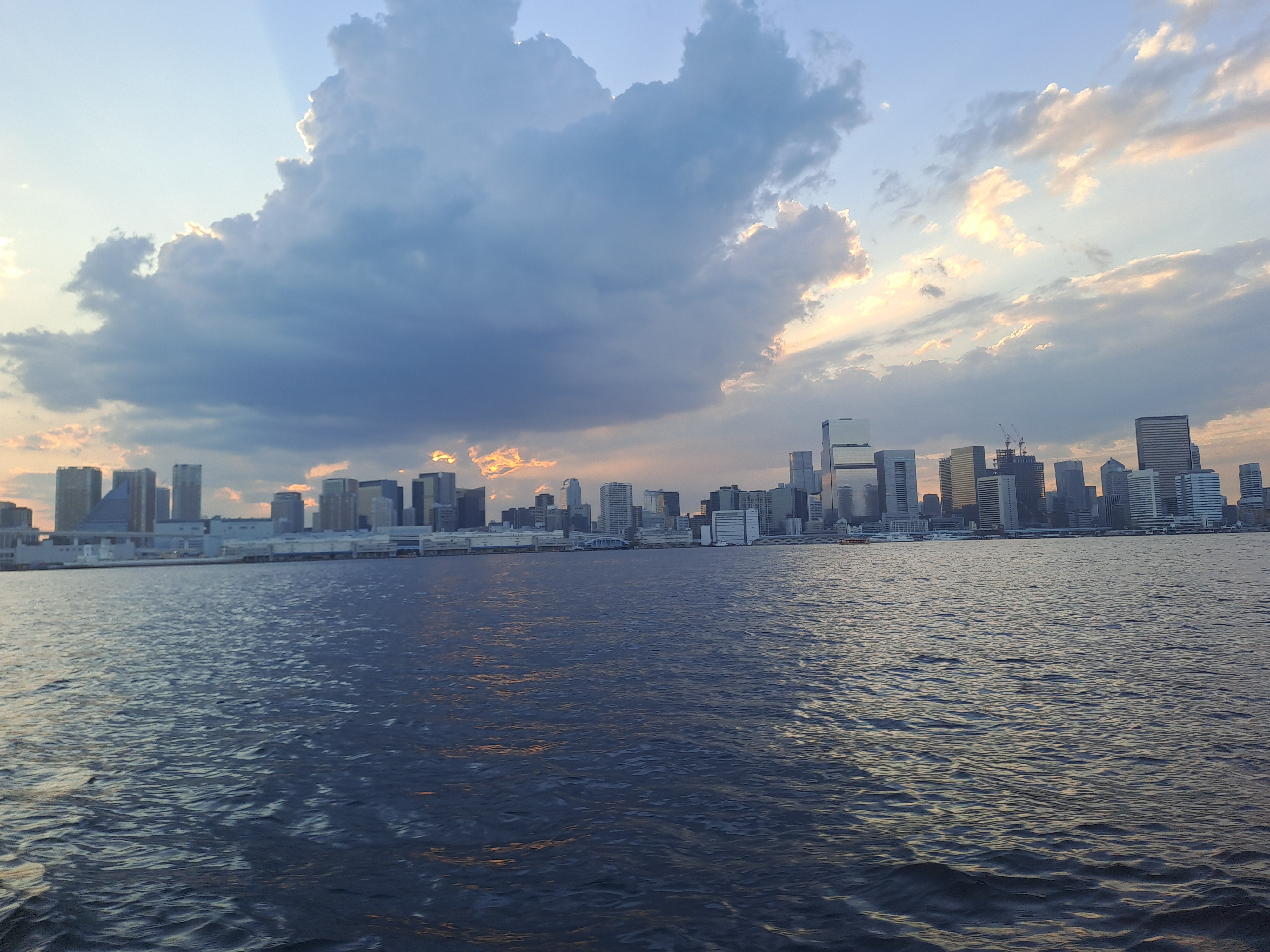

Of course the other side of Tokyo is the bright lights and Godzilla. Also the line of girls in particular lined up dressed like children holding up prices. I think these got entry to special bars rather than anything else.


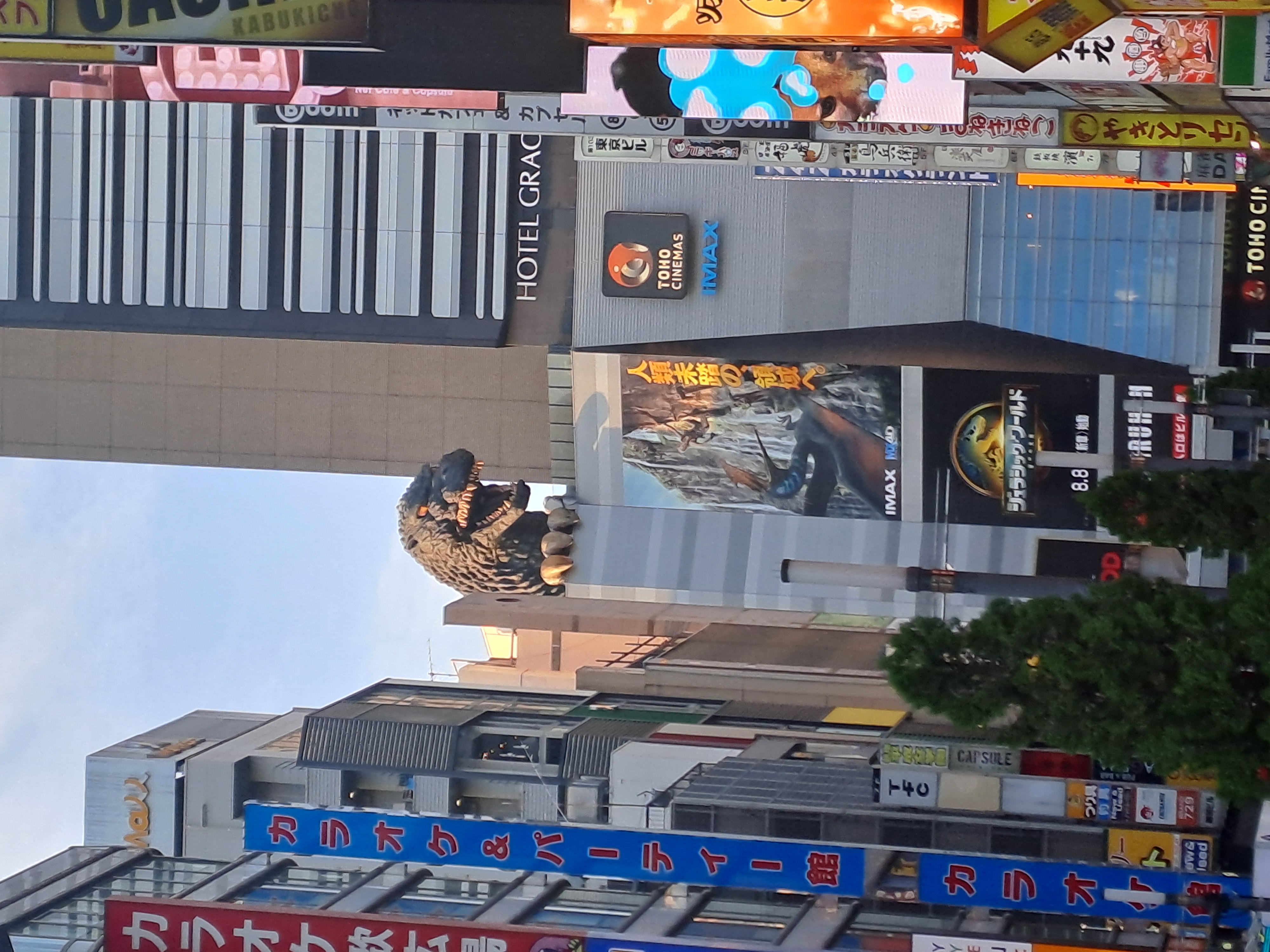


We went out to see Mount Fiji for the day, although see is probably an ambitious term as the clouds were too low for us to see much.
In the museum we learnt about how it was formed from four volcanos on top of each other. Also that because it is considered sacred thousands of people climb it every year wearing white clothes. We could see a virtual speeded up climb in the museum with 5 stages along the way. For safety reasons there is a set climbing season.




We climbed up to a temple which would have had a good view had the clouds been higher, and had a look around the gardens




We couldn’t help but notice a lady walking some dogs in a pram. She then proceeded to get a stand out and pose her dogs on it for photos. Weird, however later that evening sussing out the route to the JR station ready for leaving , I found a whole shop dedicated to such things. Clothes, prams etc. Maybe this is the new normal?
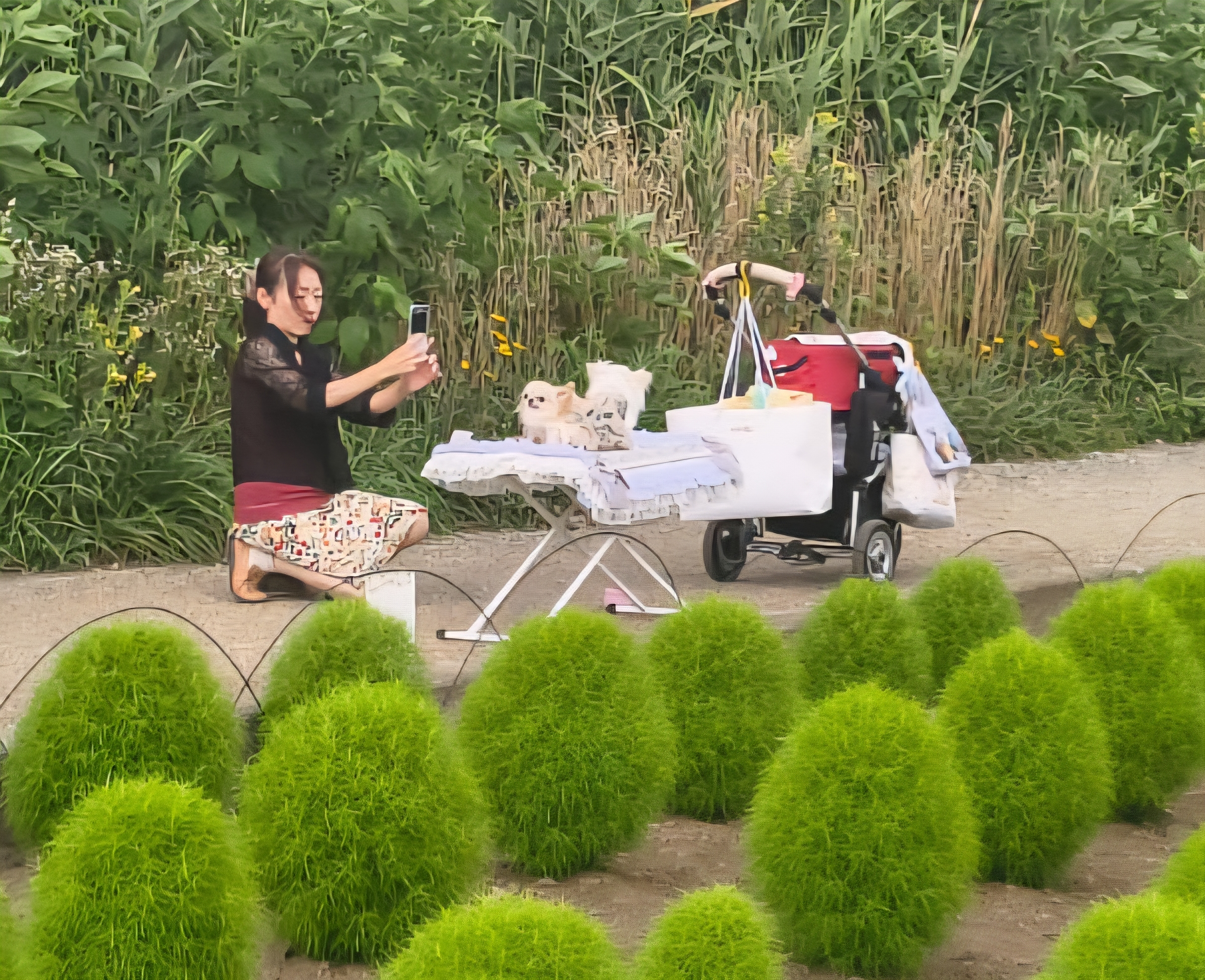
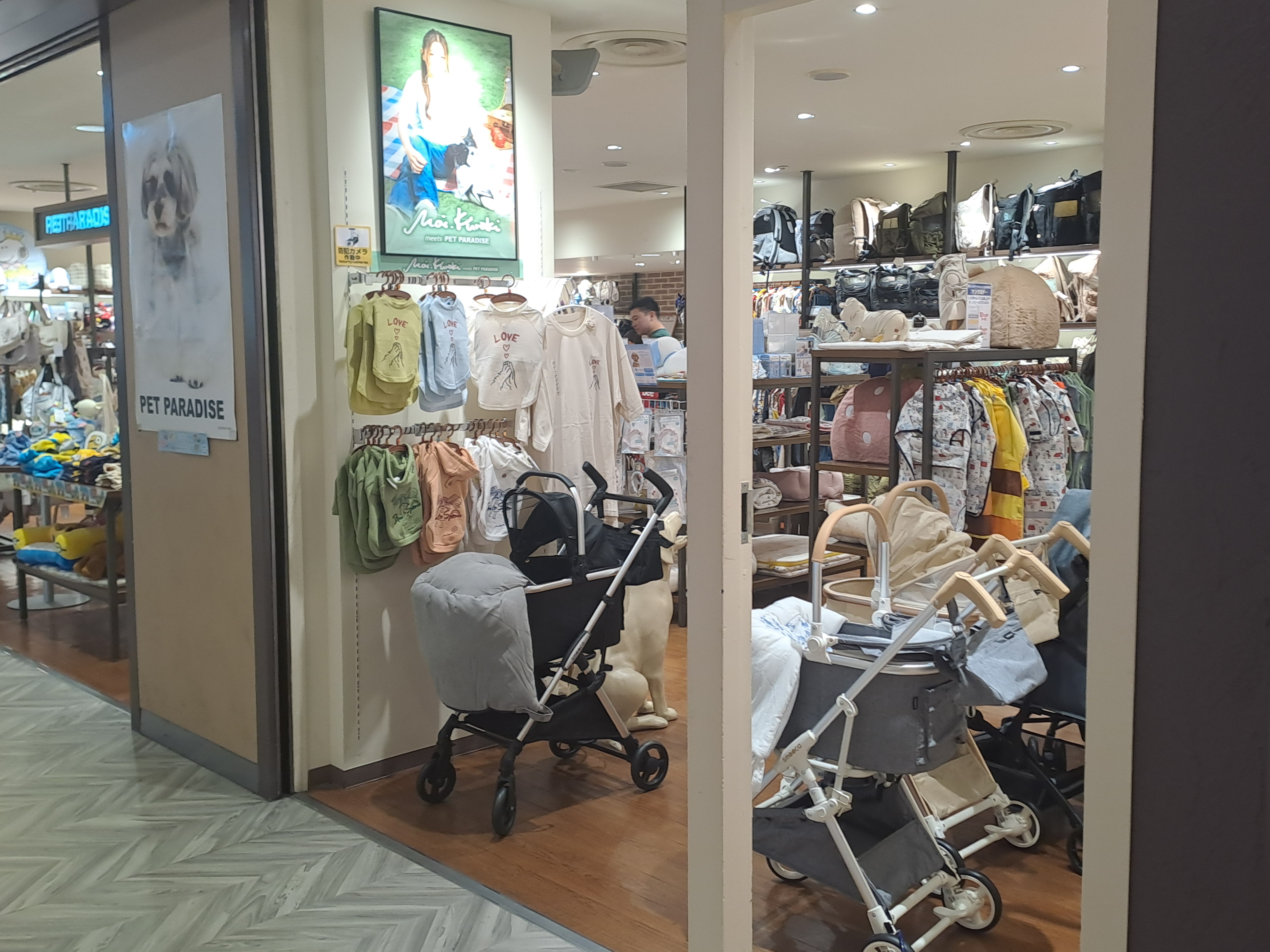
On our last day we went to our third church in Japan. Japan is only one percent Christian but easy to find bilingual churches. This one was a Hillsong church. We went to the Hilton hotel basement as the instructions and found ourselves in the subway shopping system. It was the music which finally gave the location away to us.
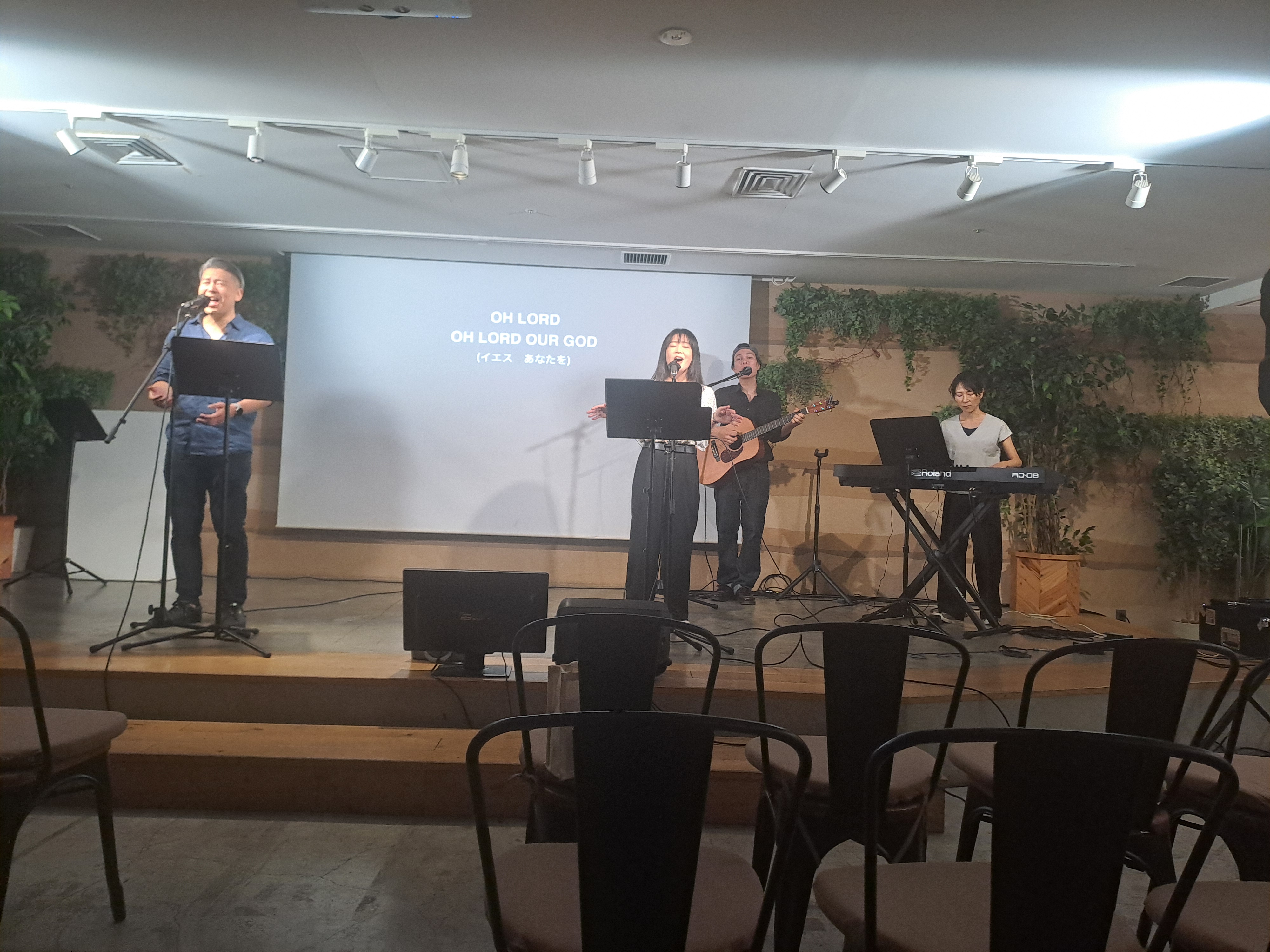
We ended with a farewell meal in a British pub.

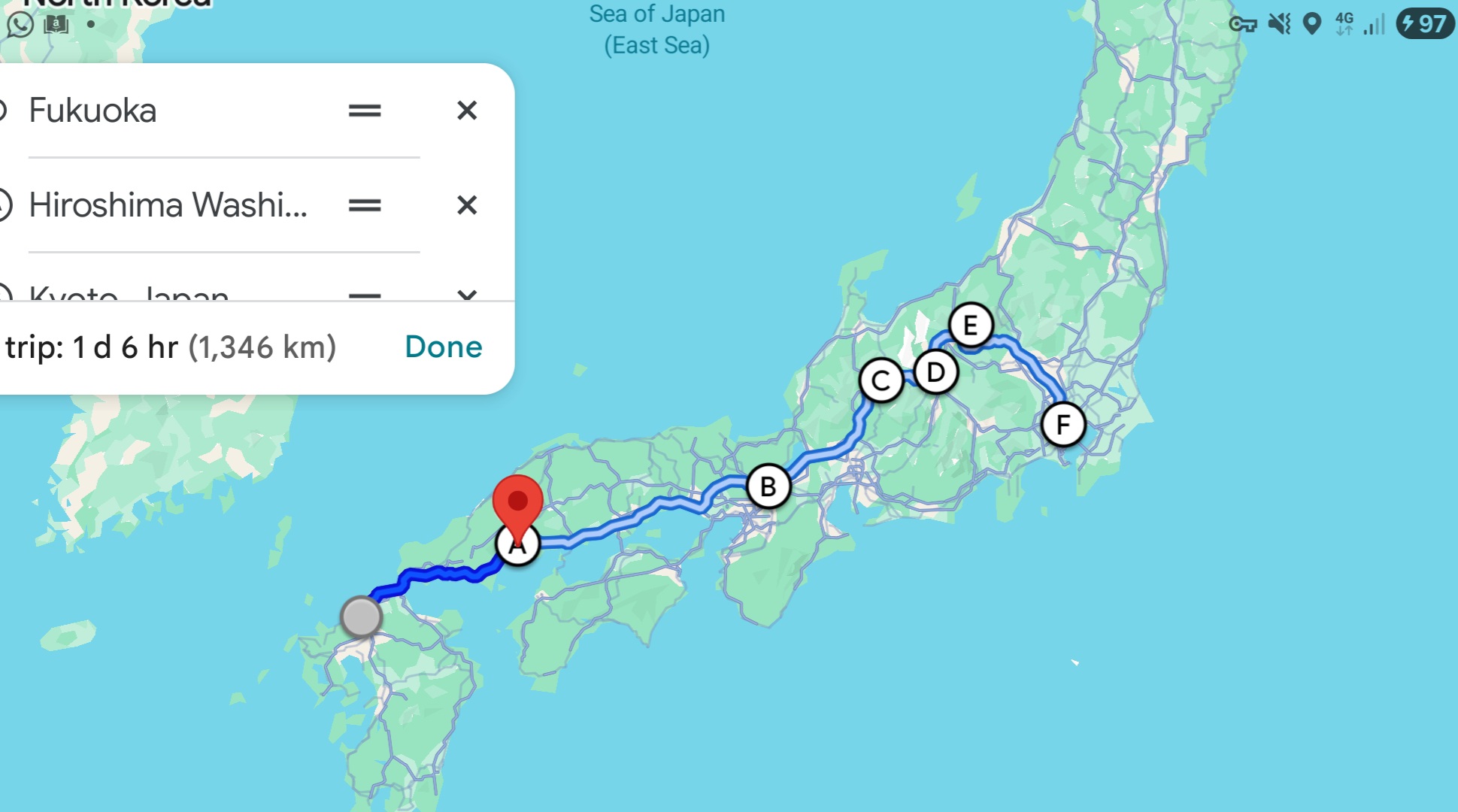
As a final footnote two of our party made a special journey to find the graves of the 47 Ronin. A story from history, about a vendetta in which a lot of warriors were killed that a few of us read on the journey. The graves appeared to be well maintained as I guess they are a tourist attraction.
